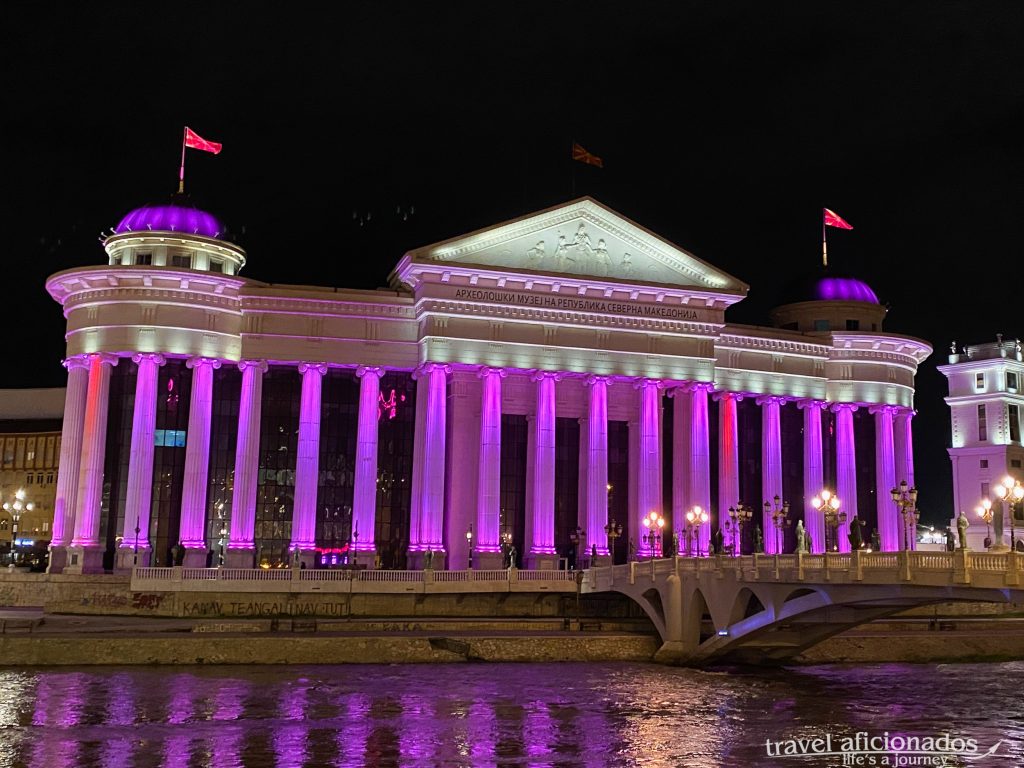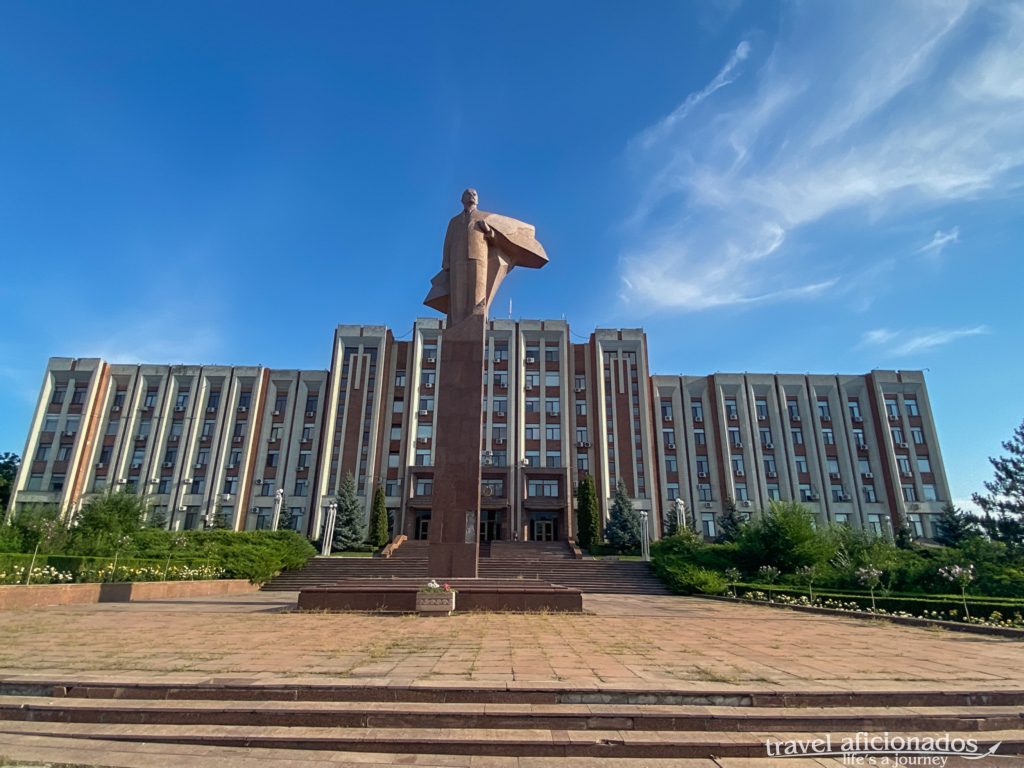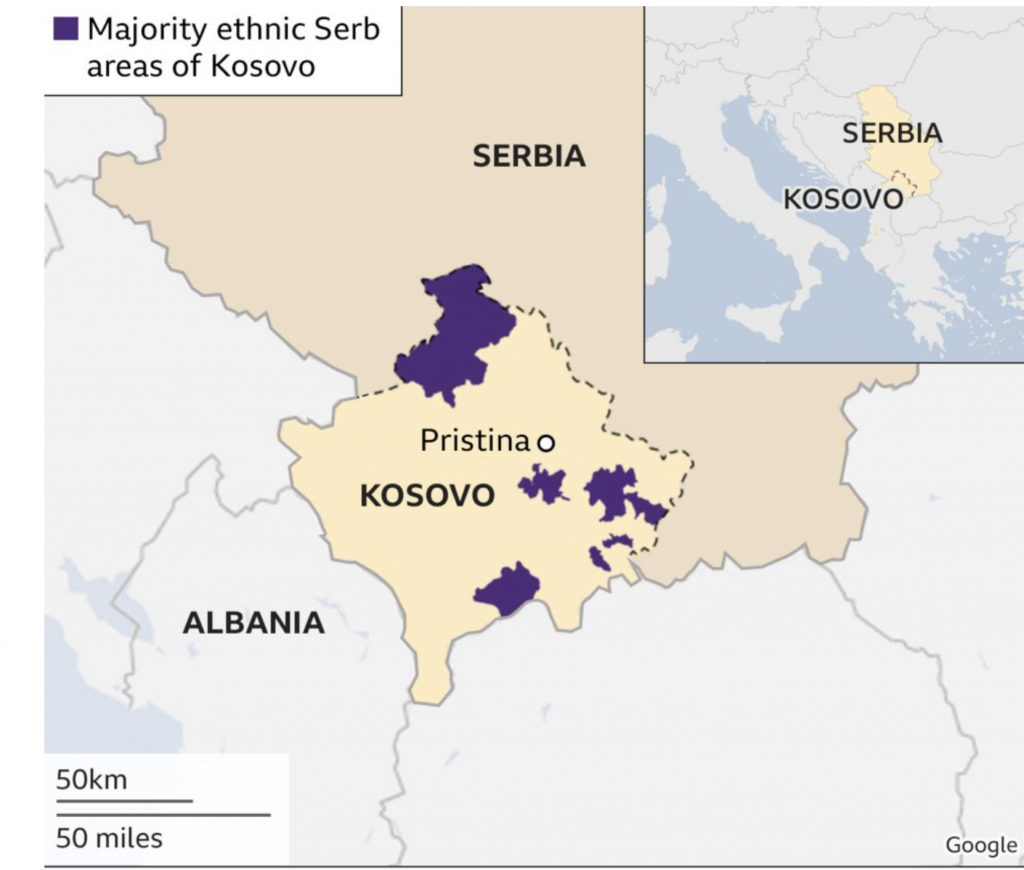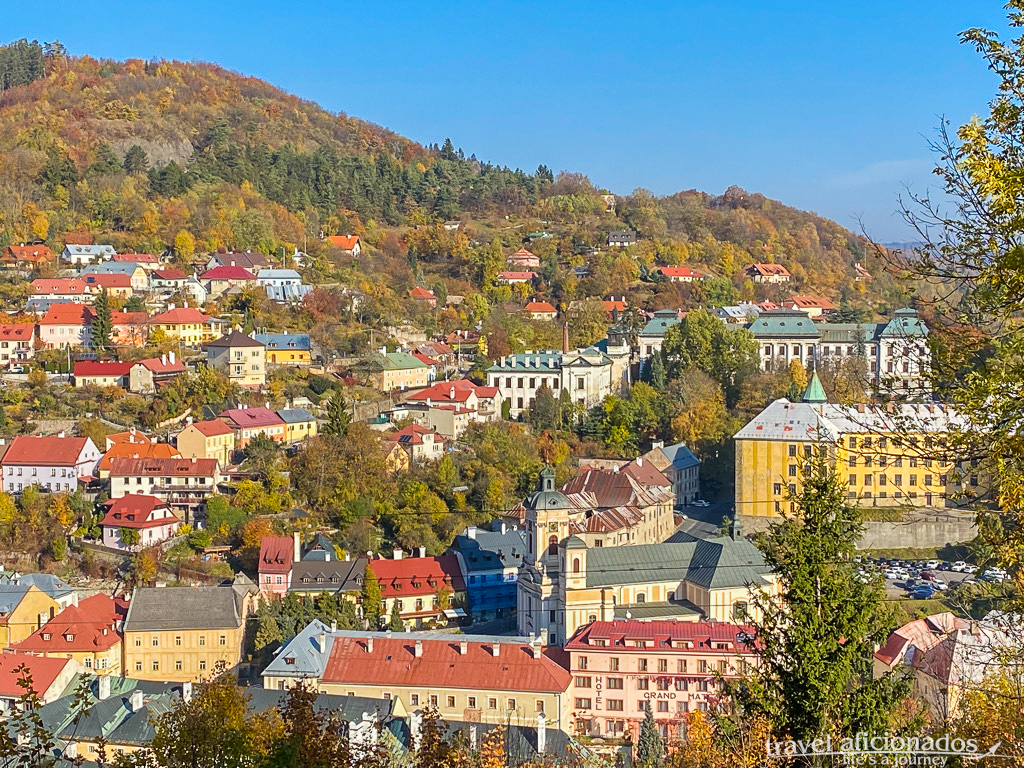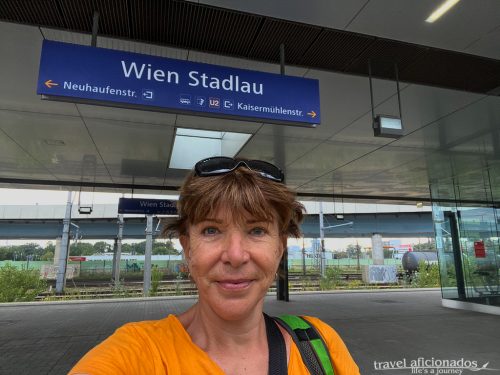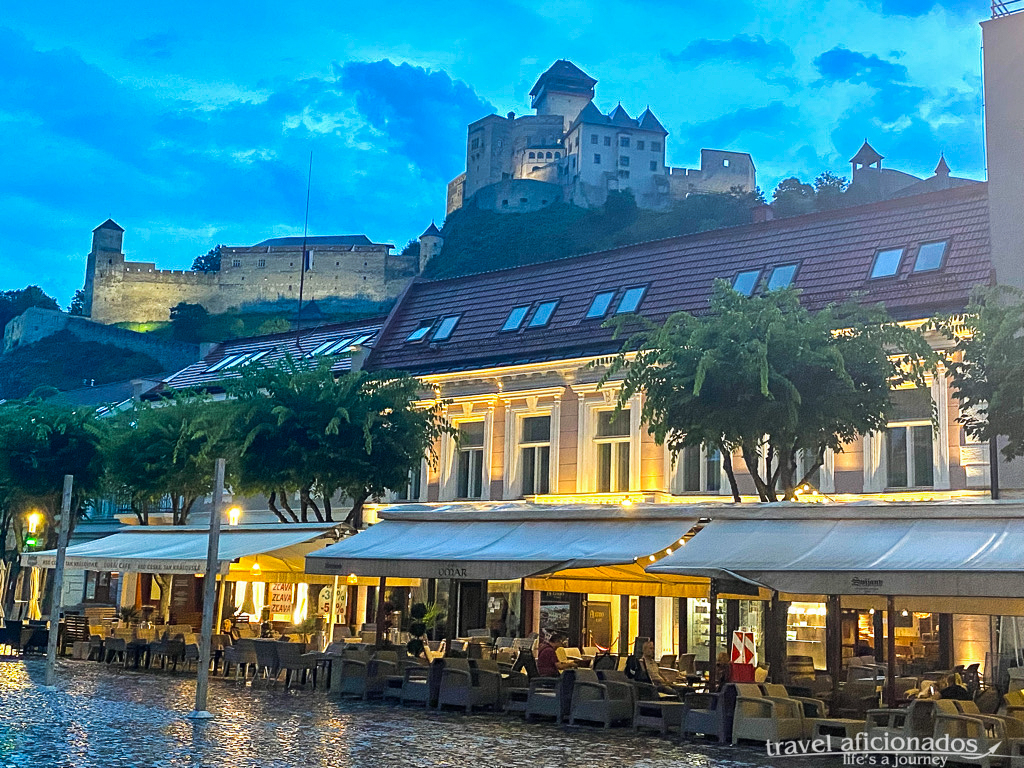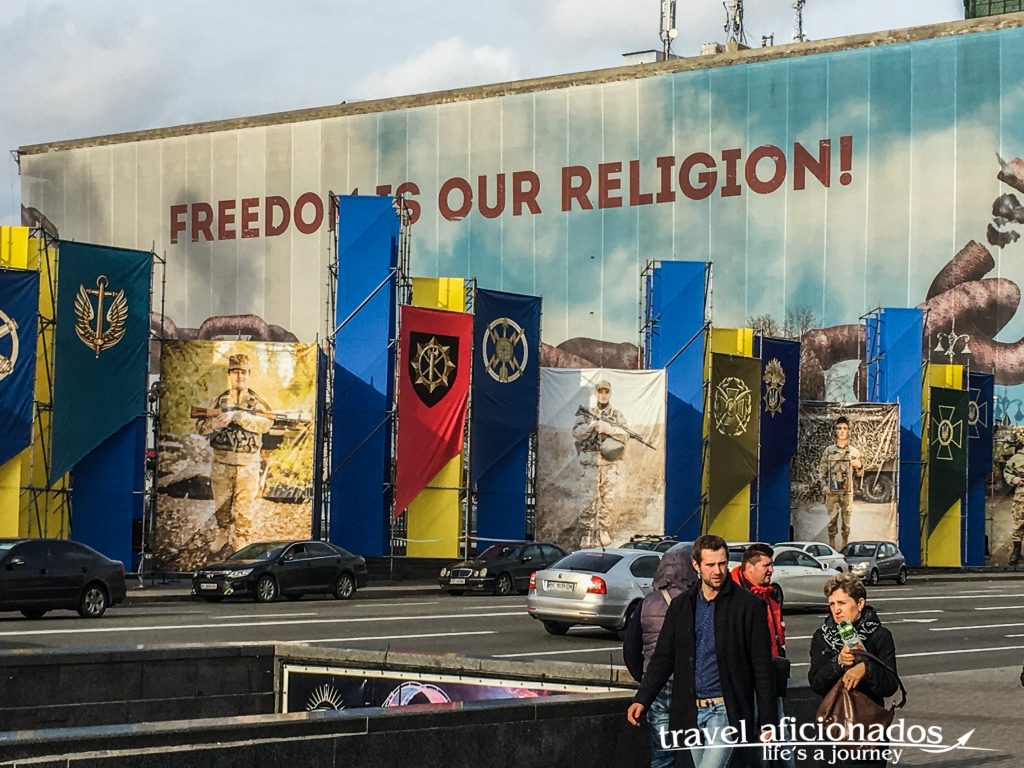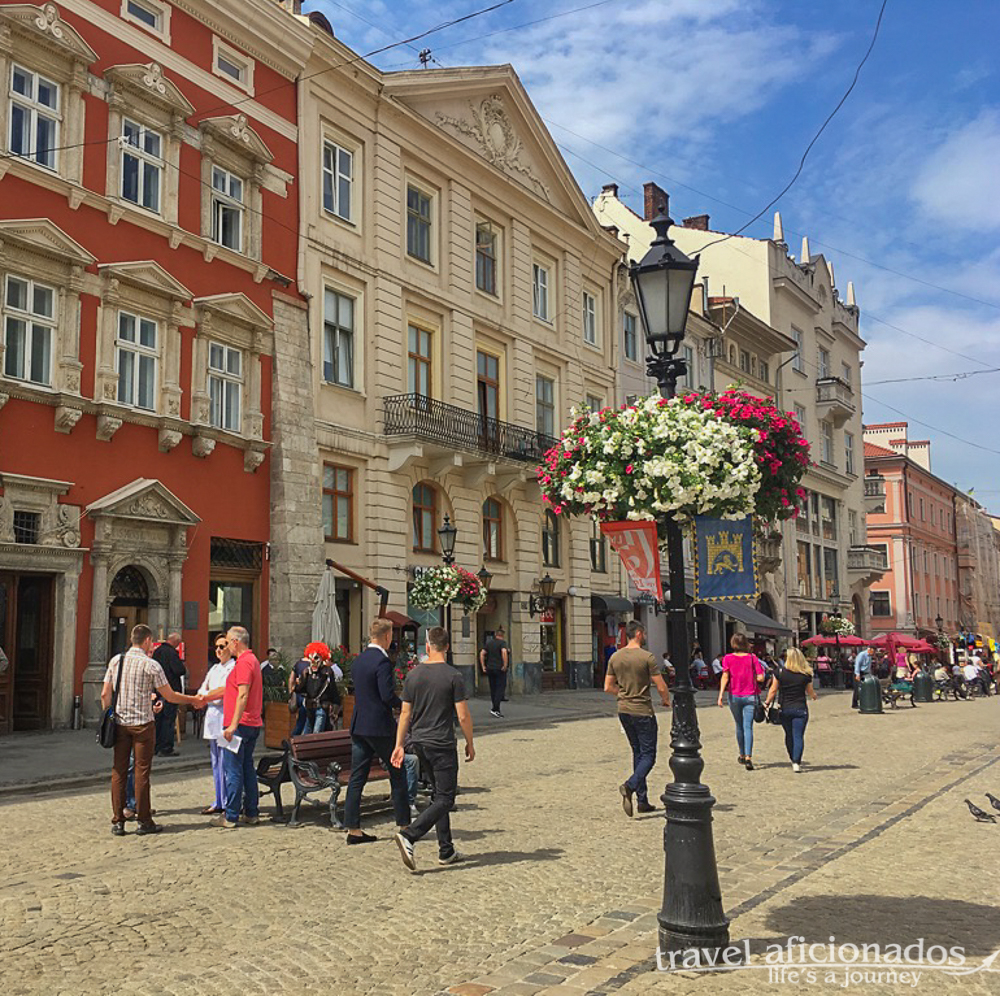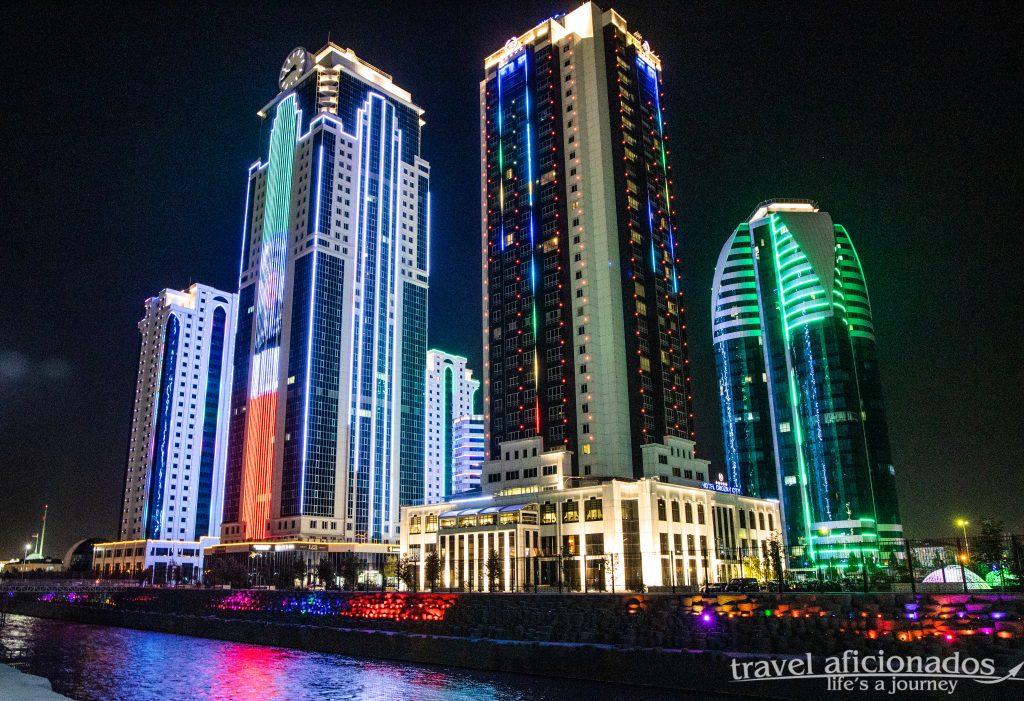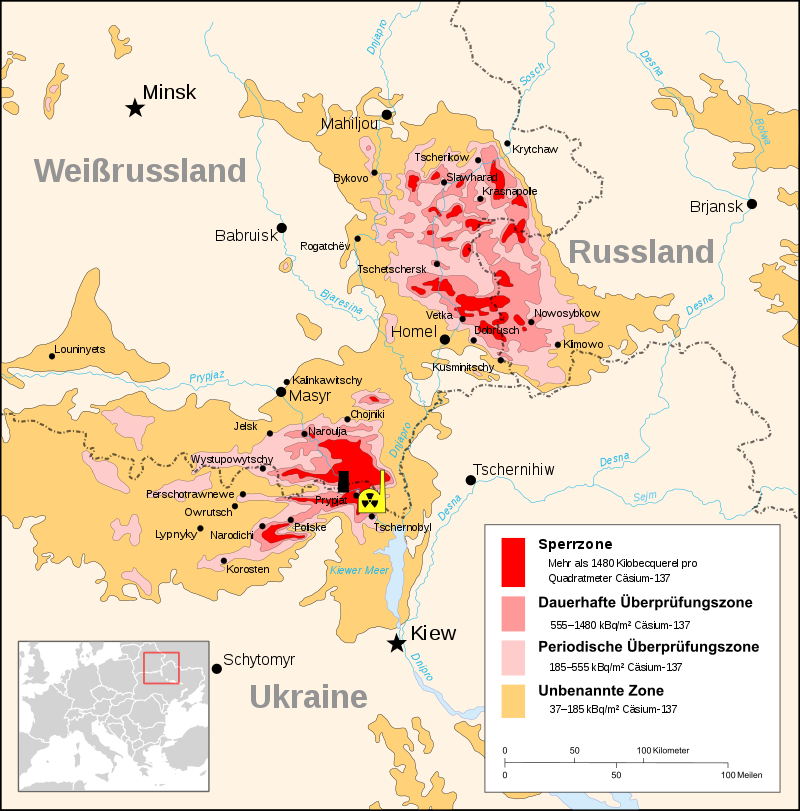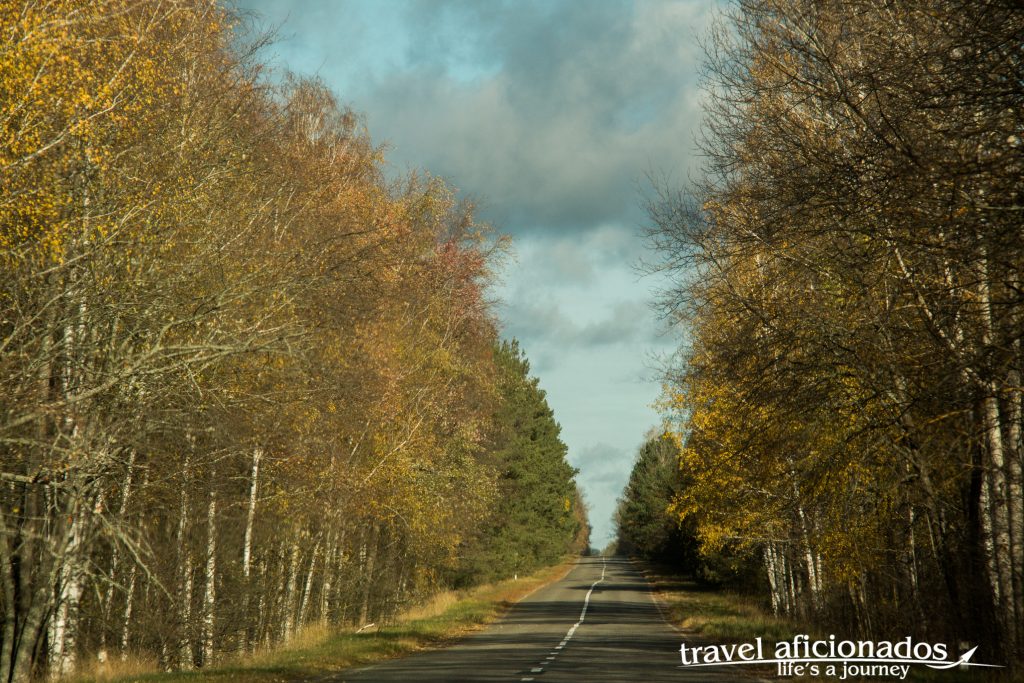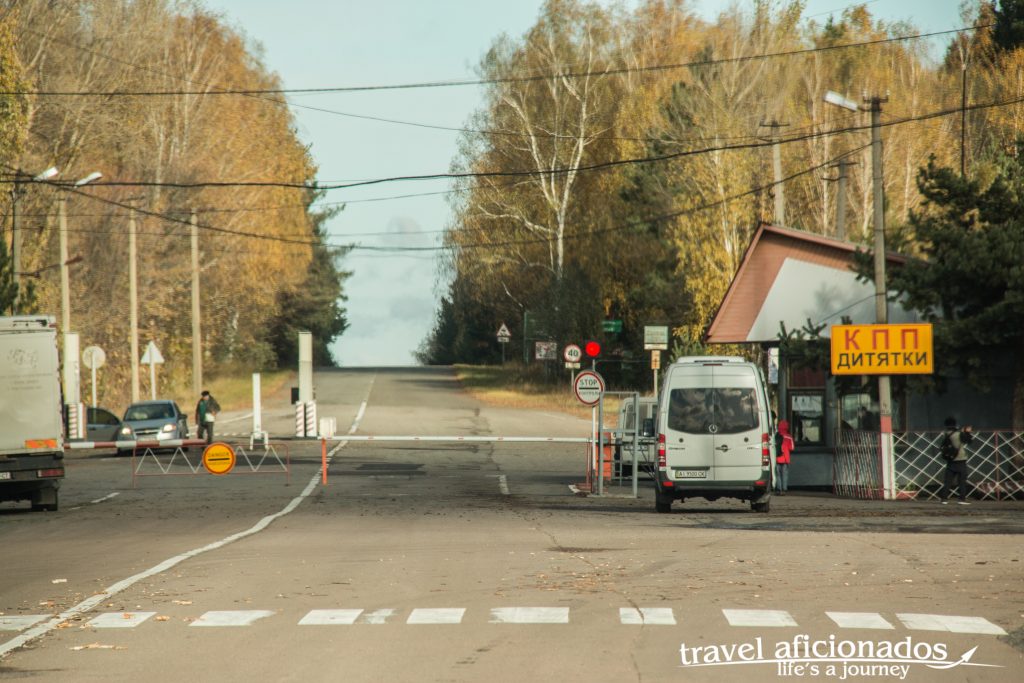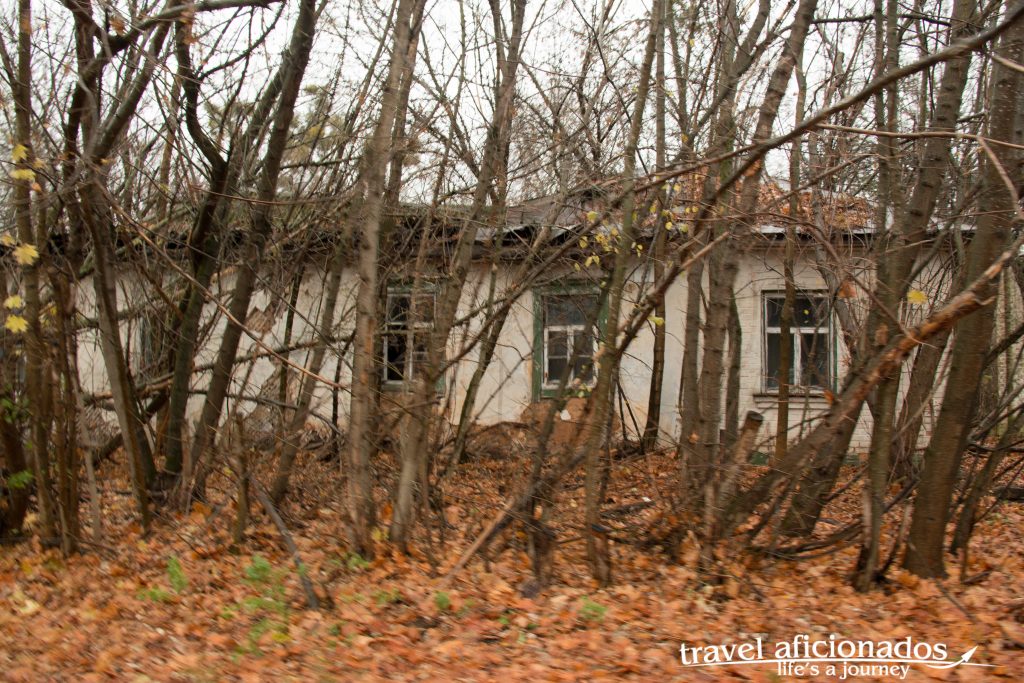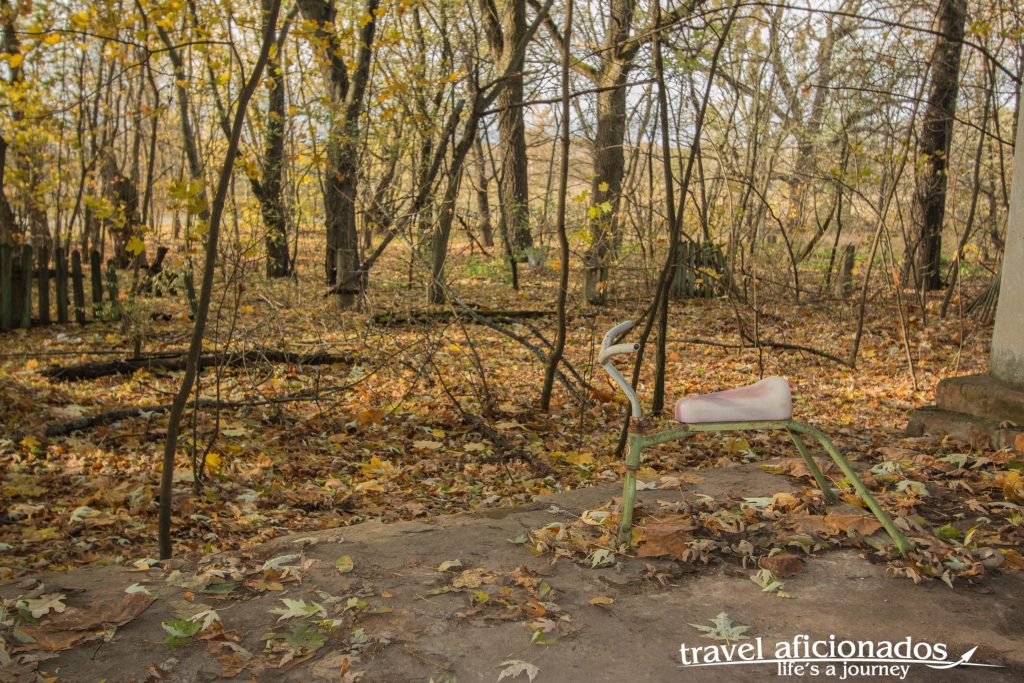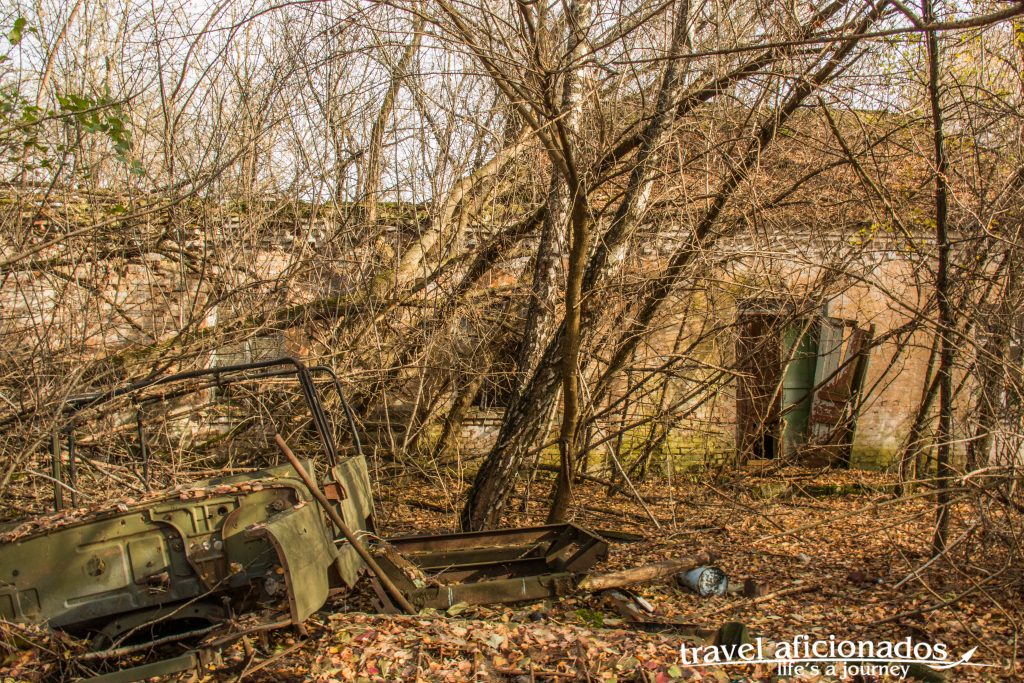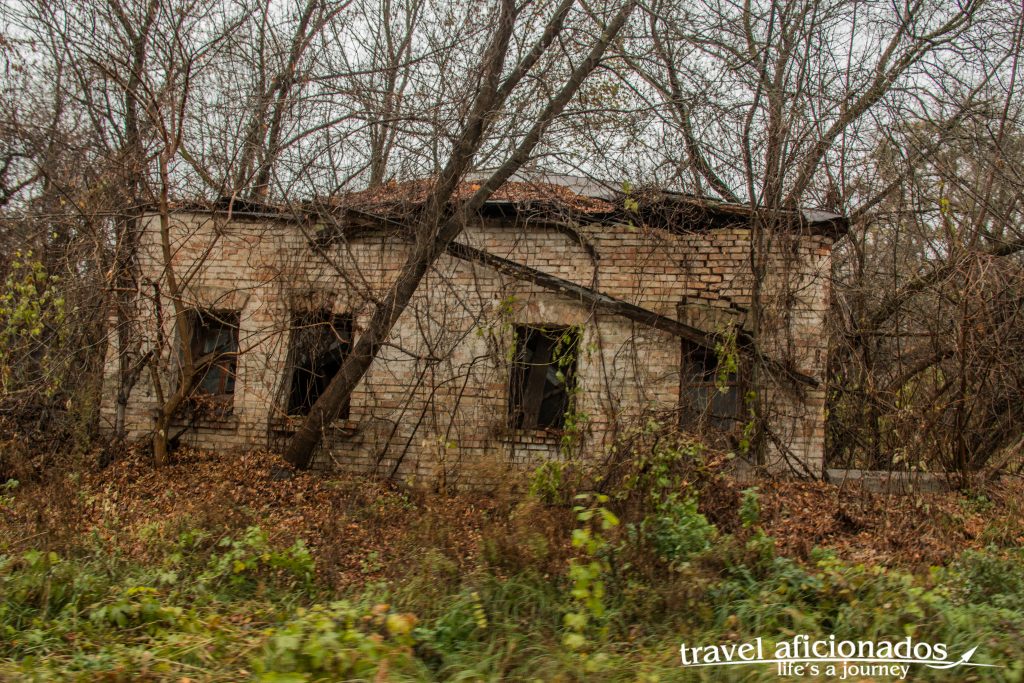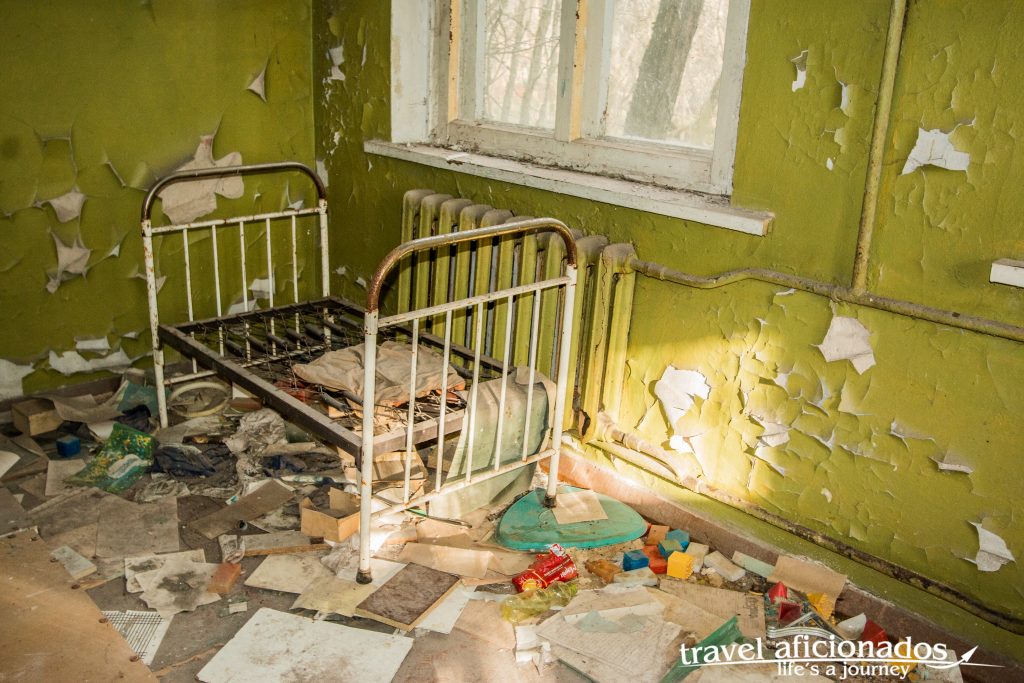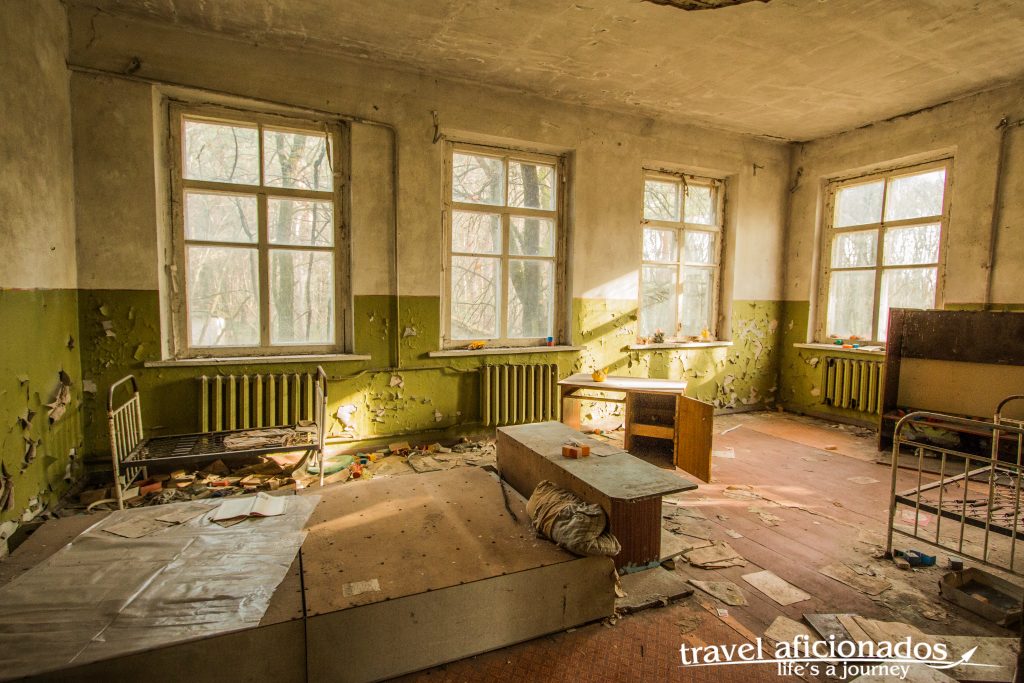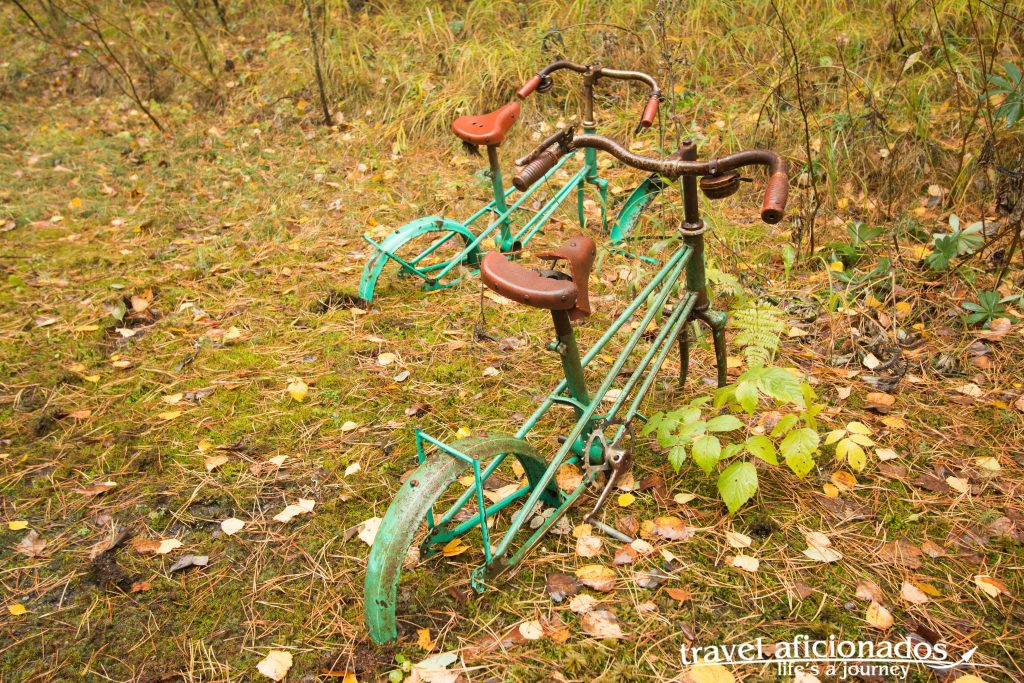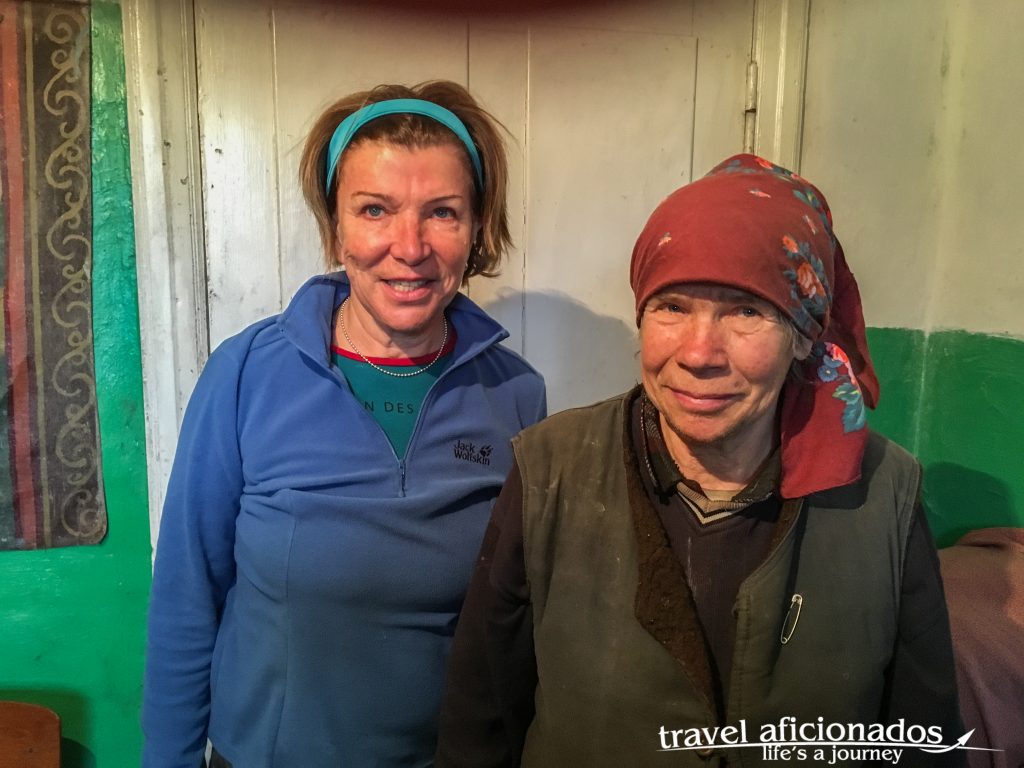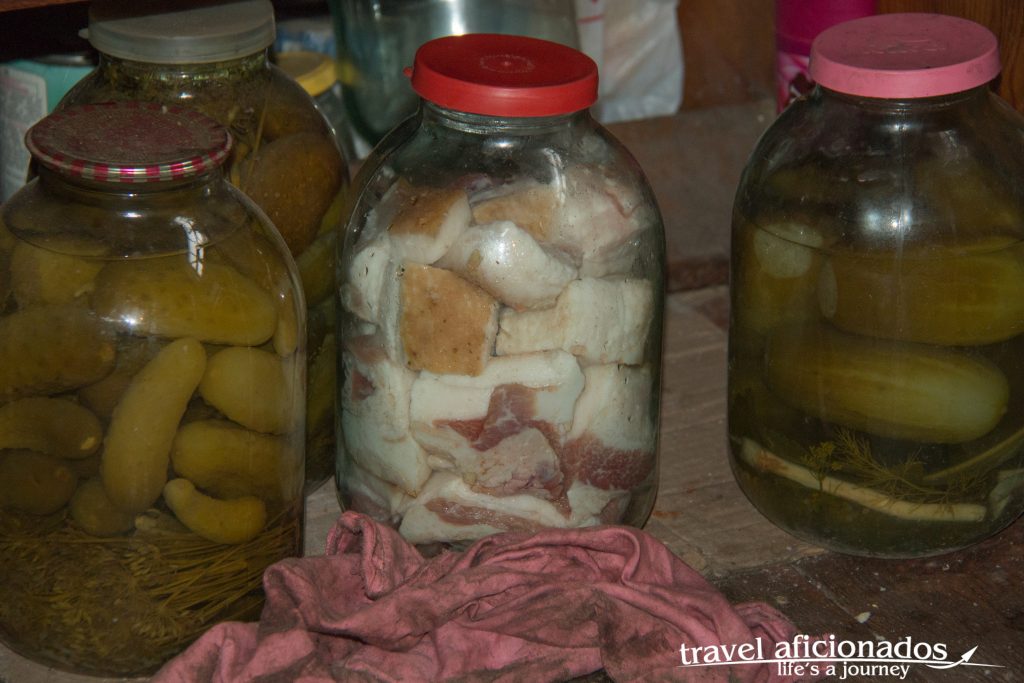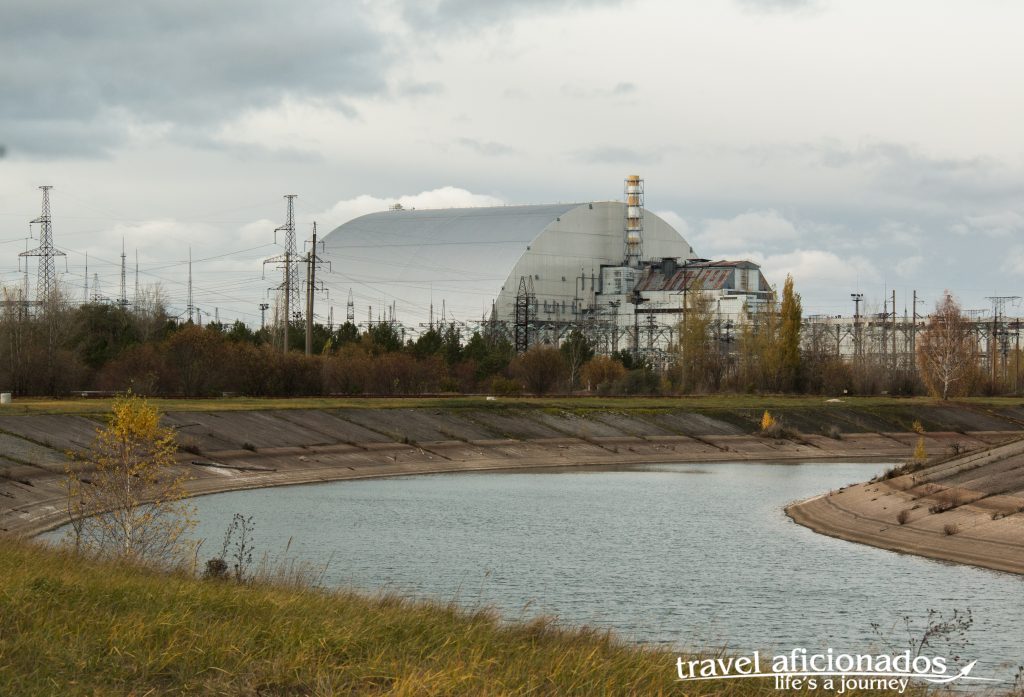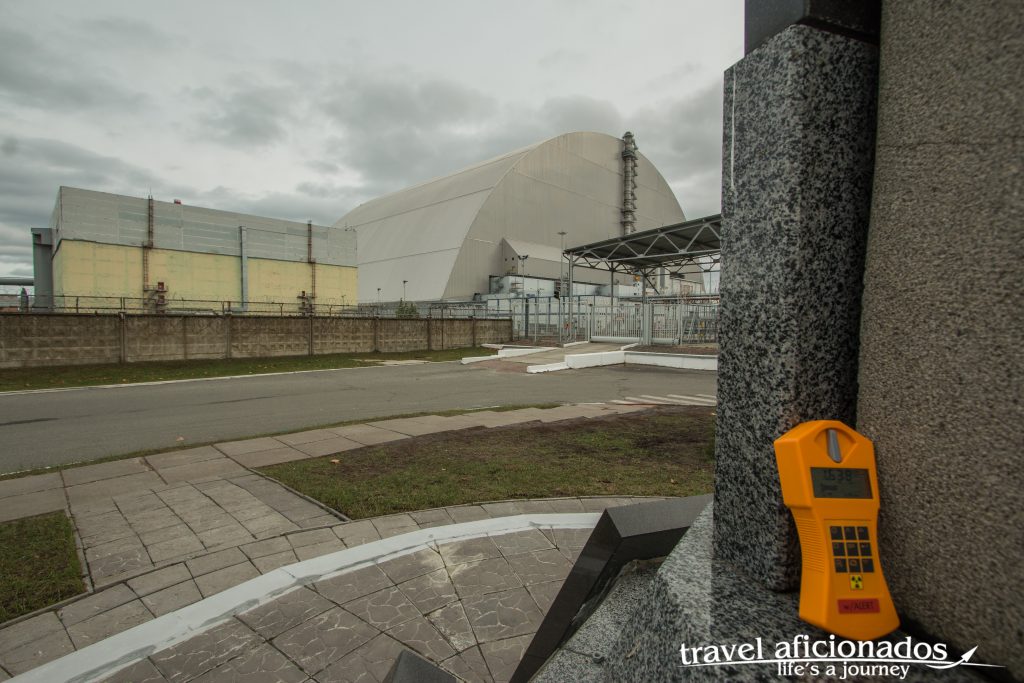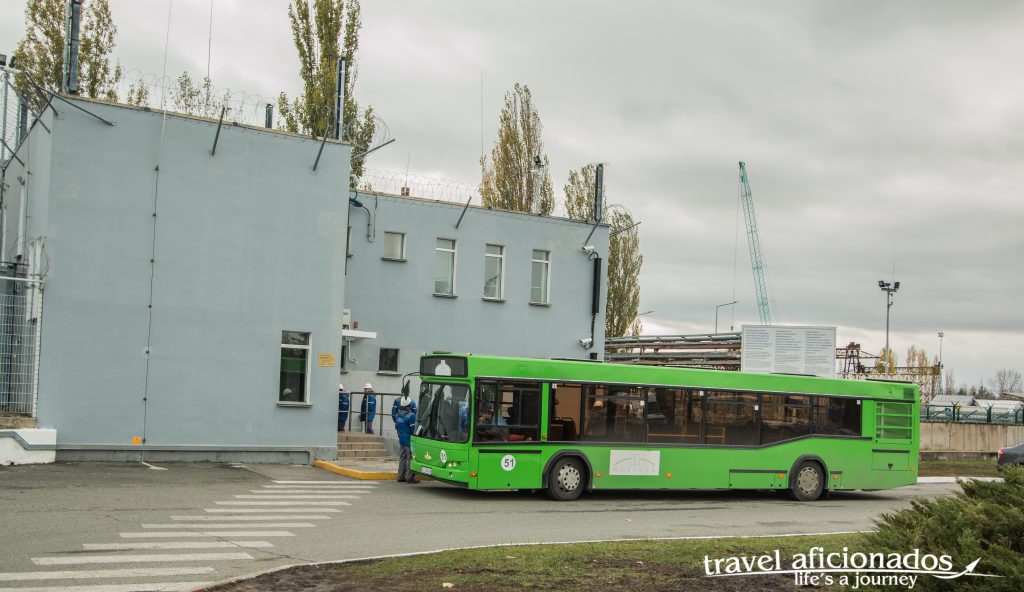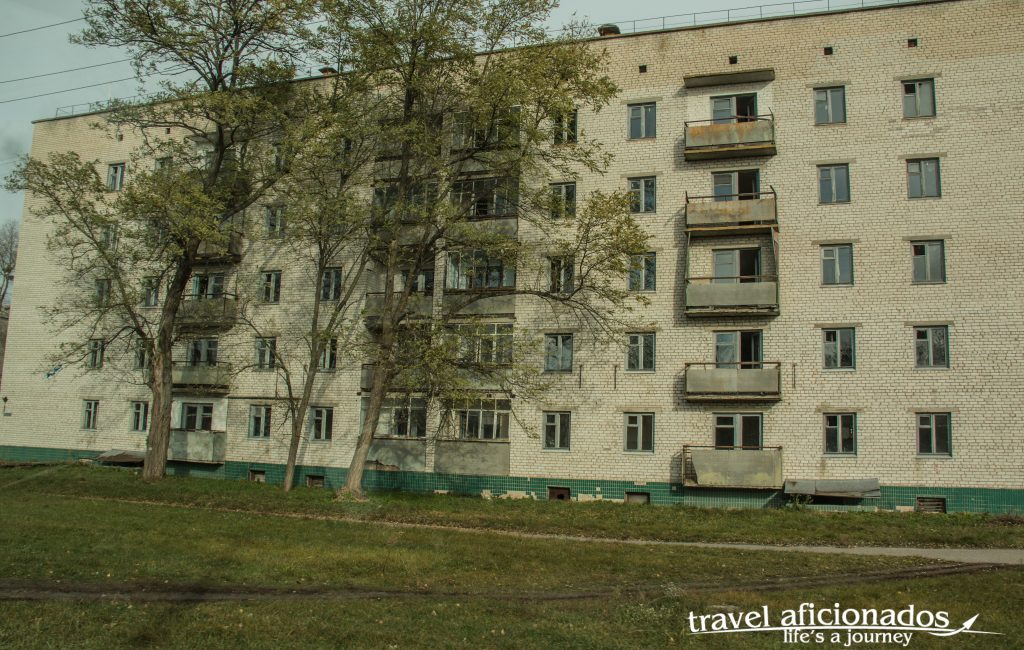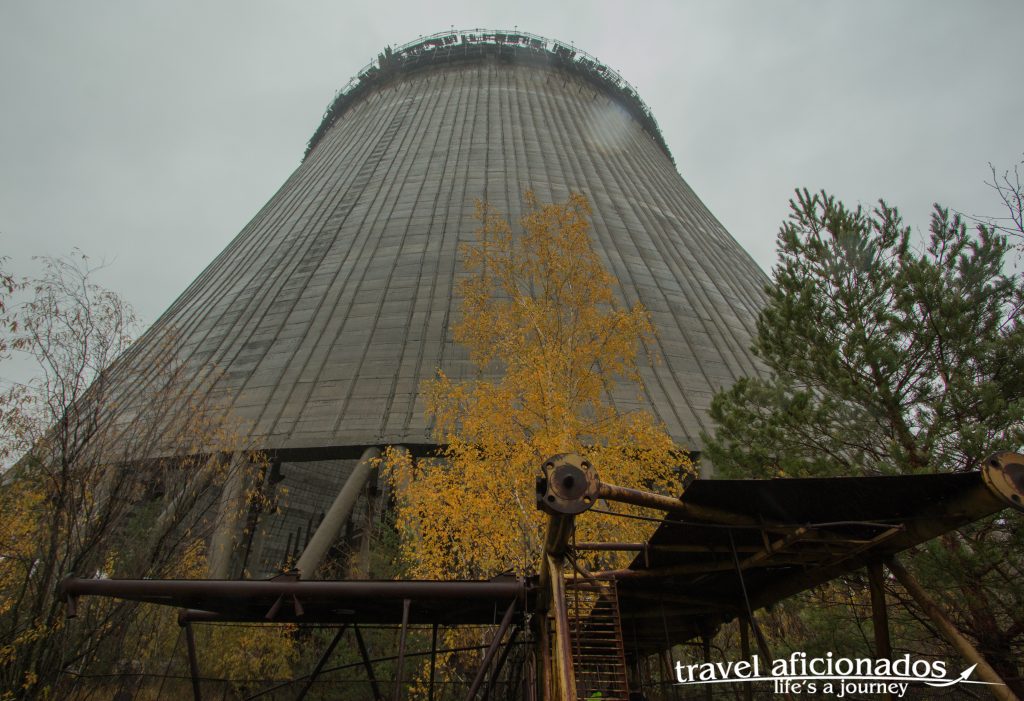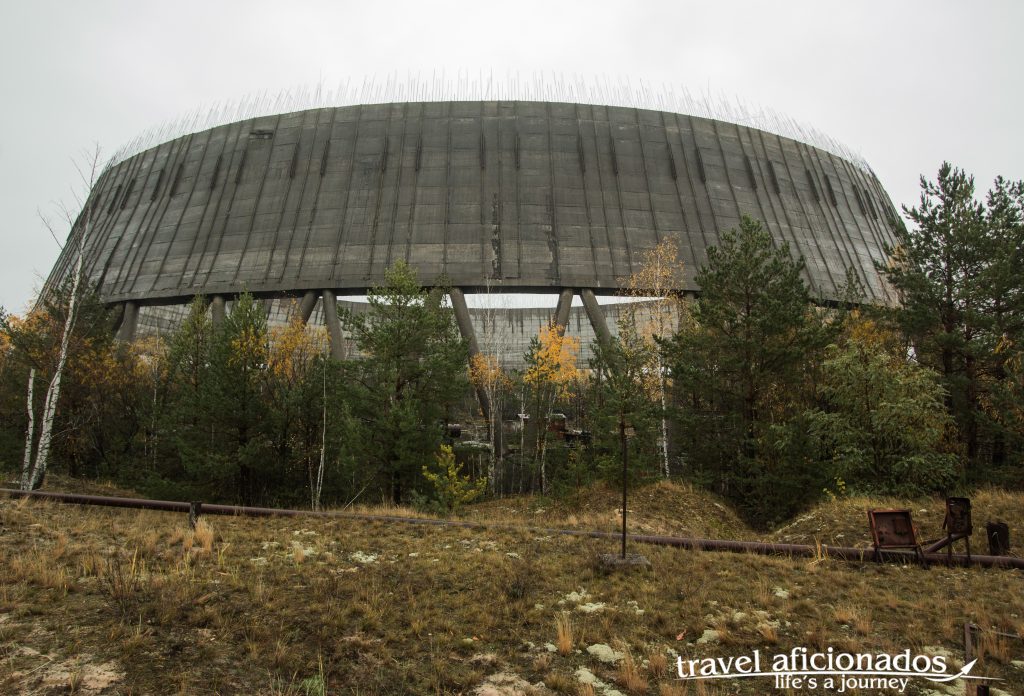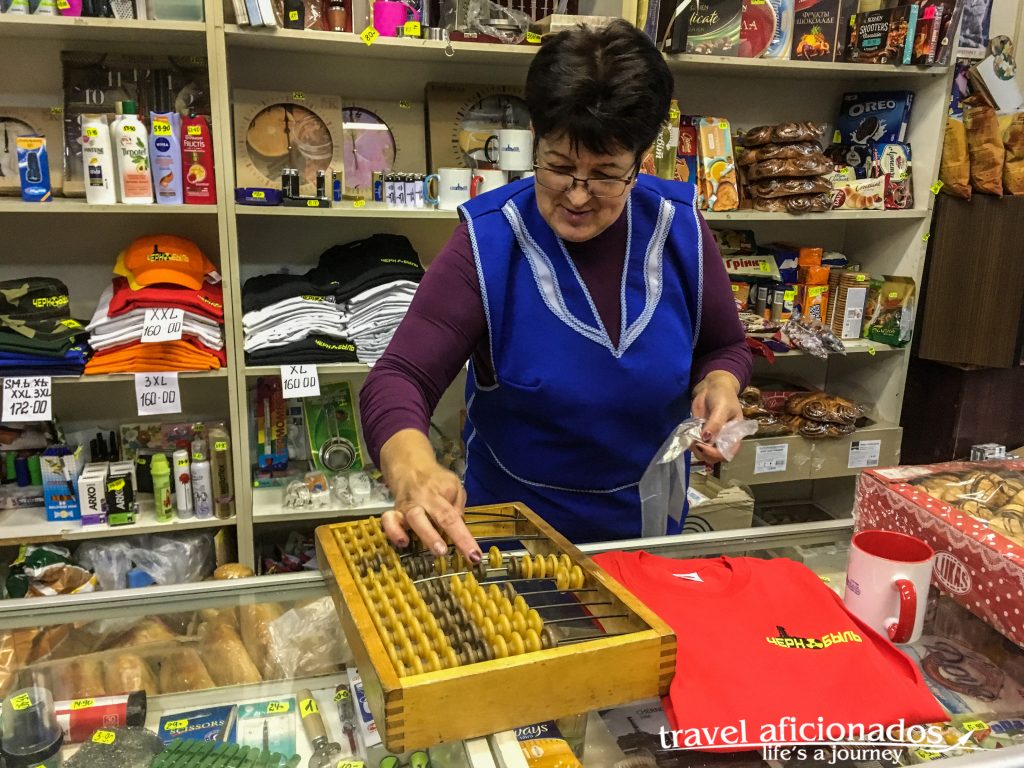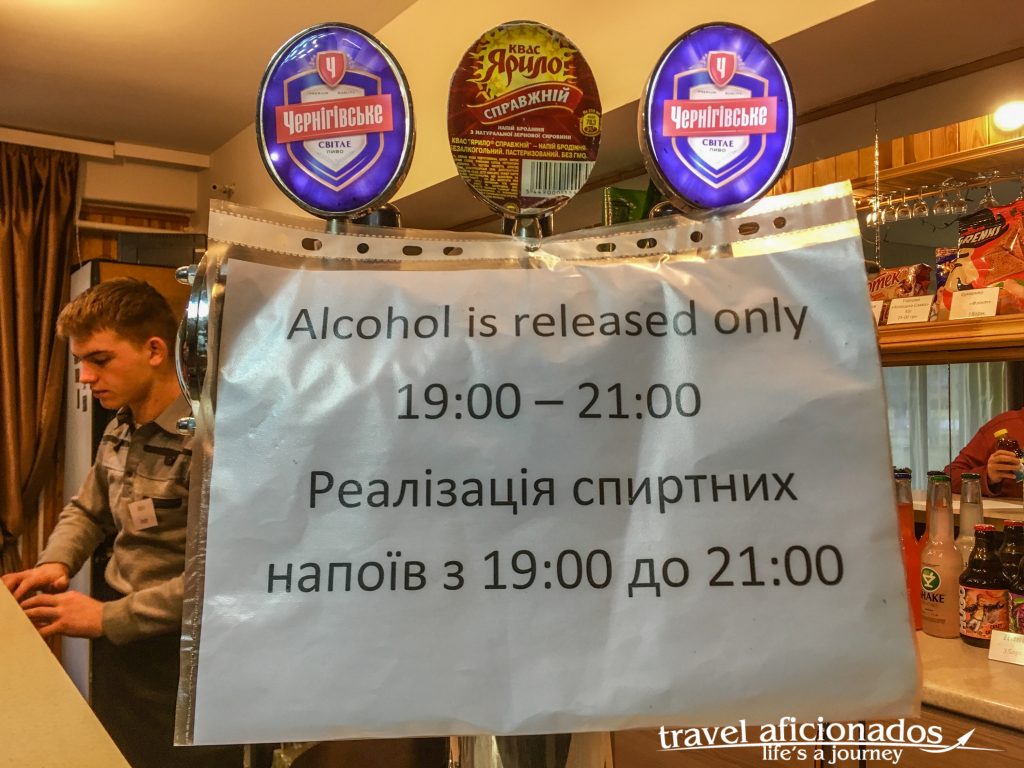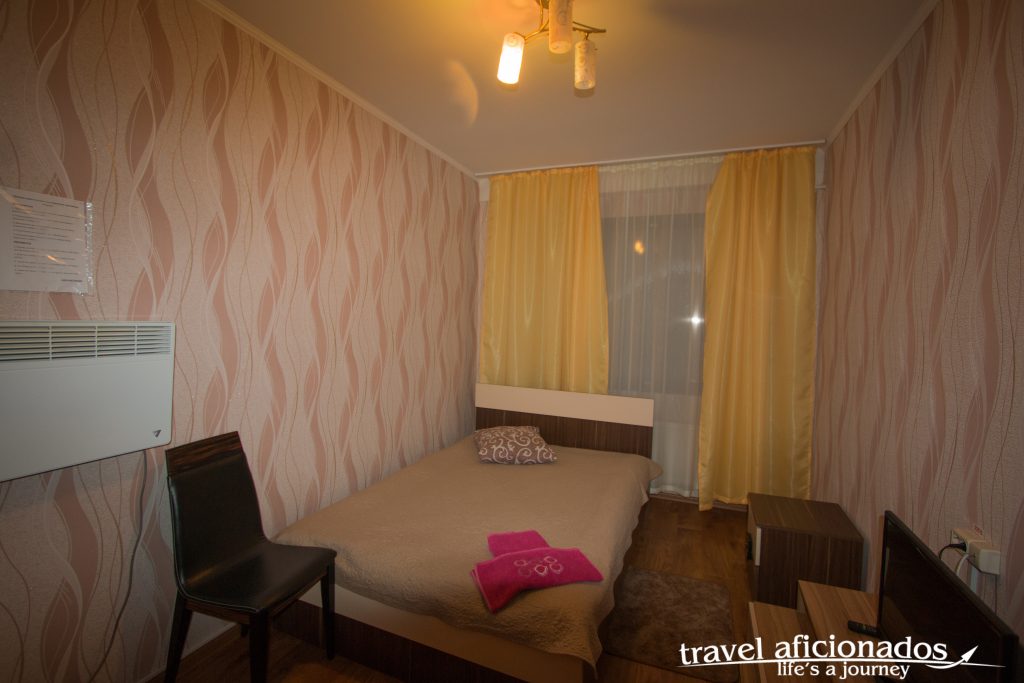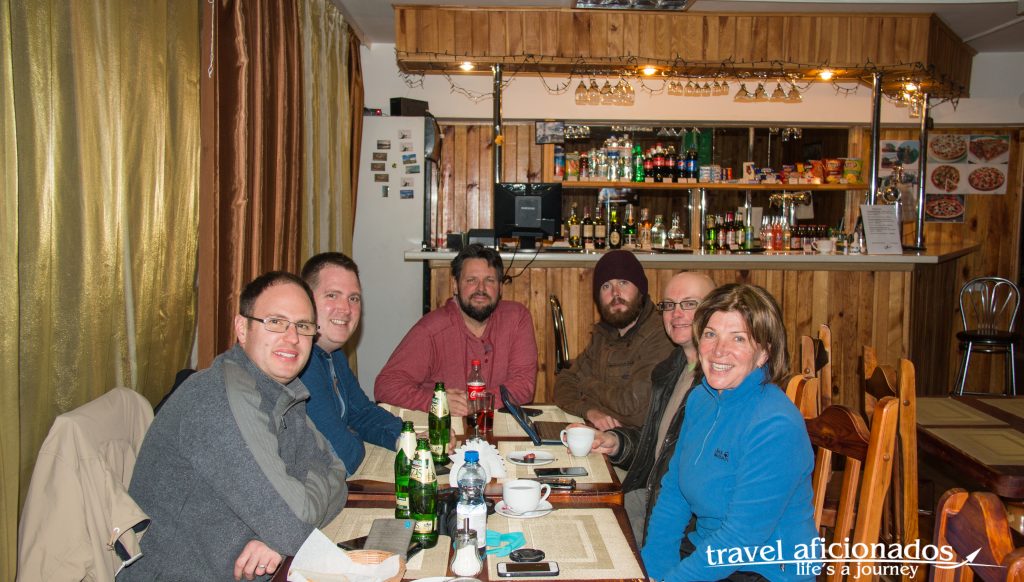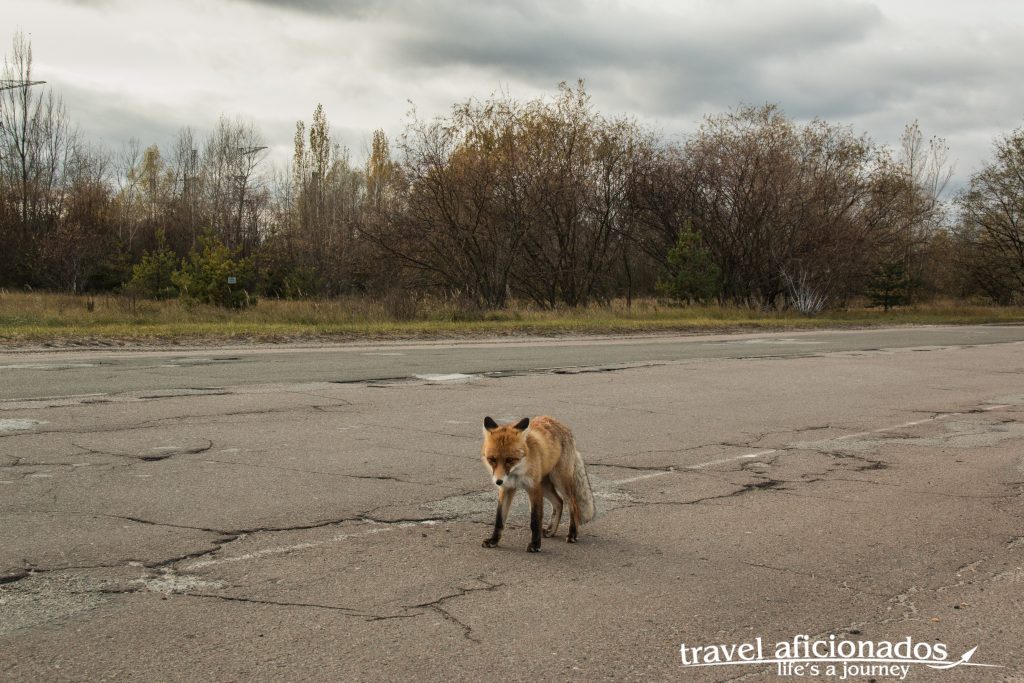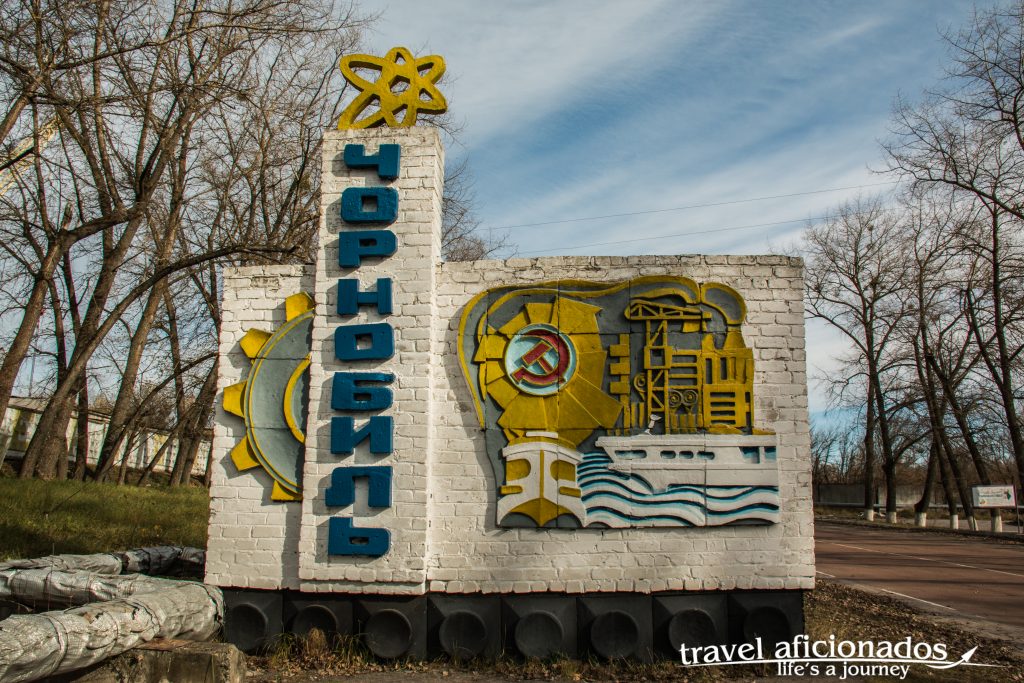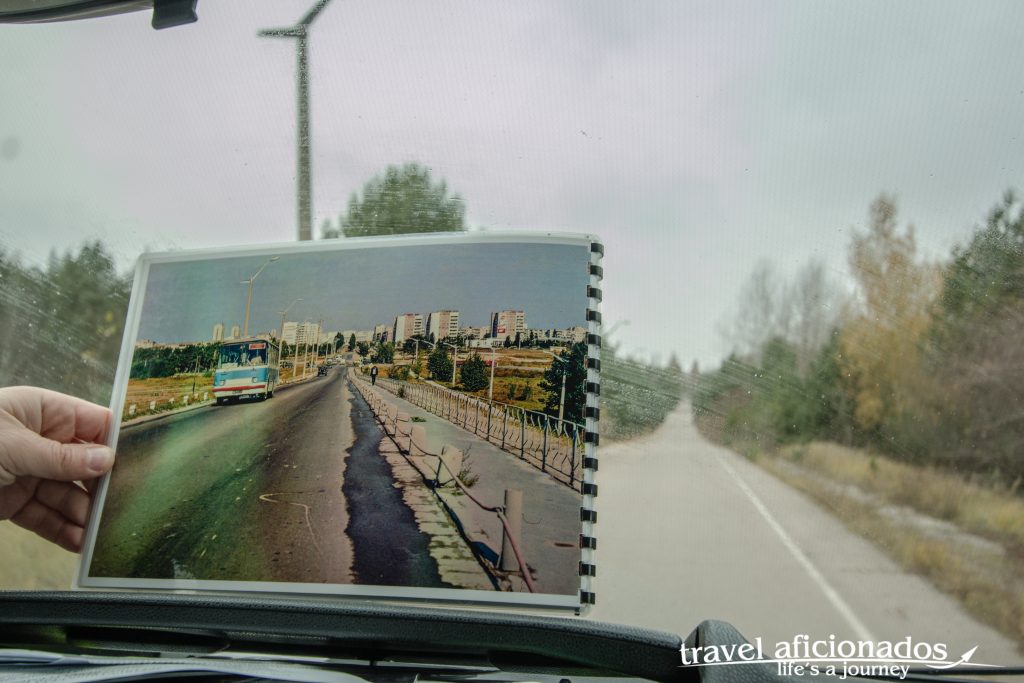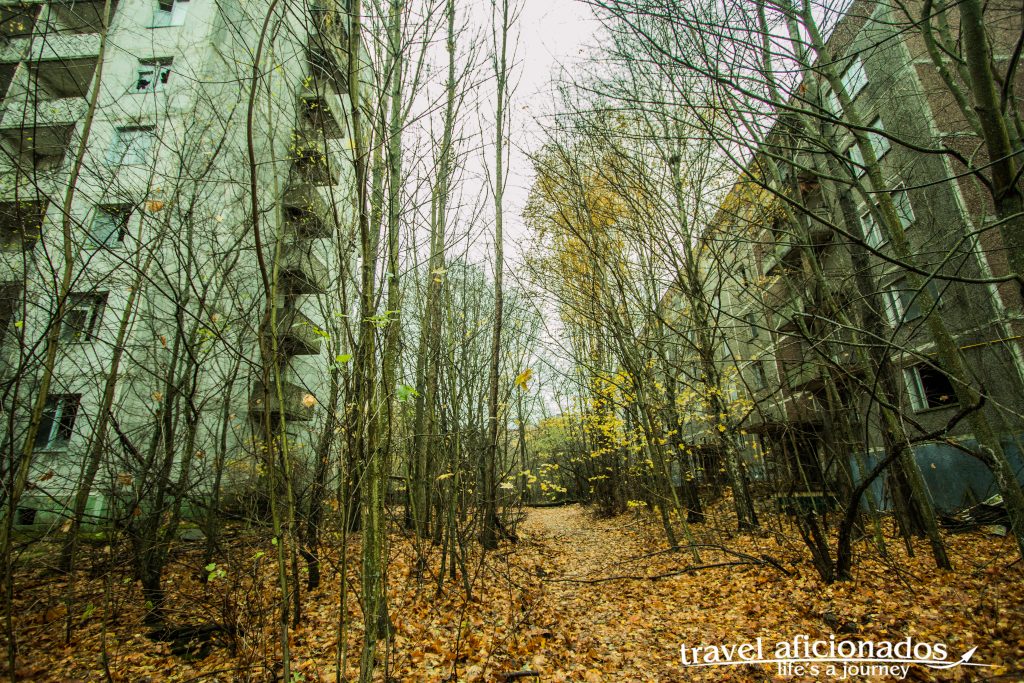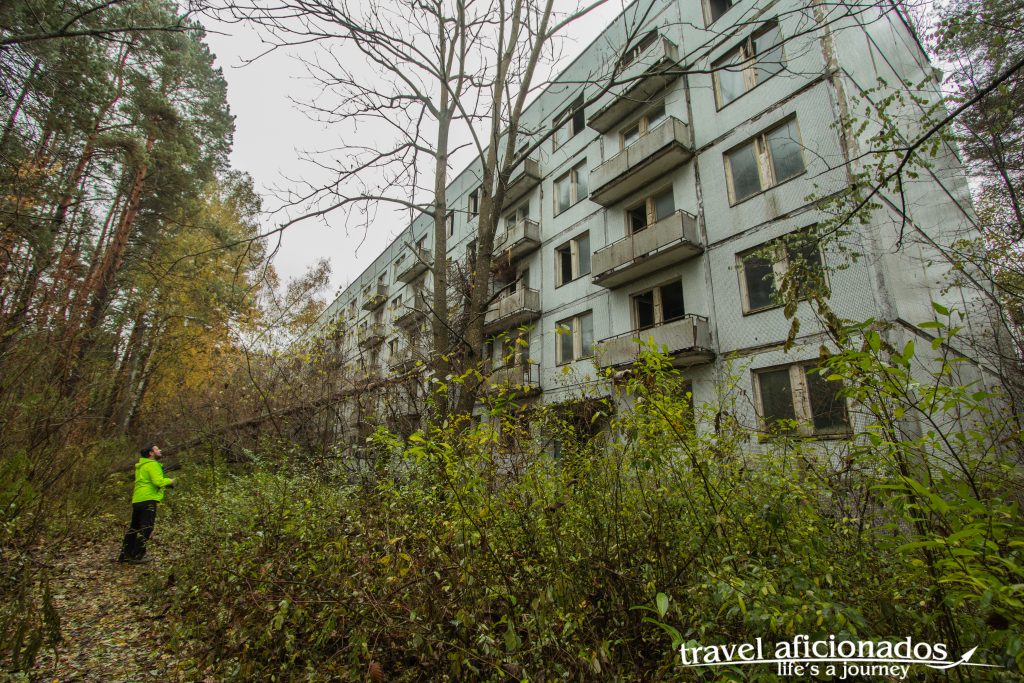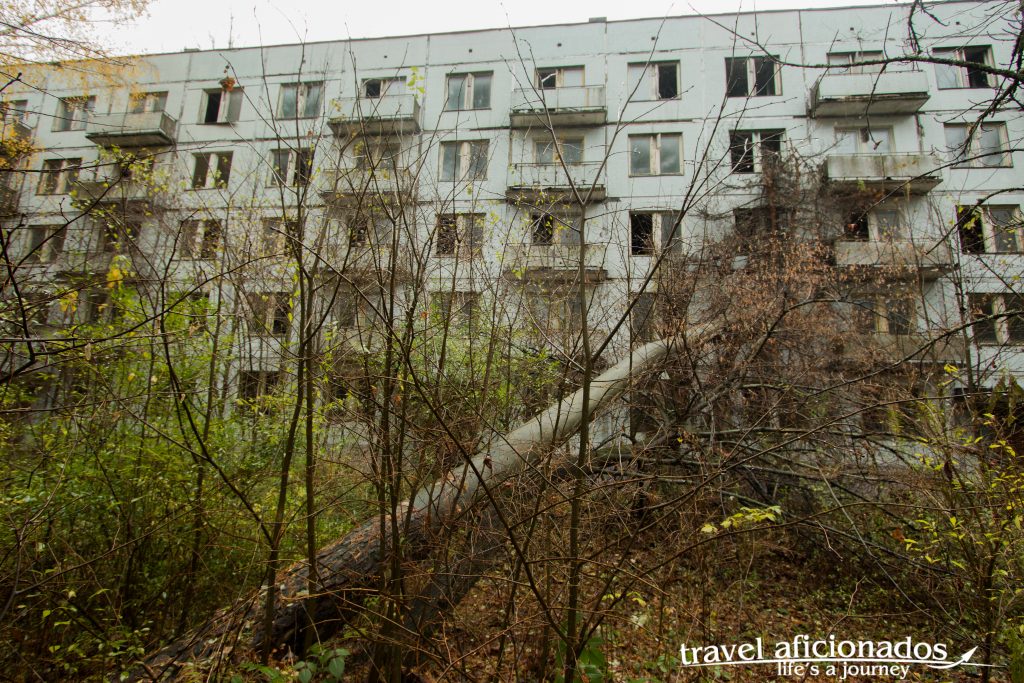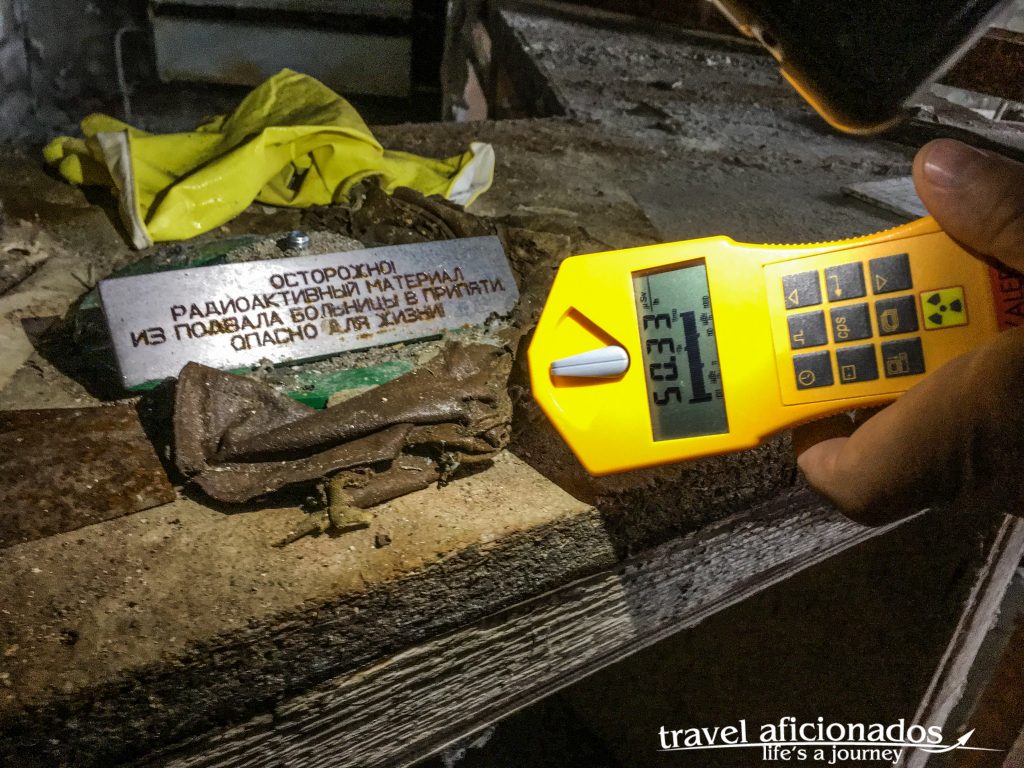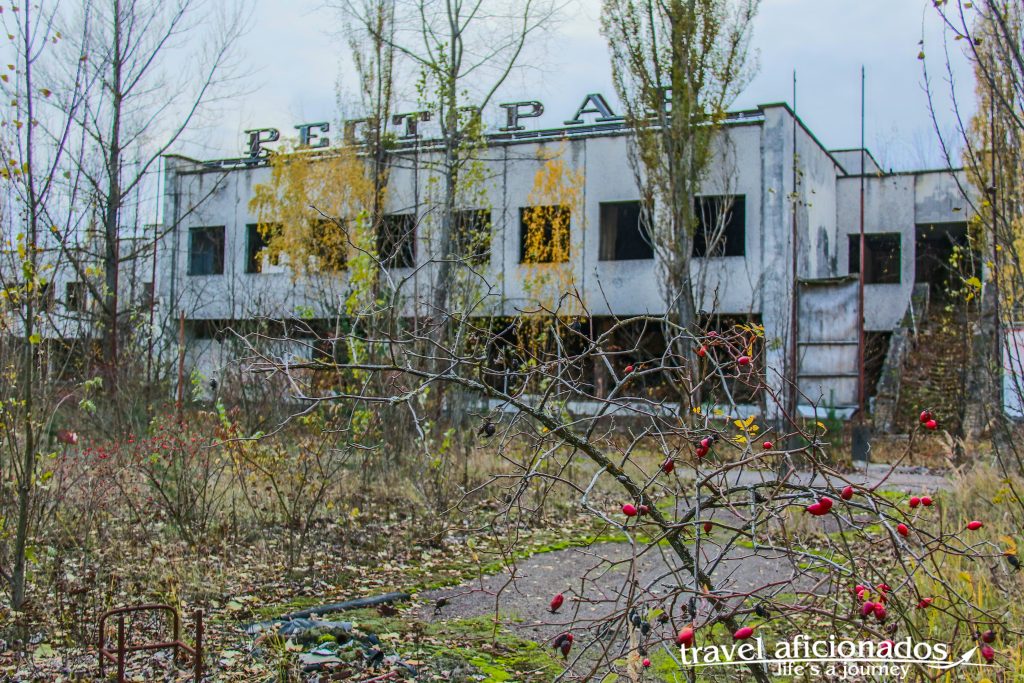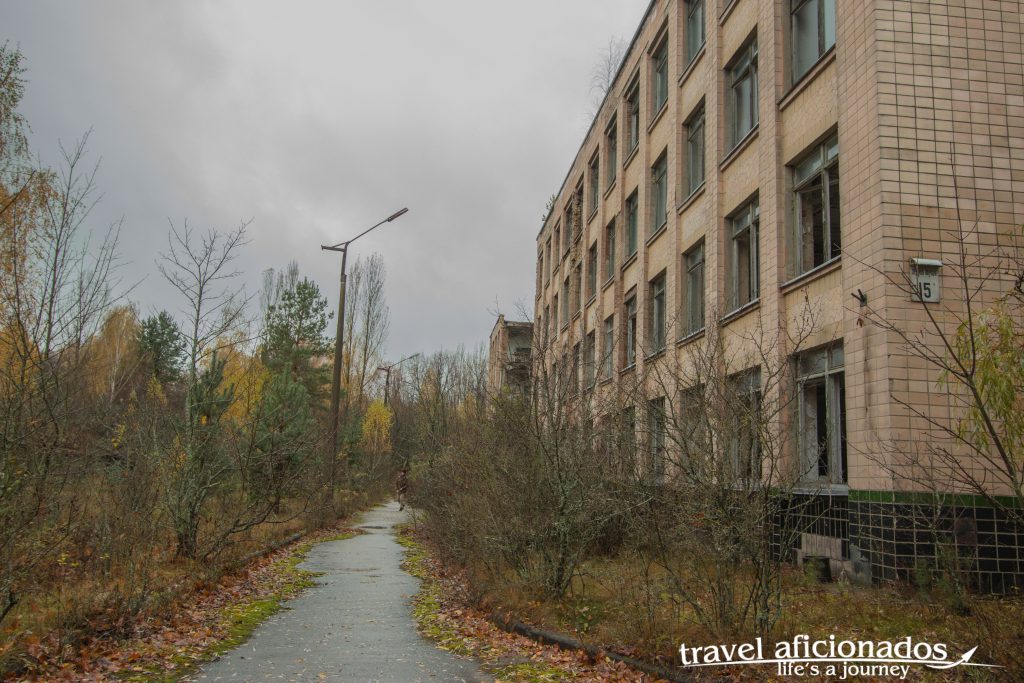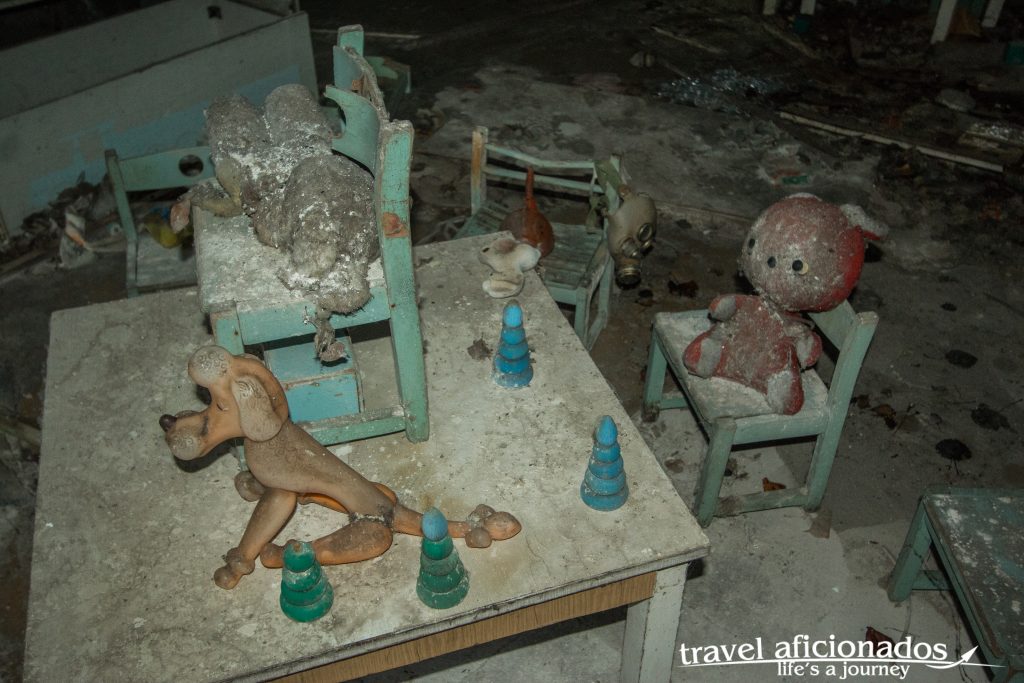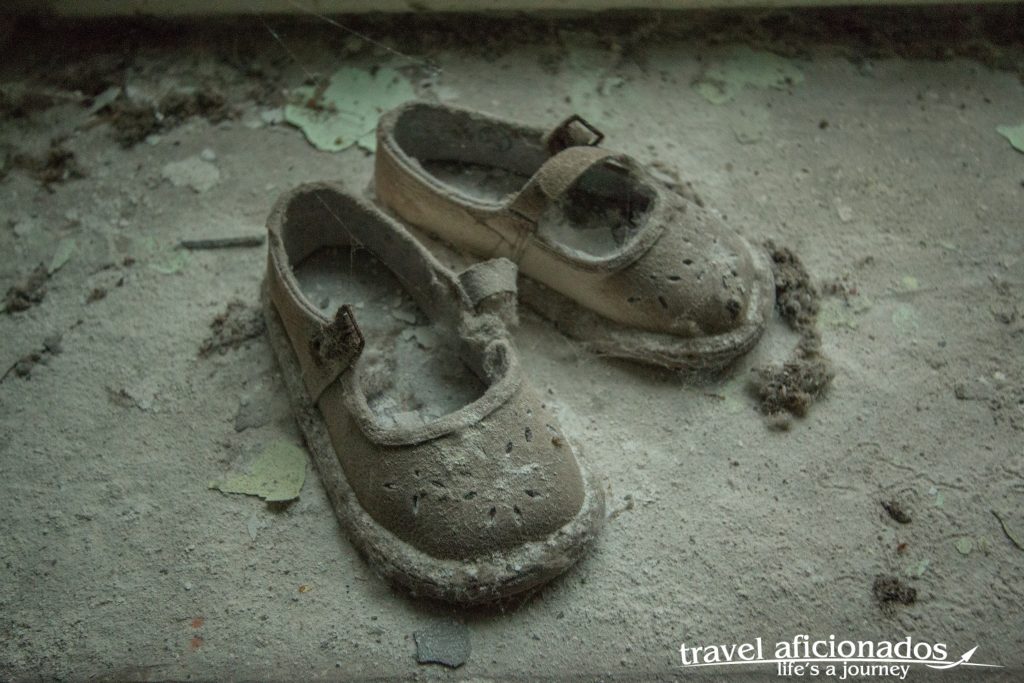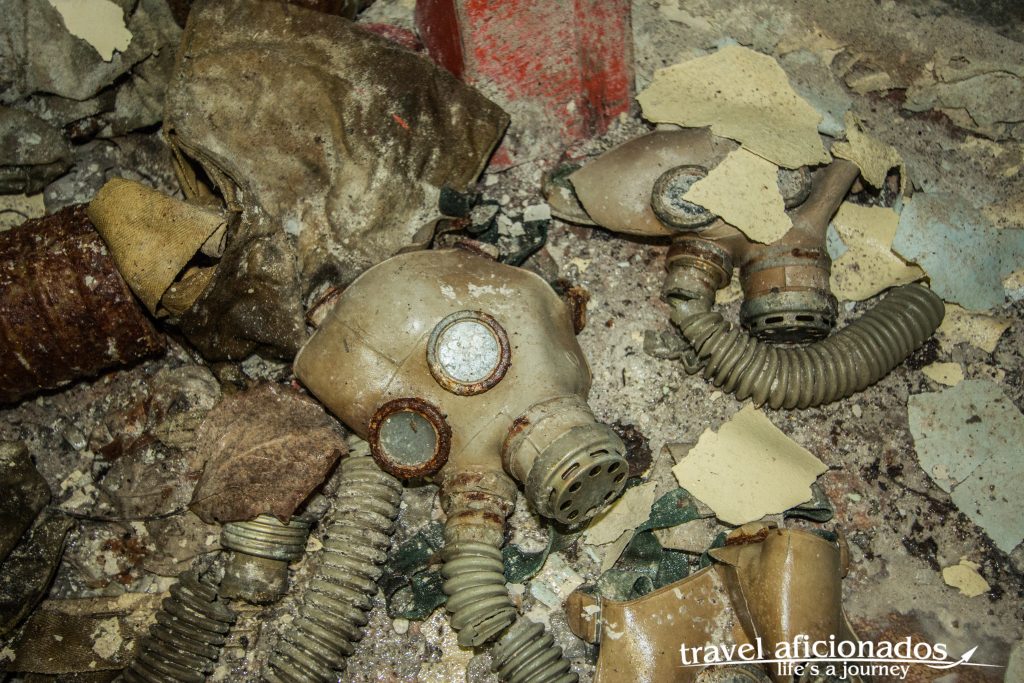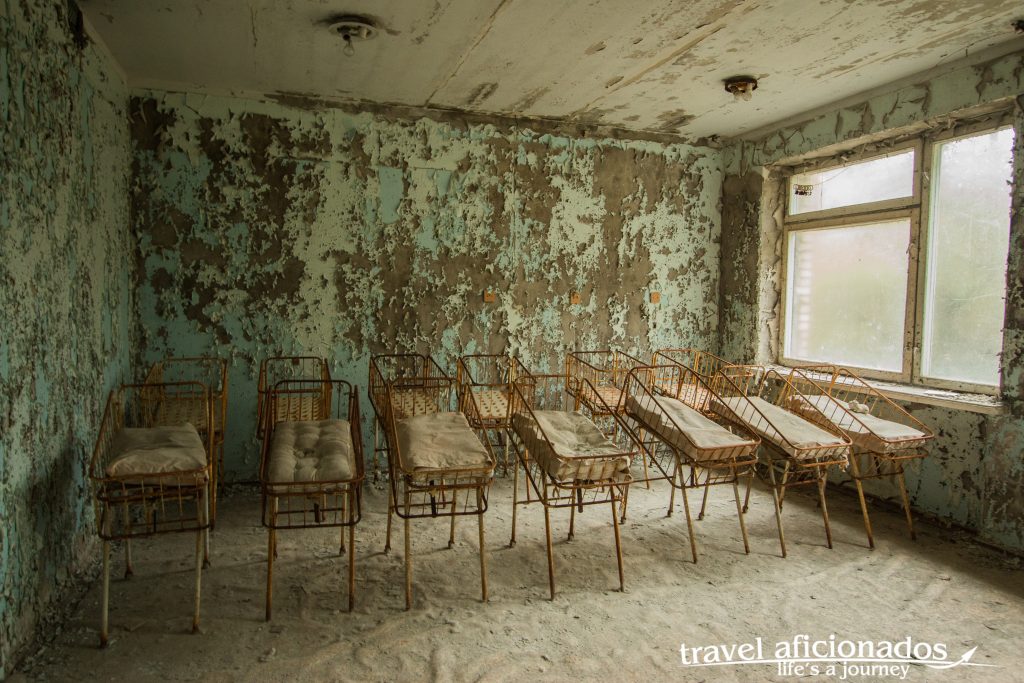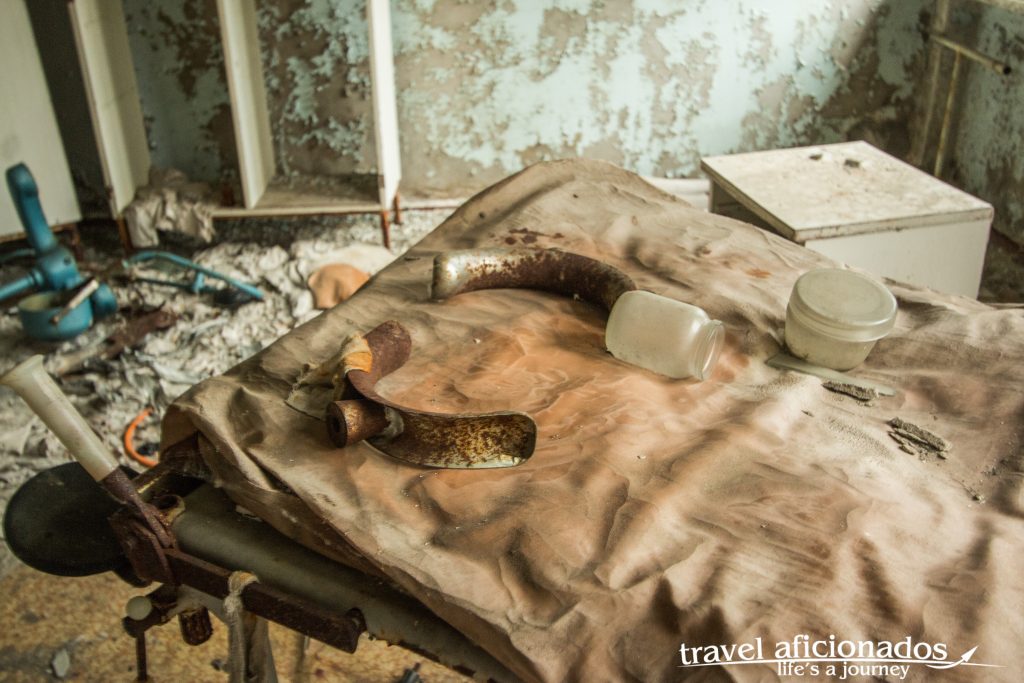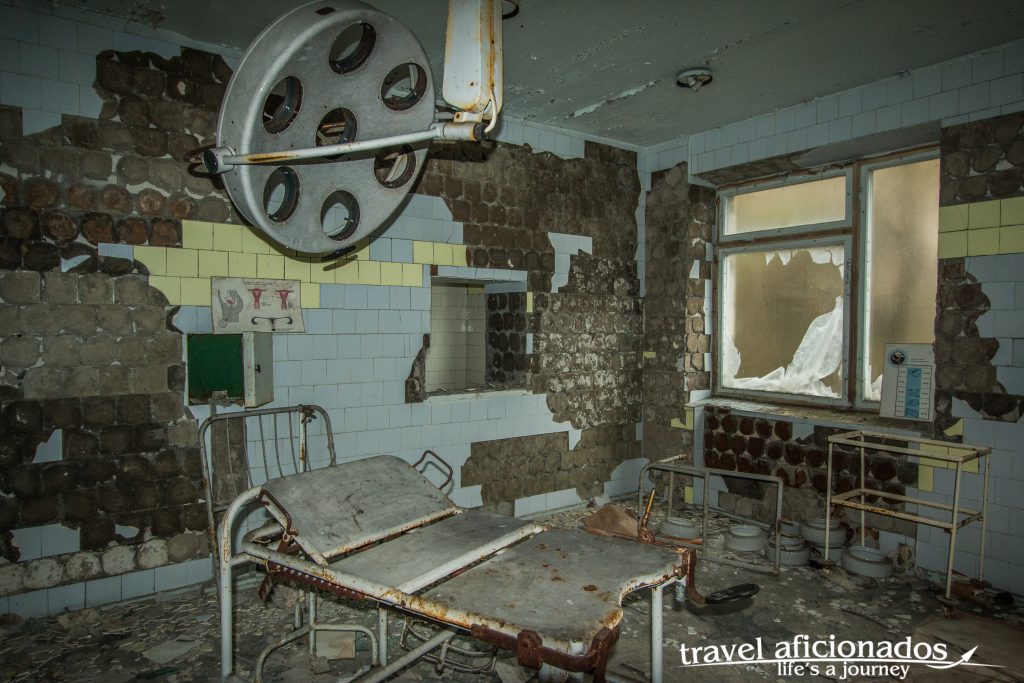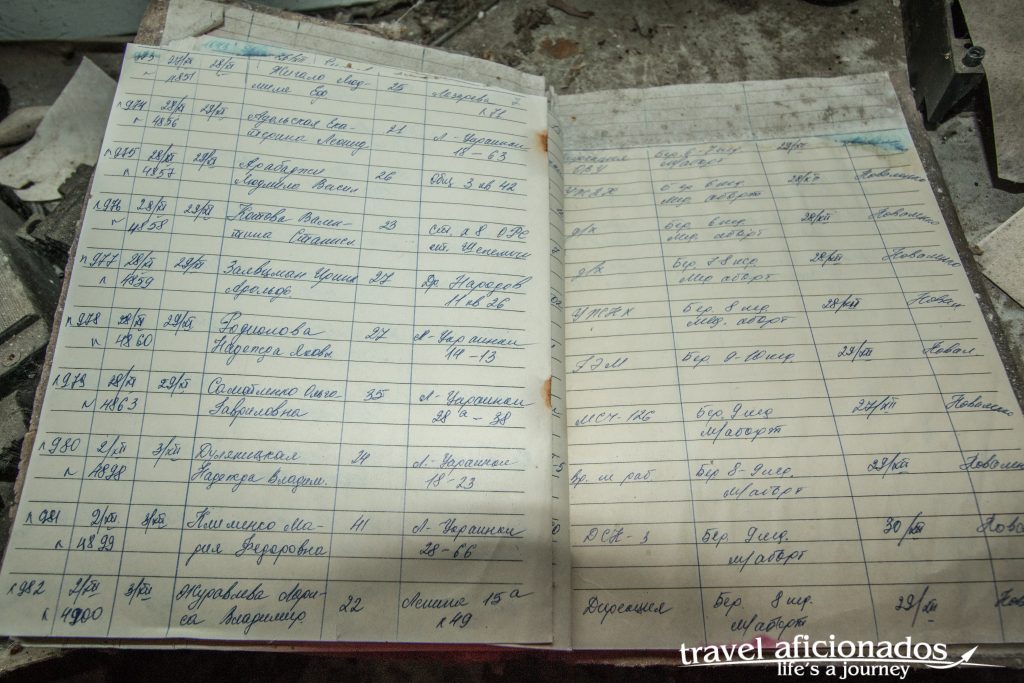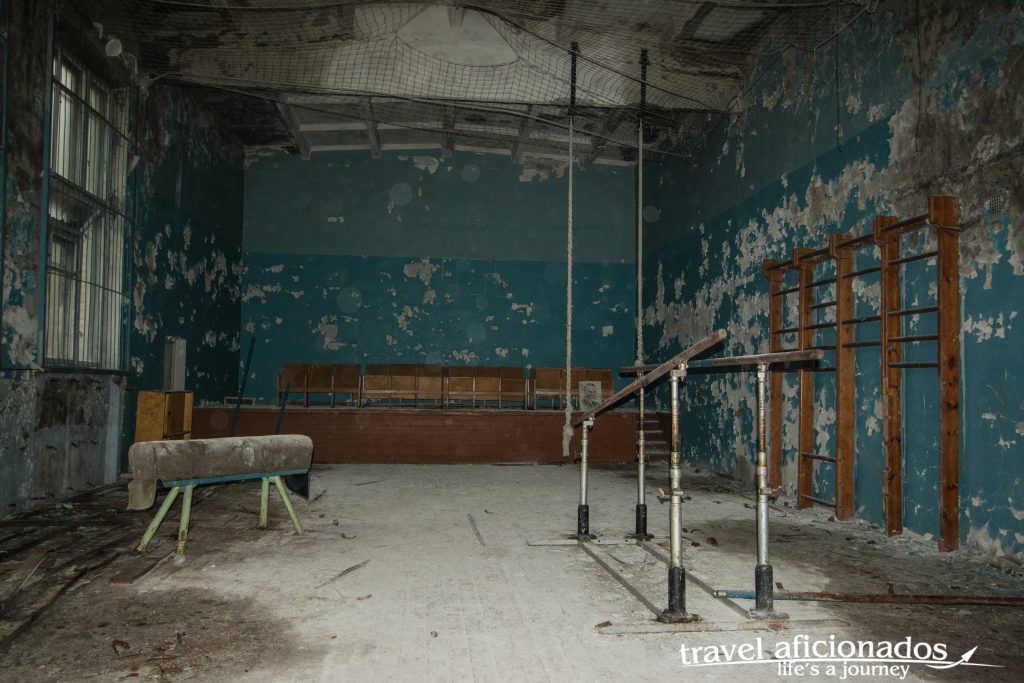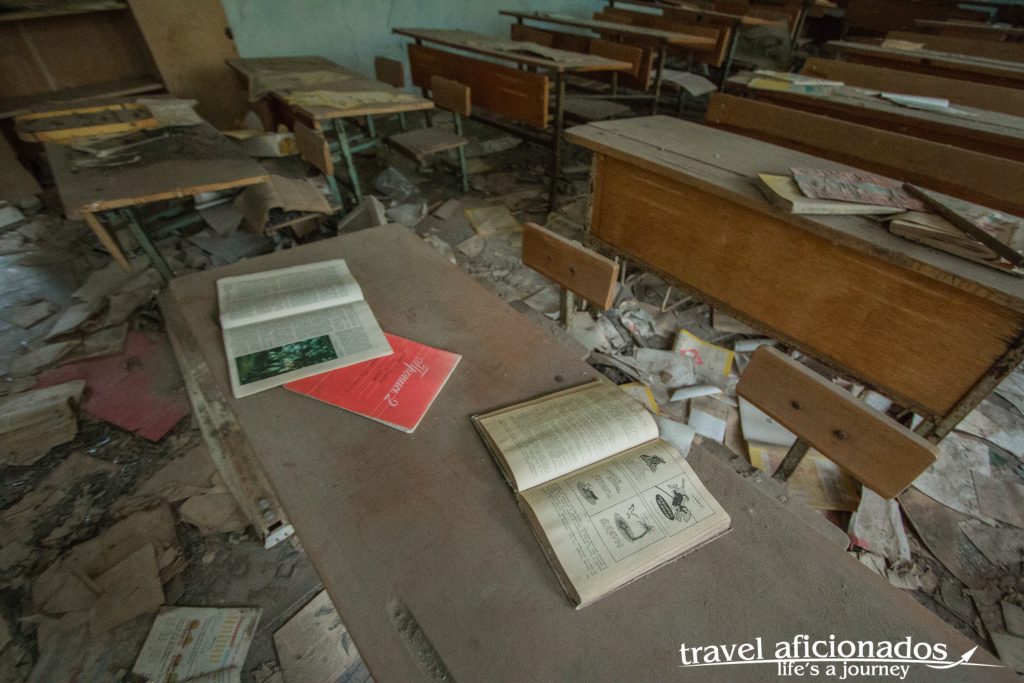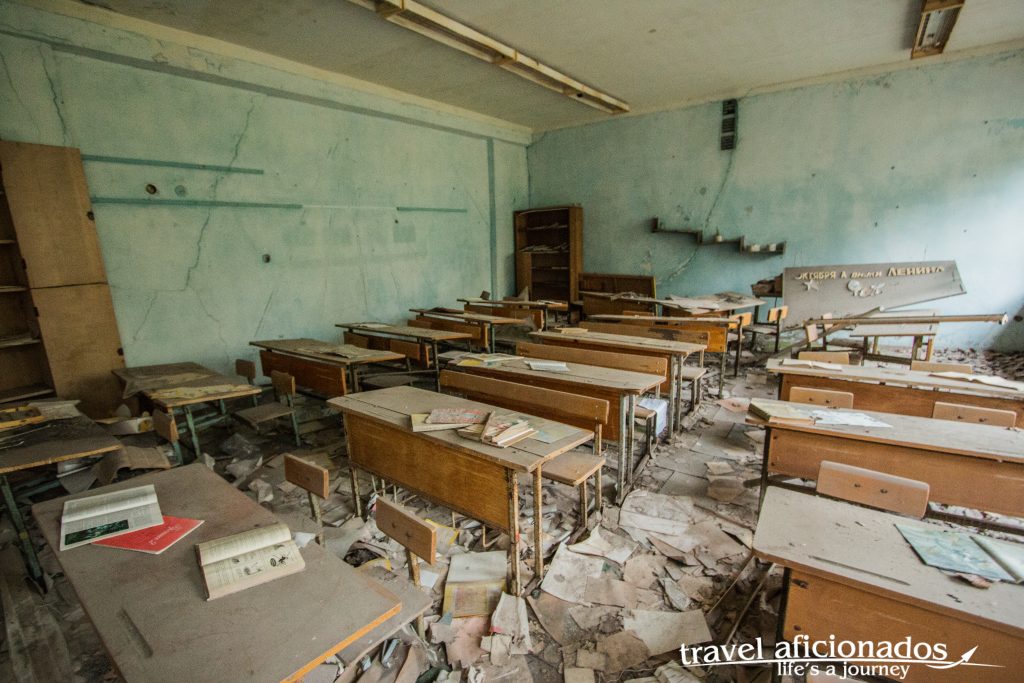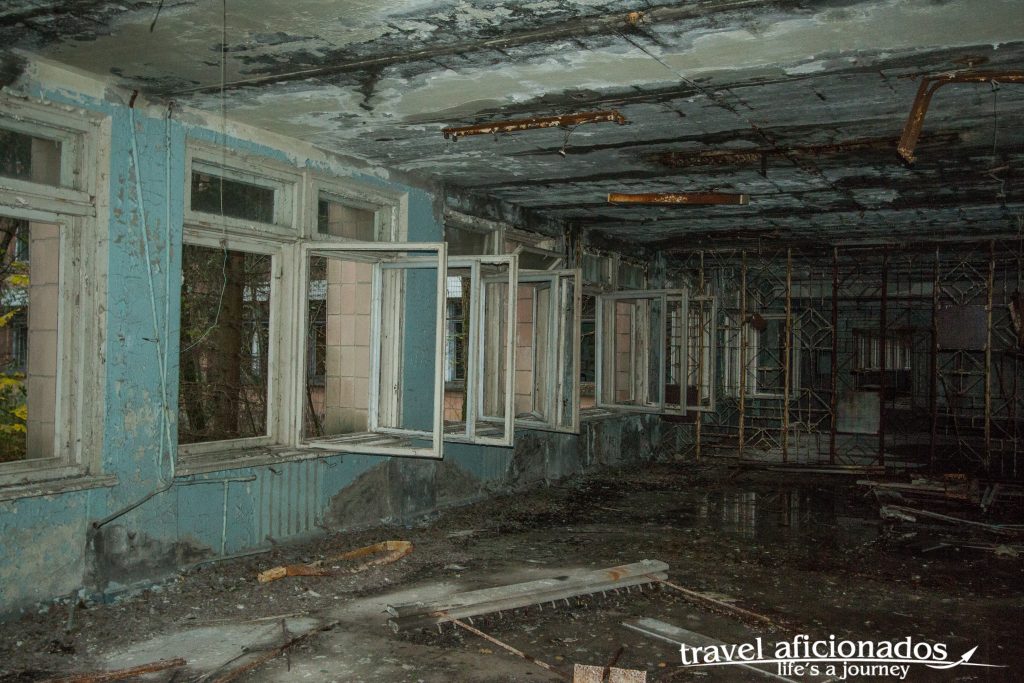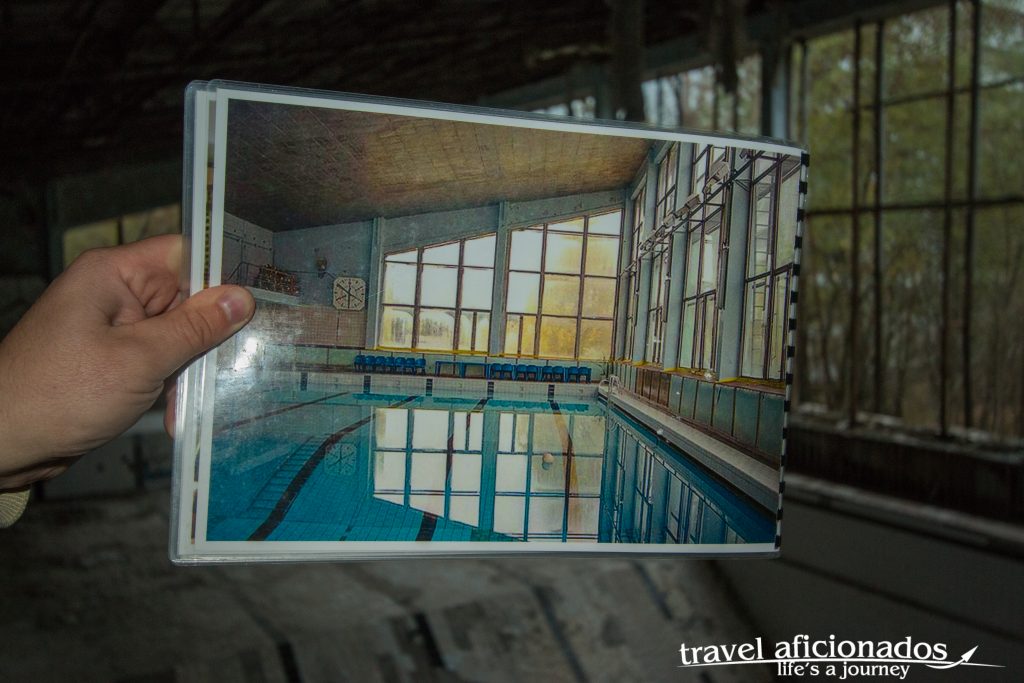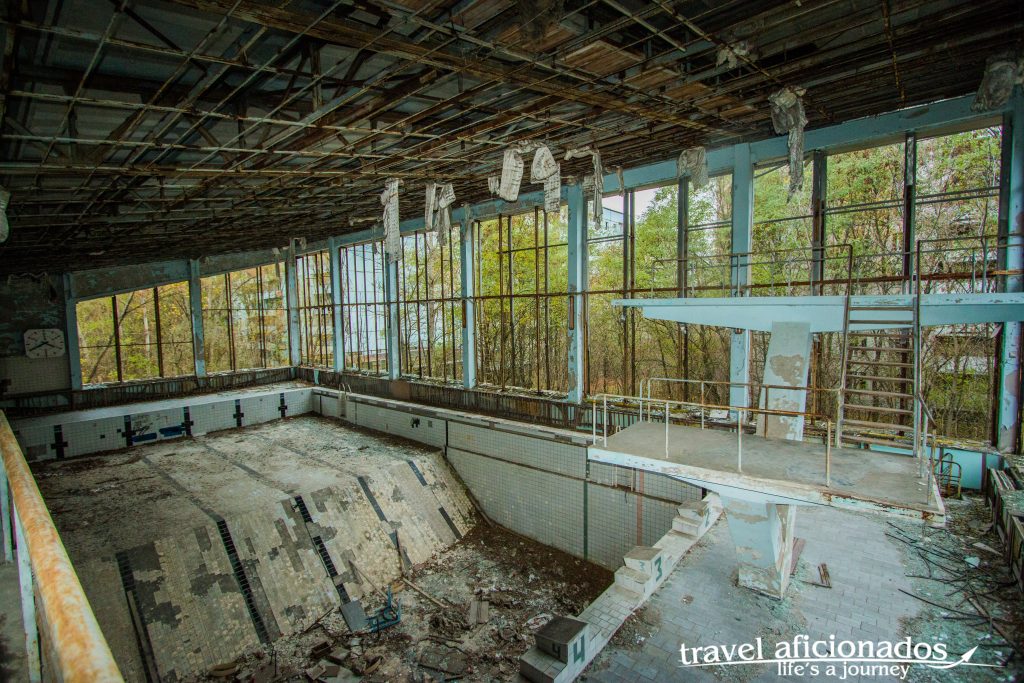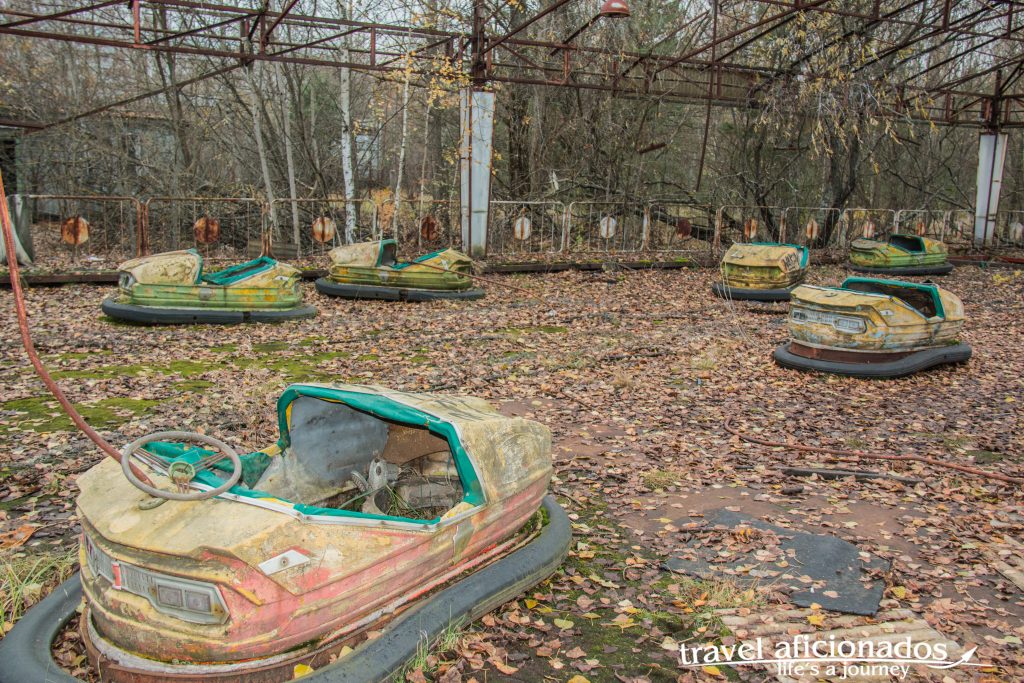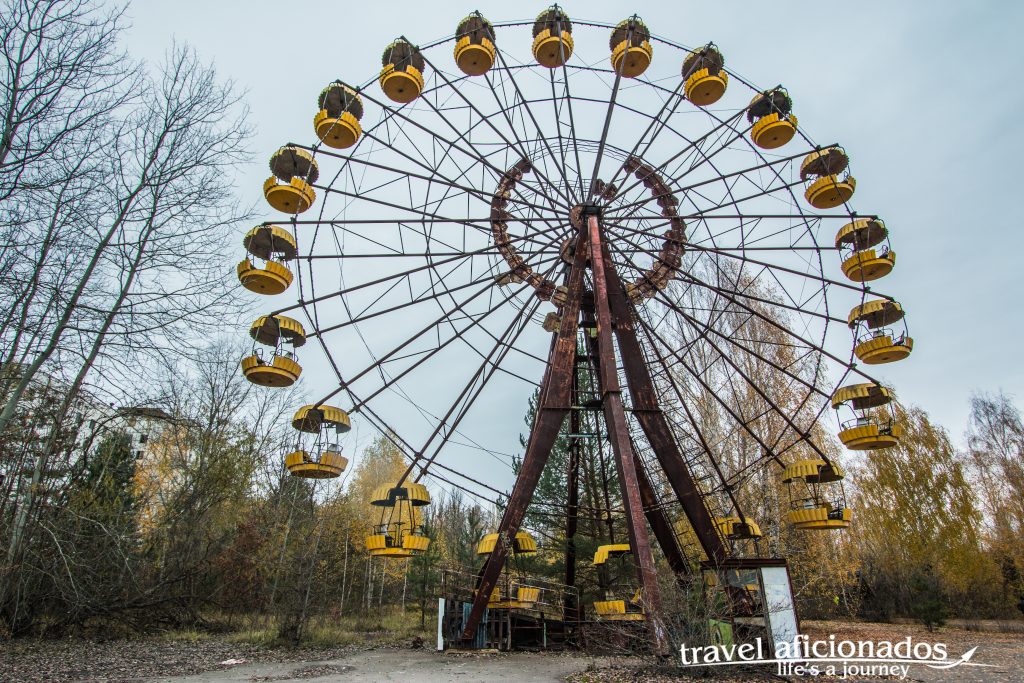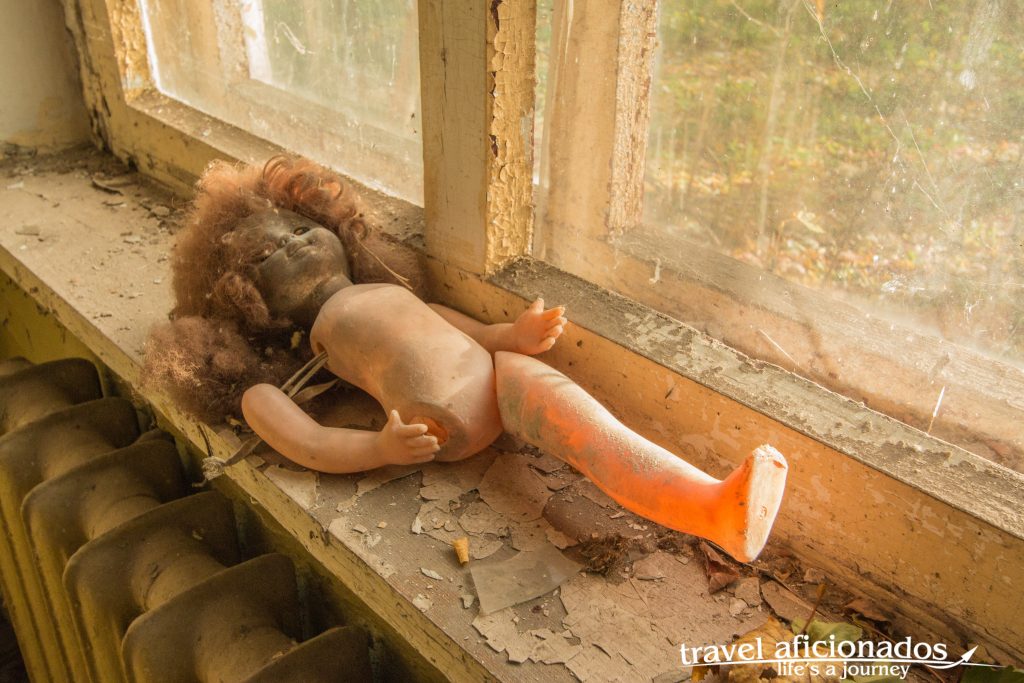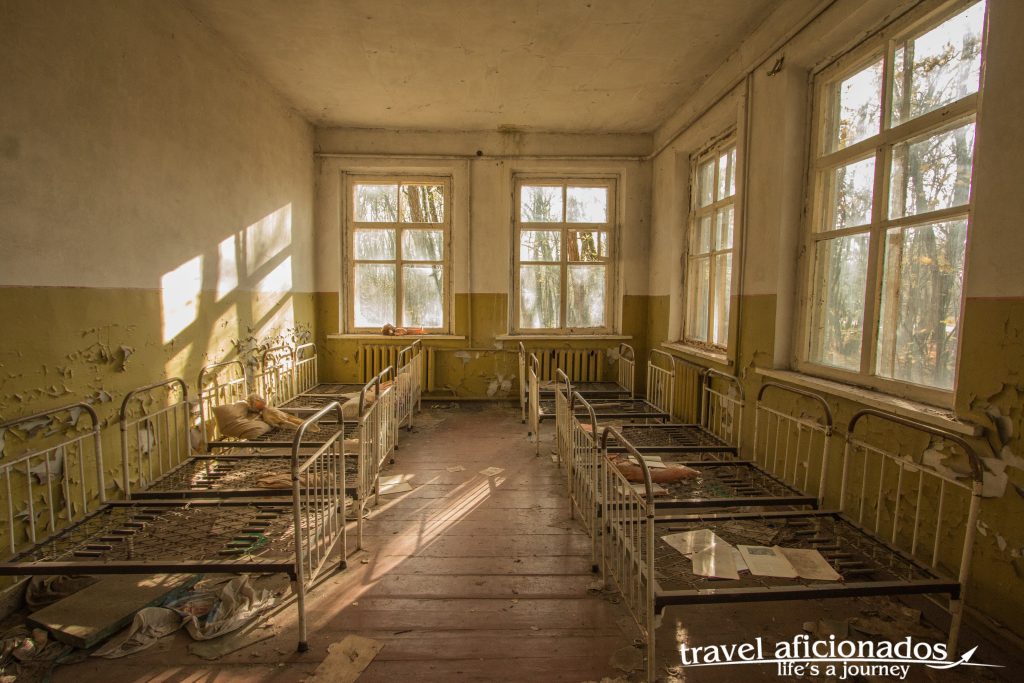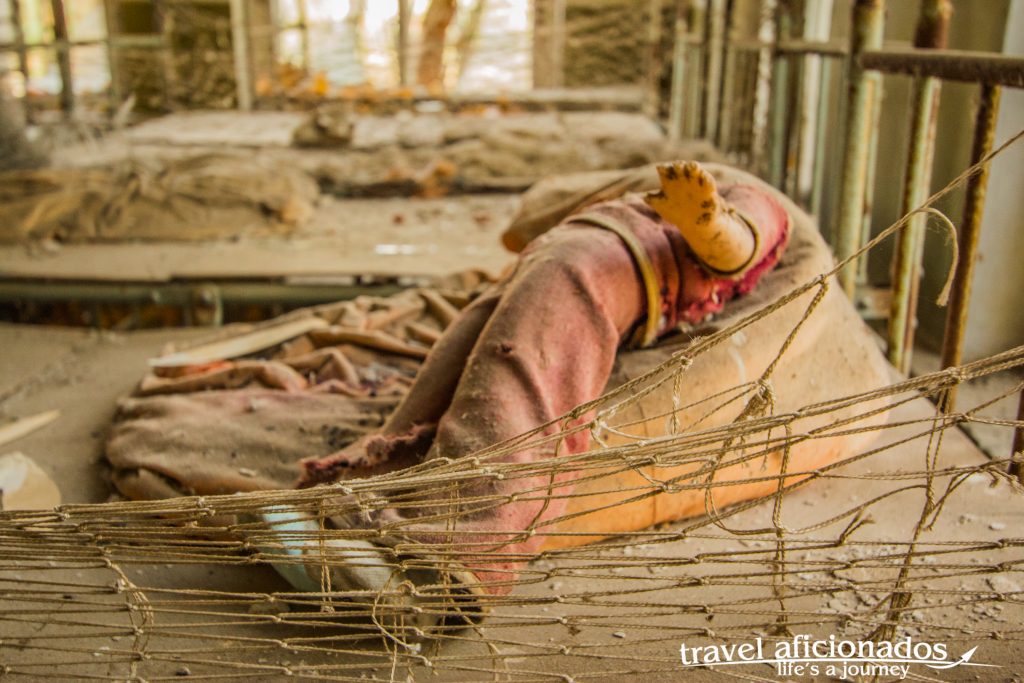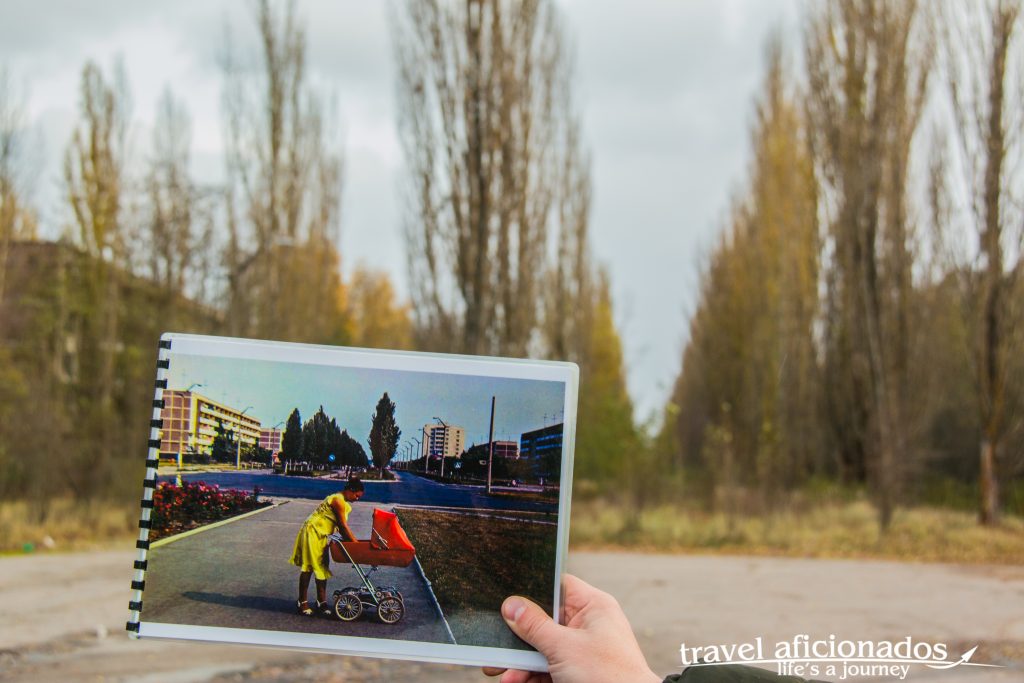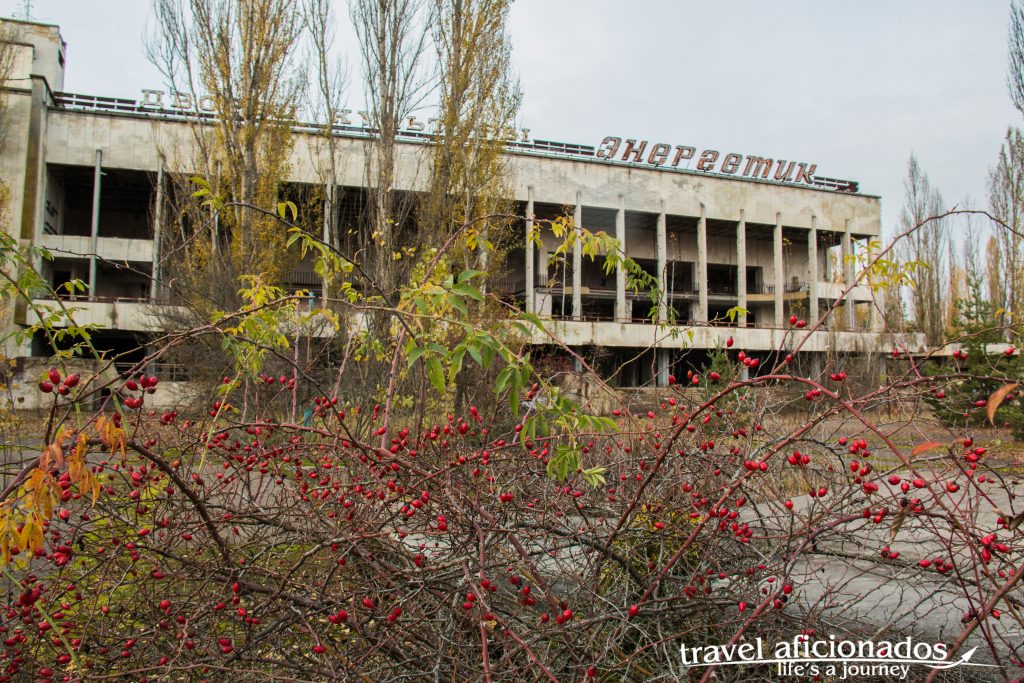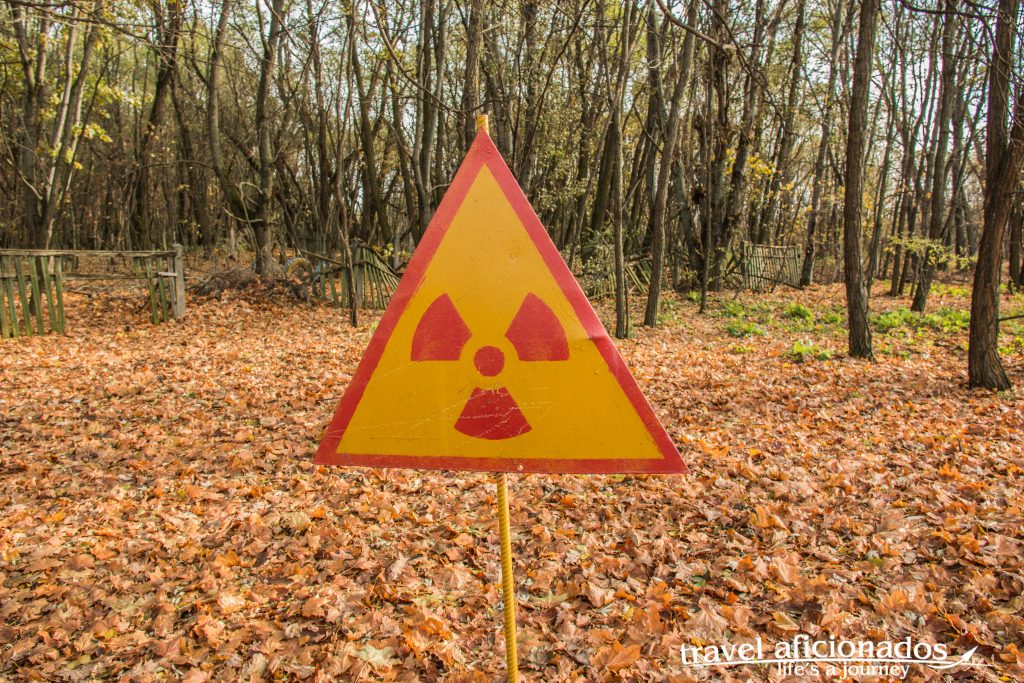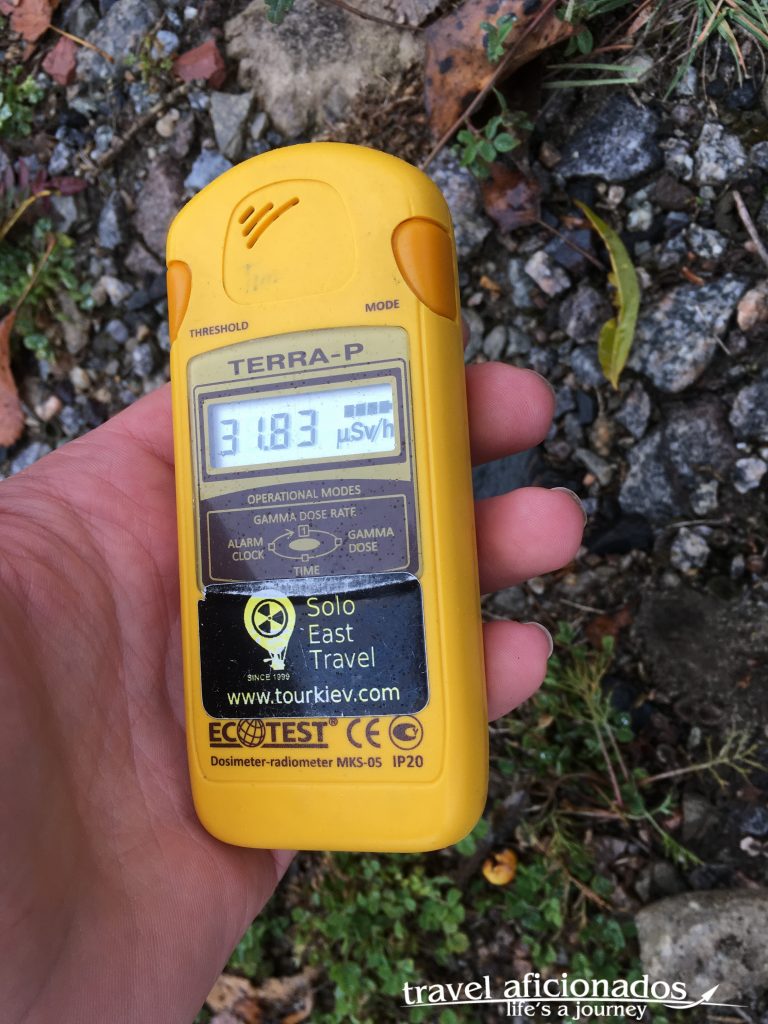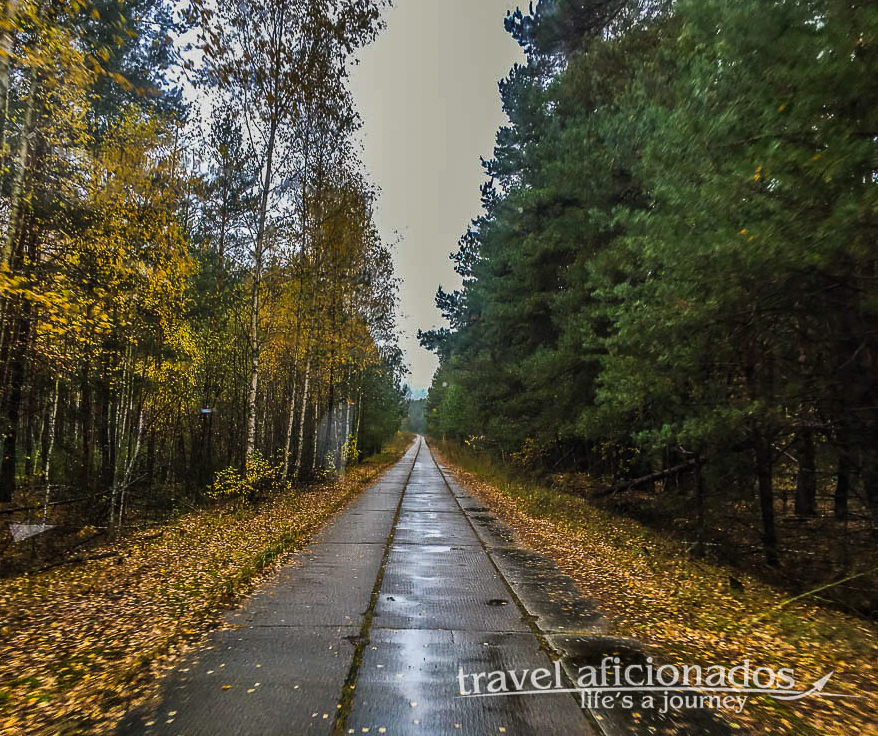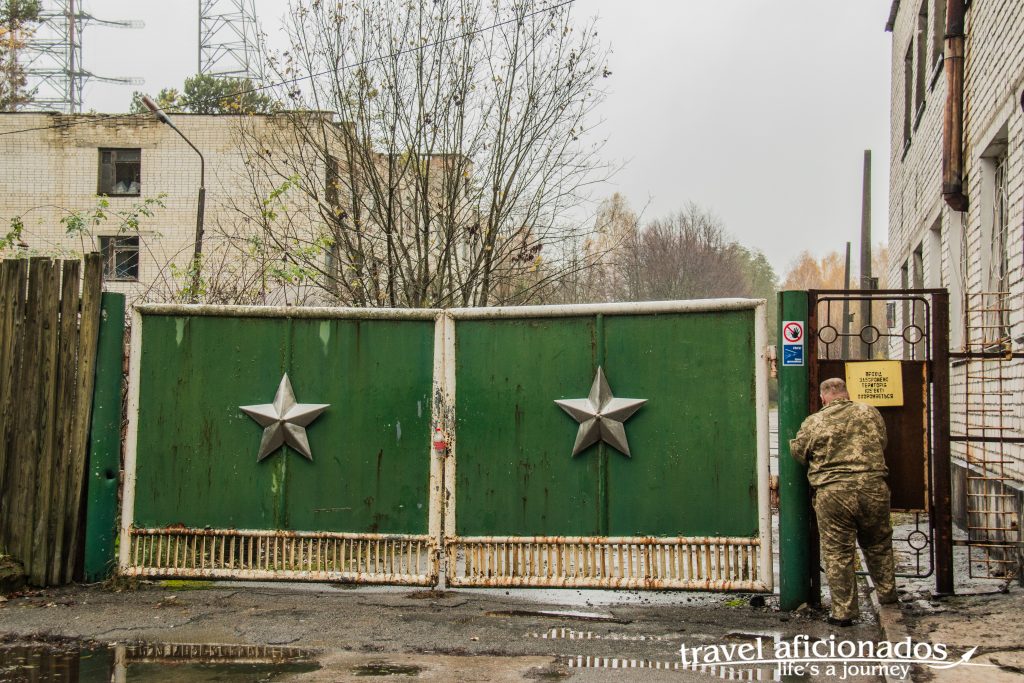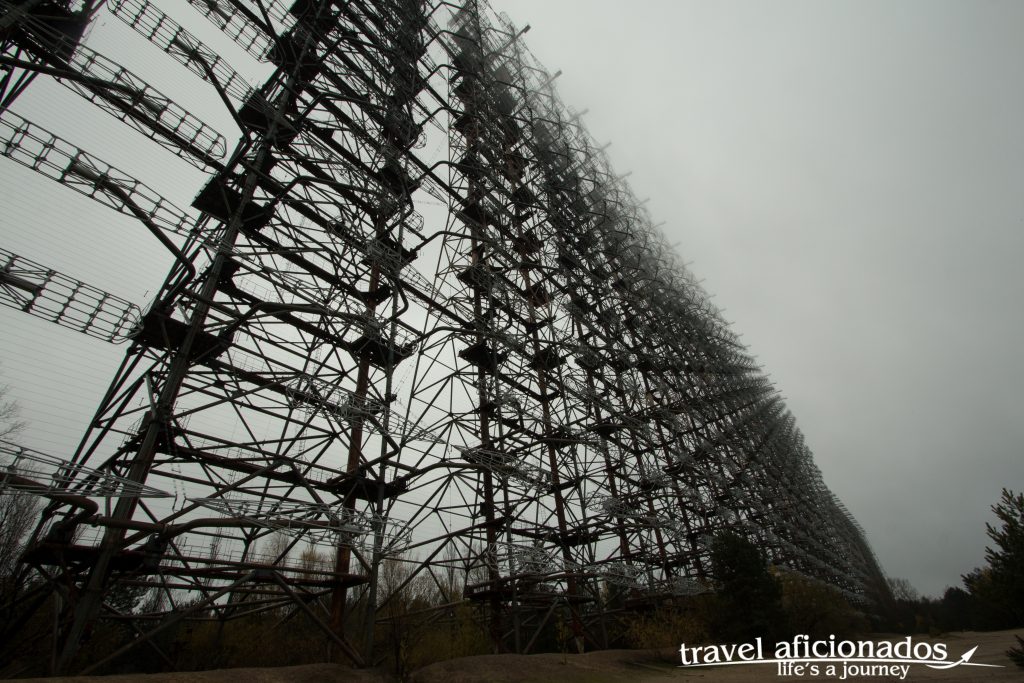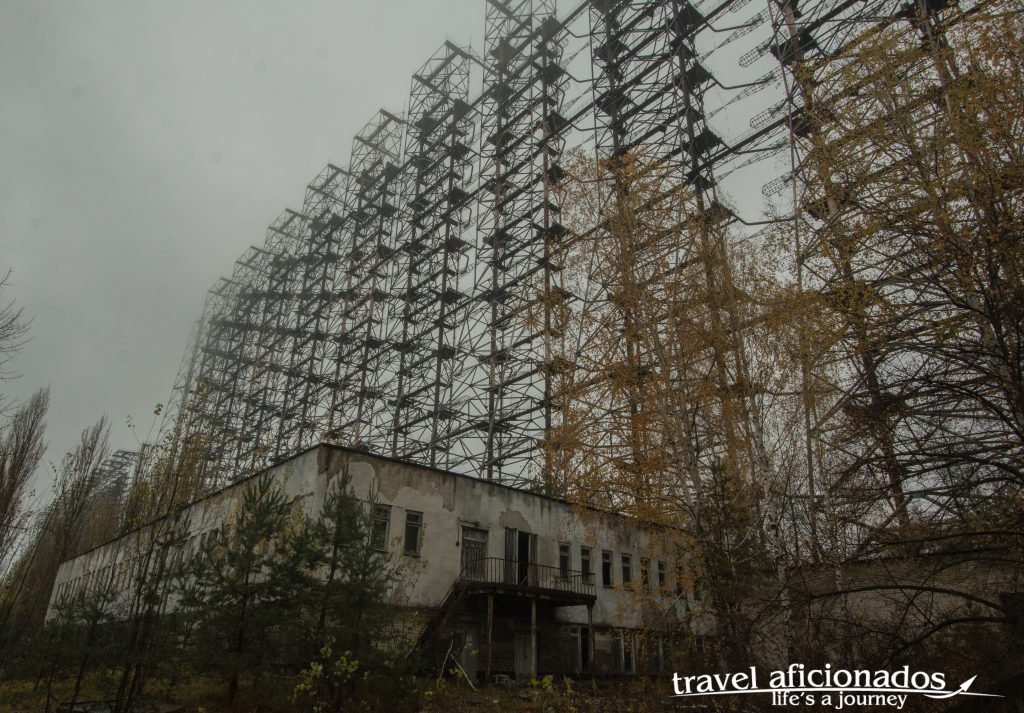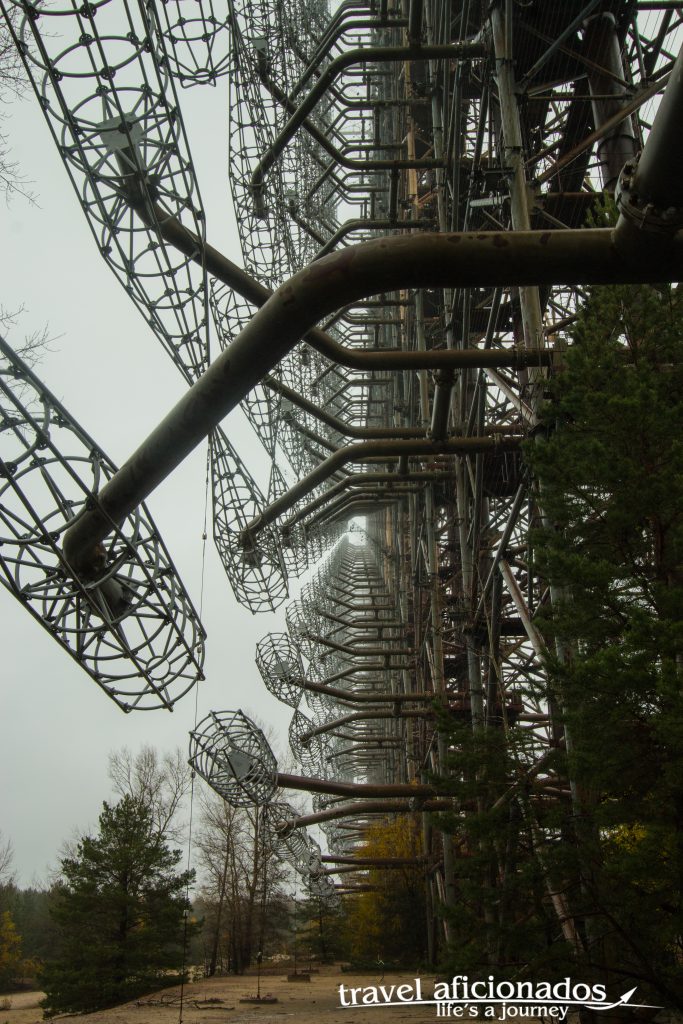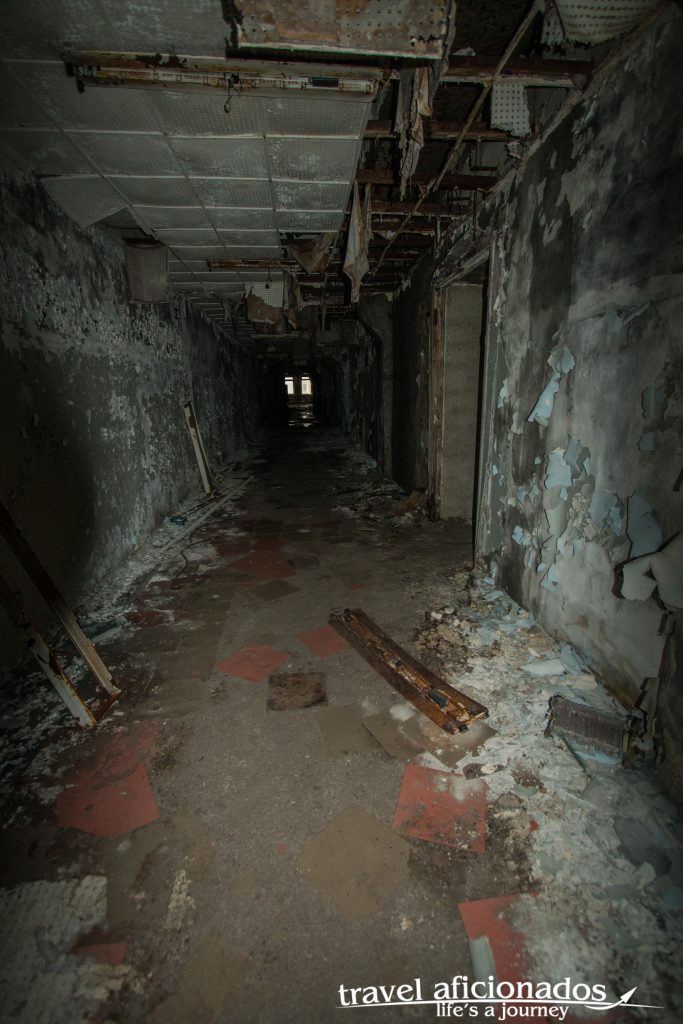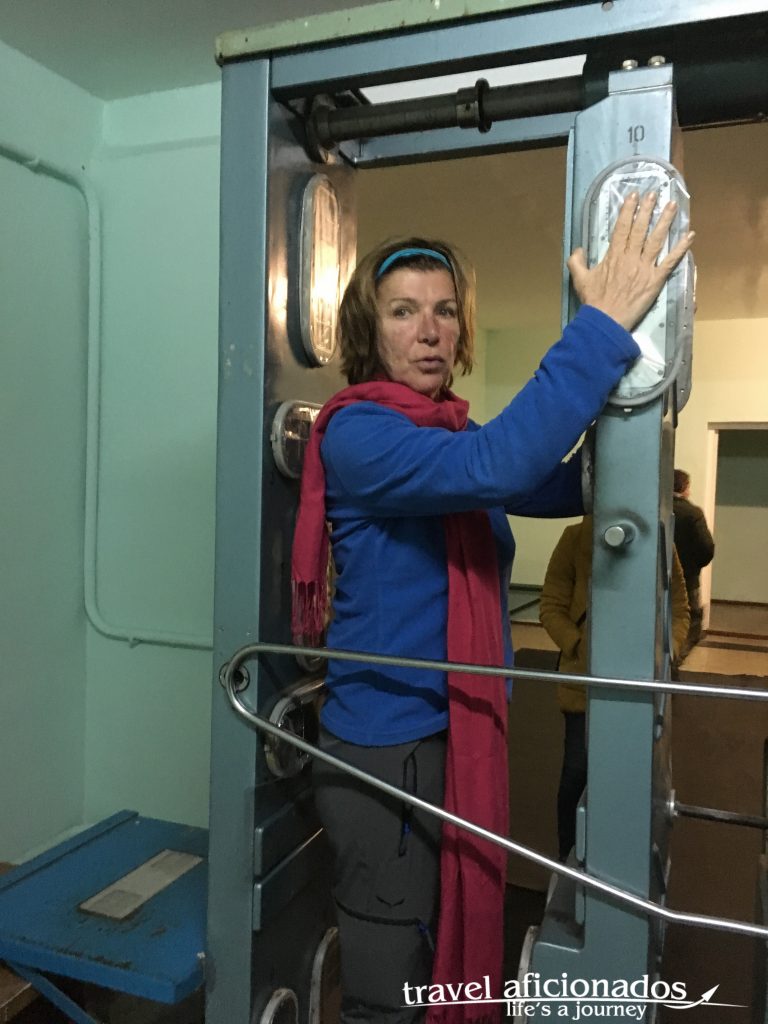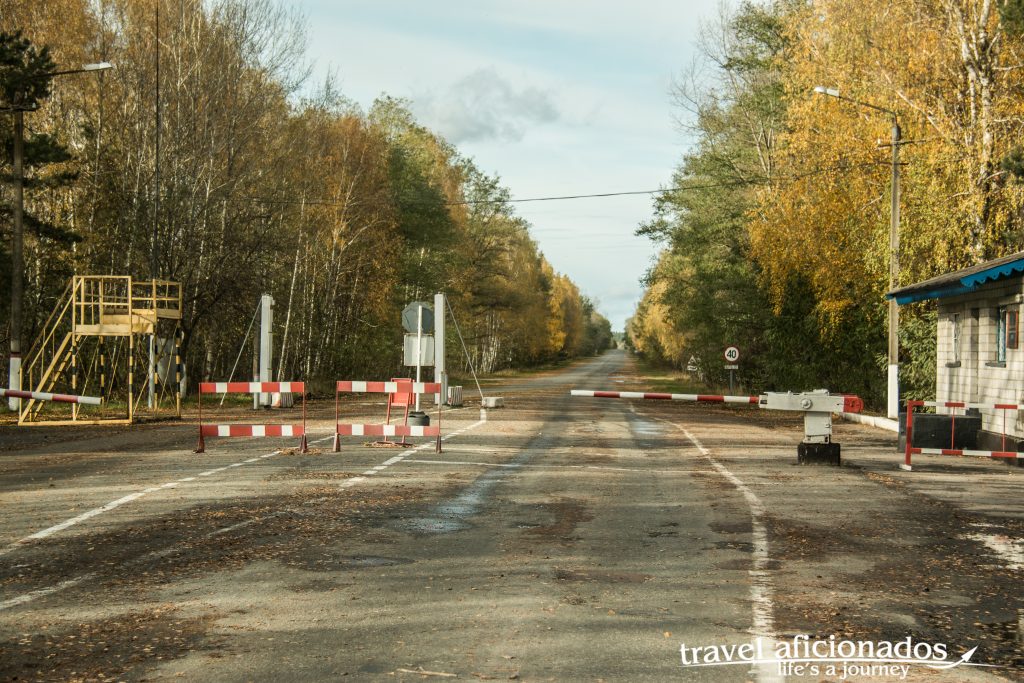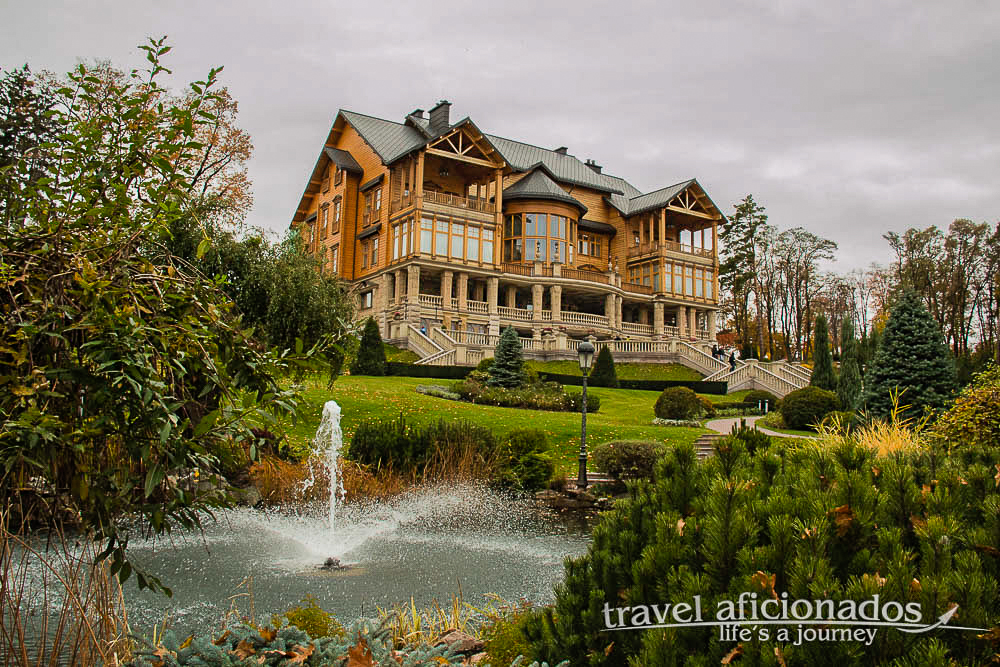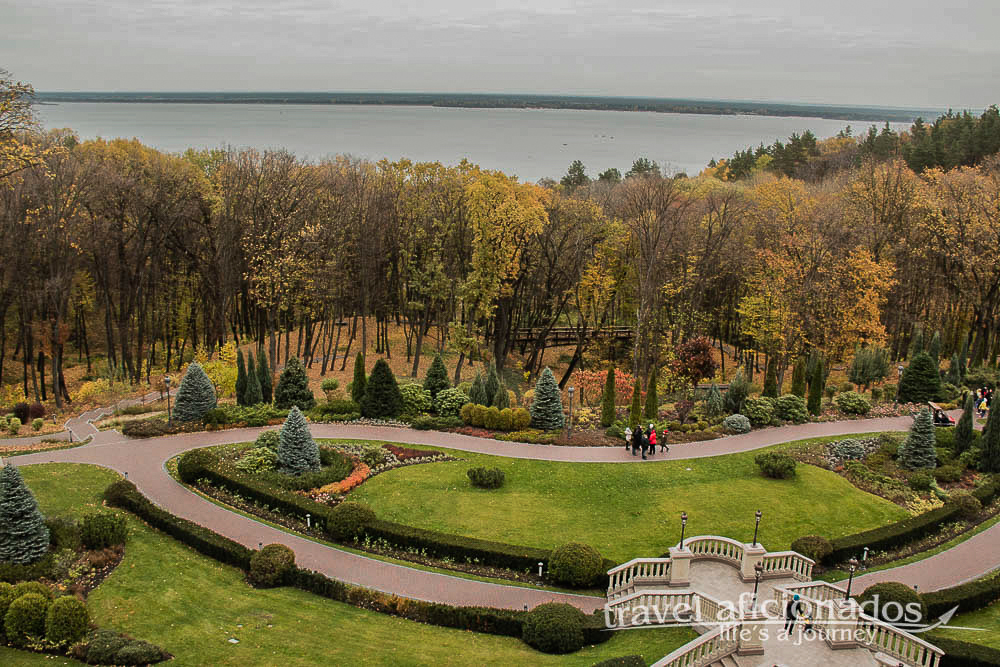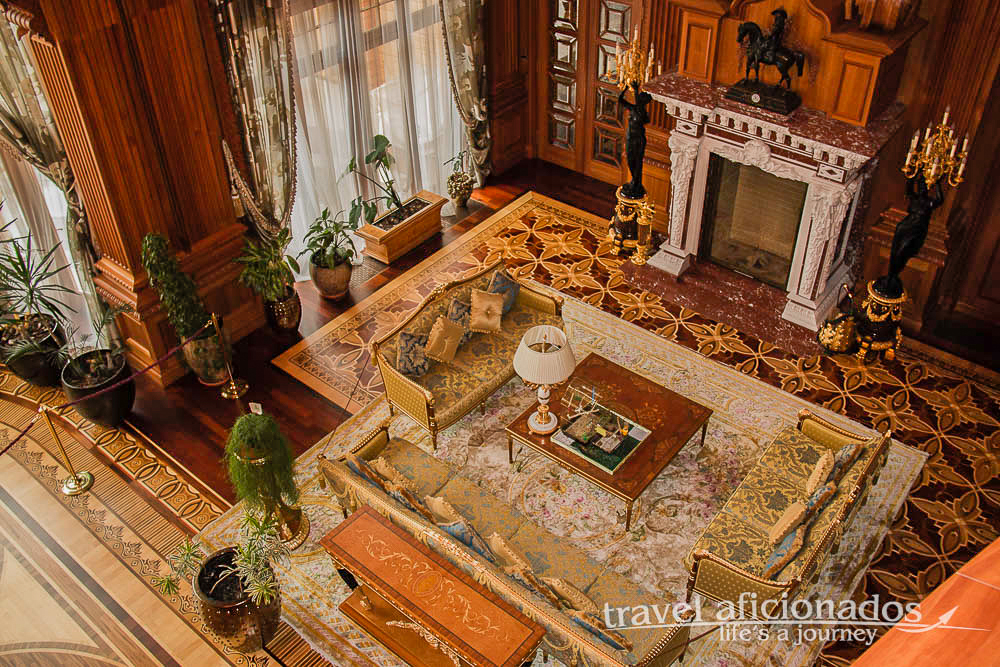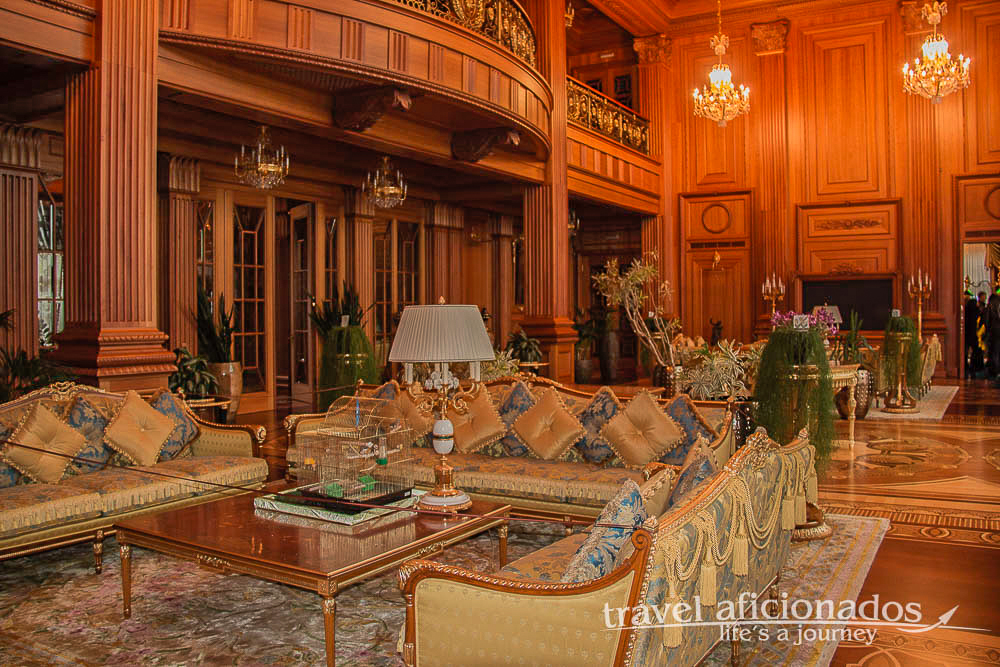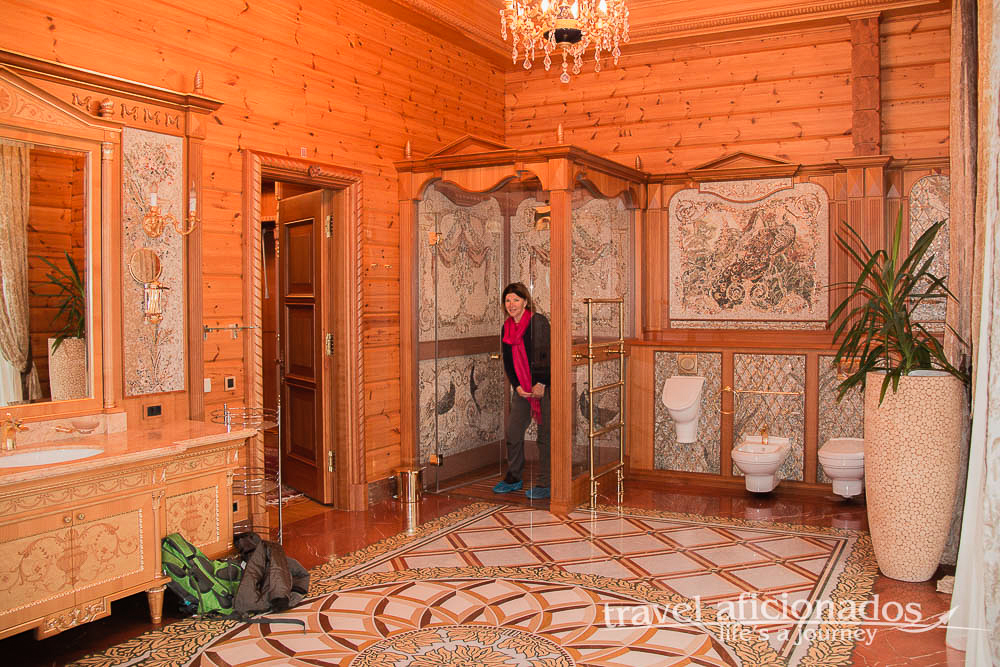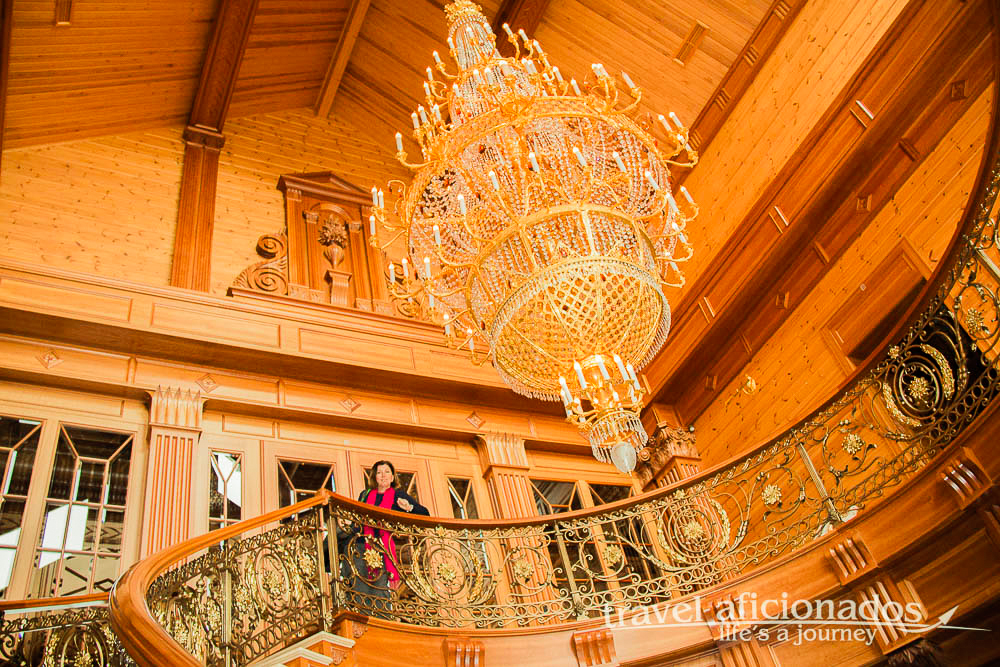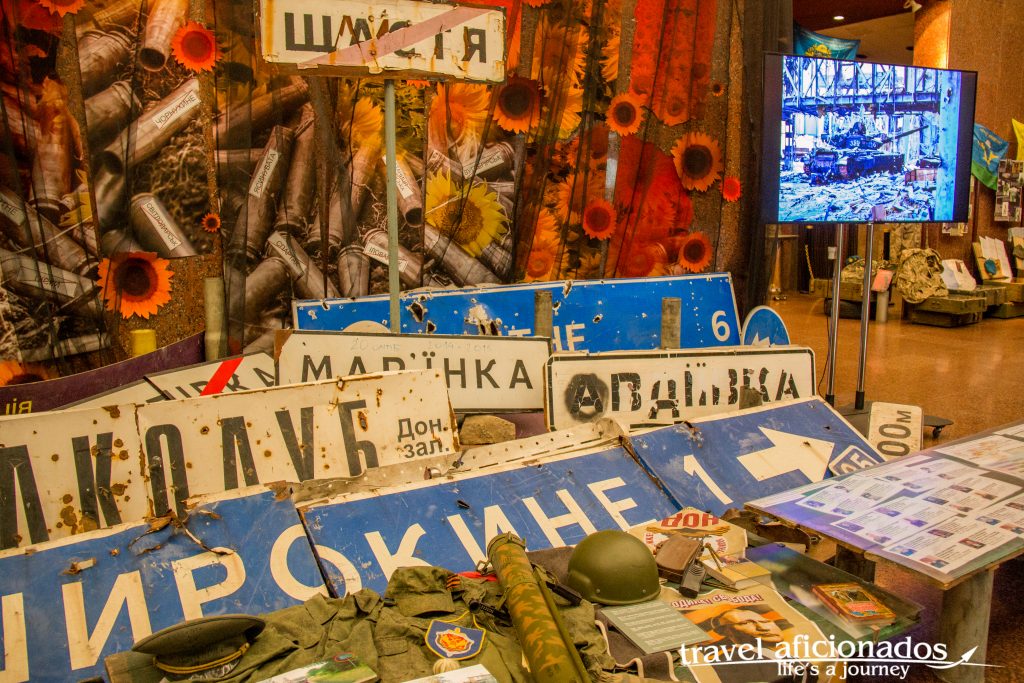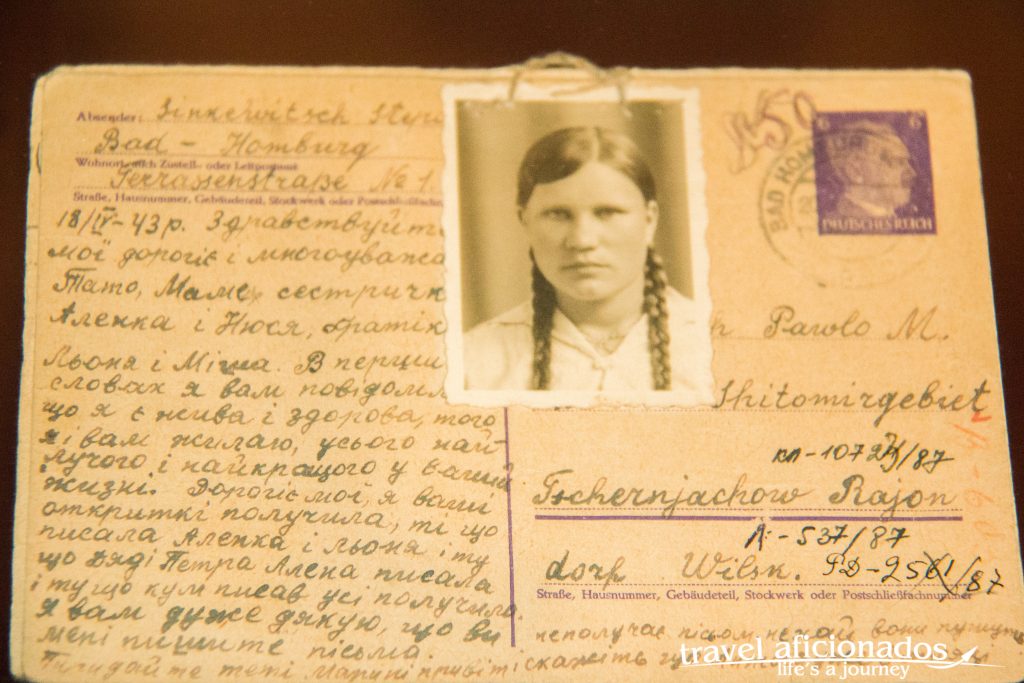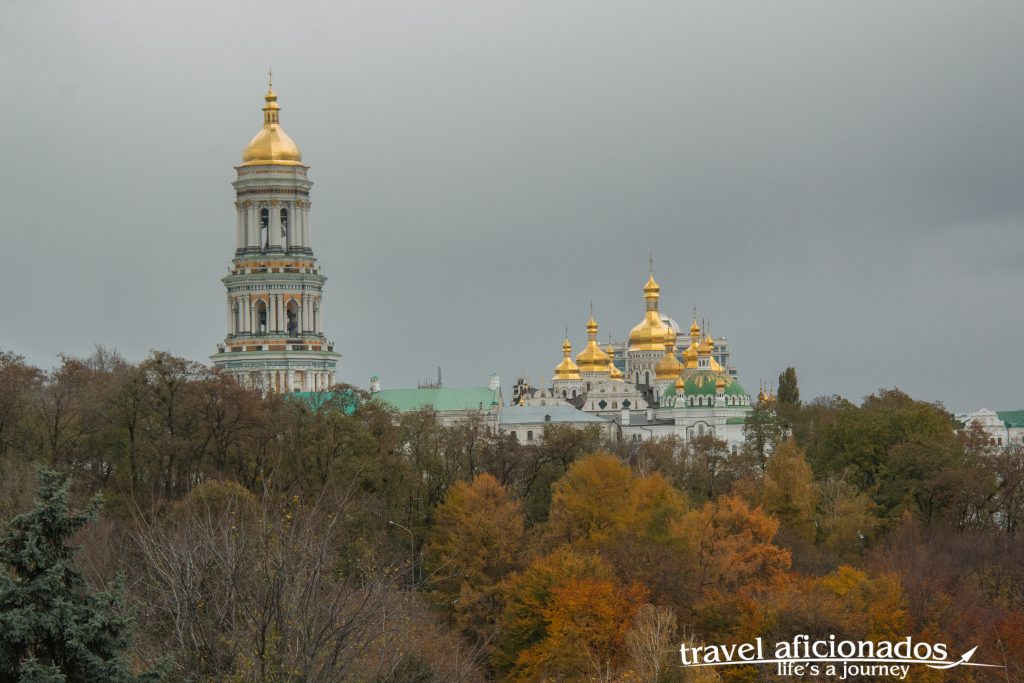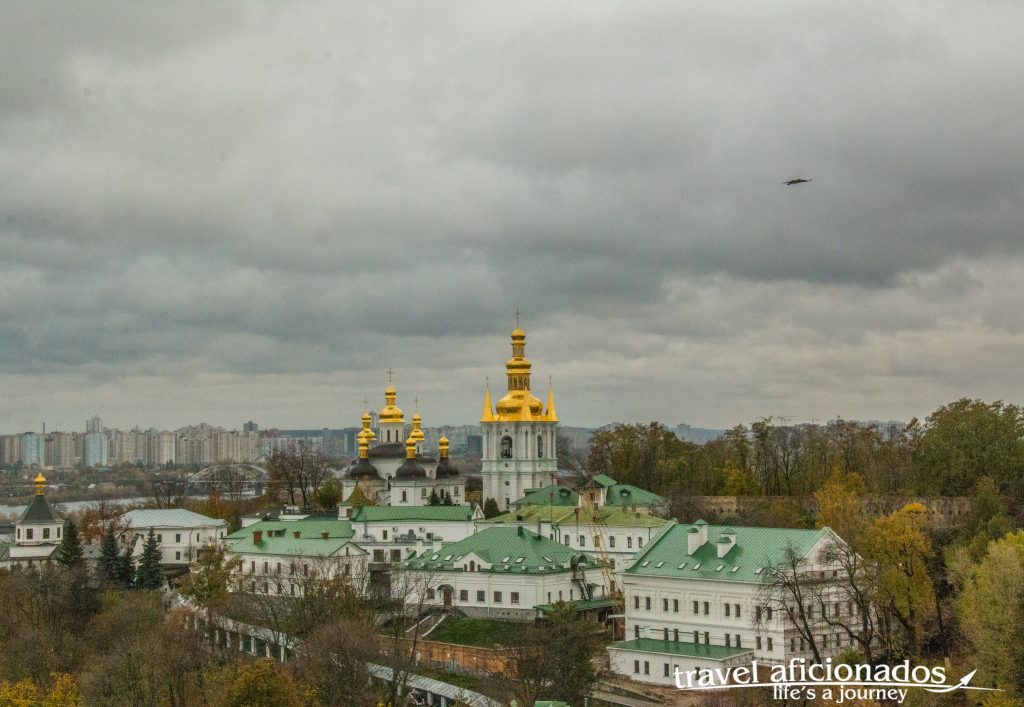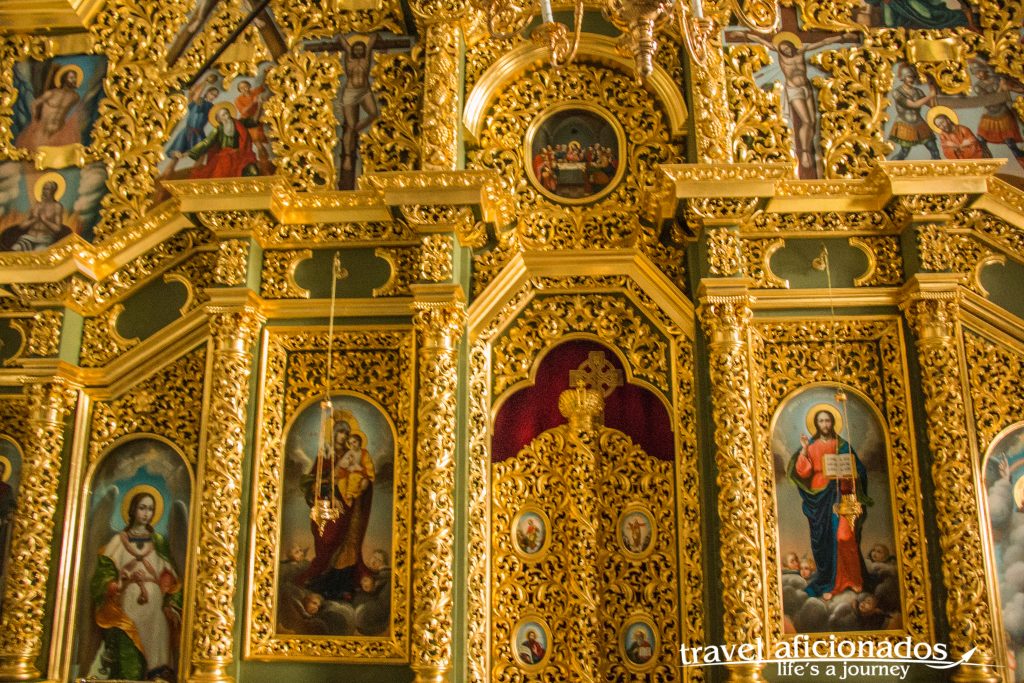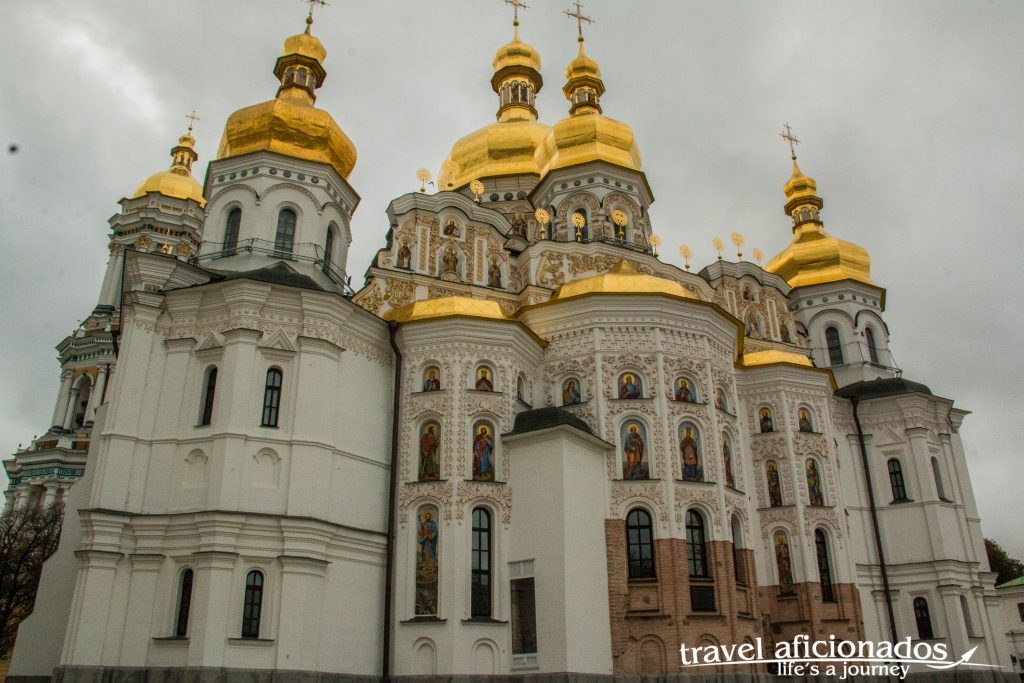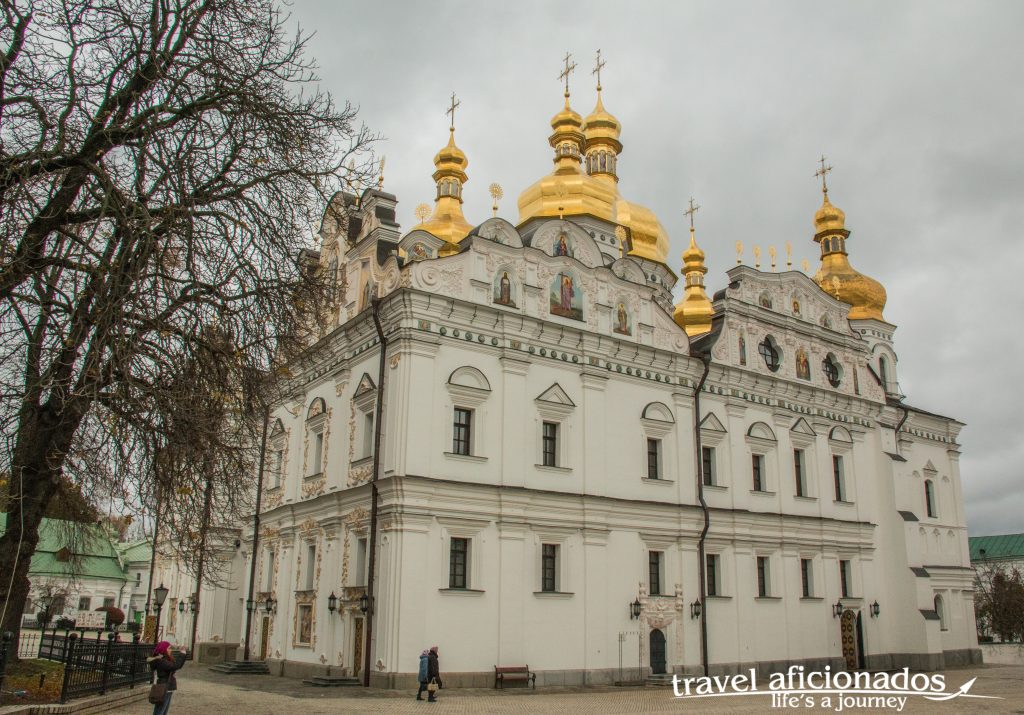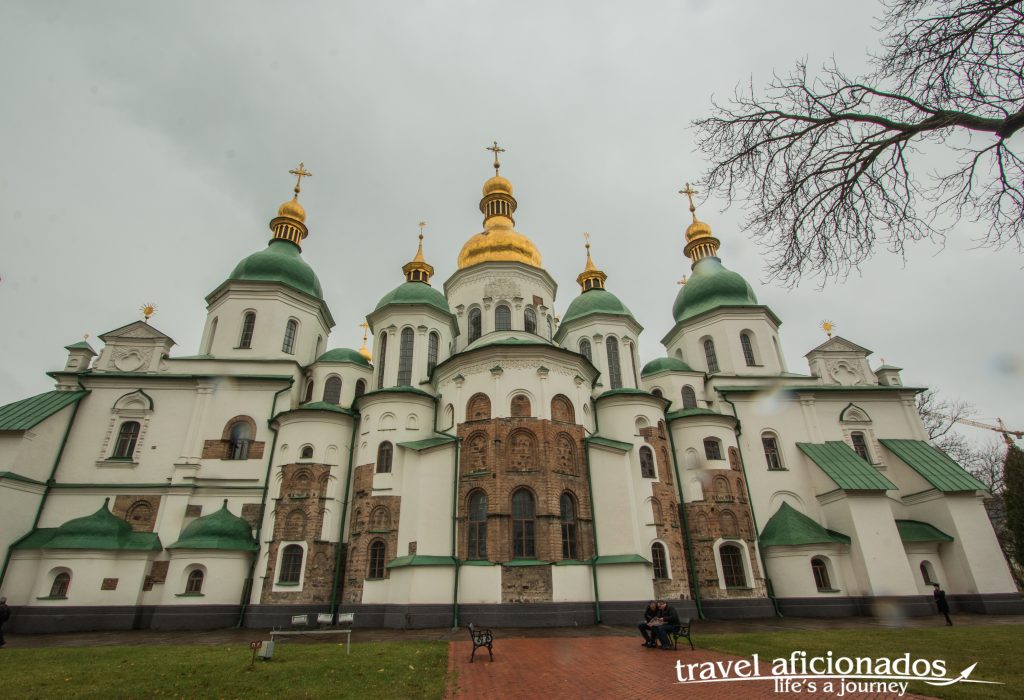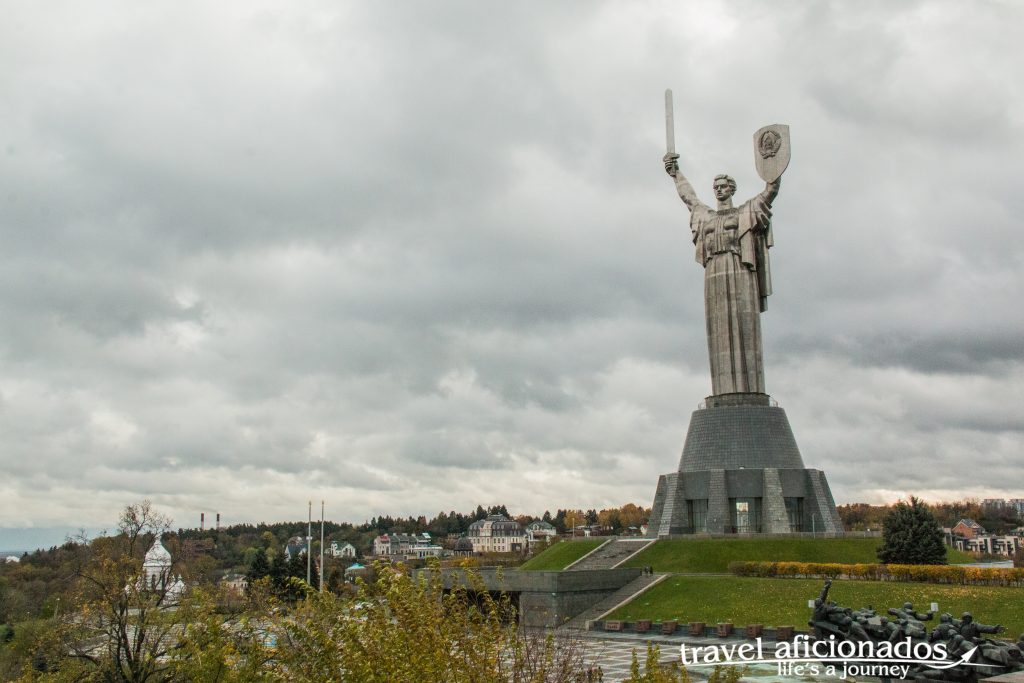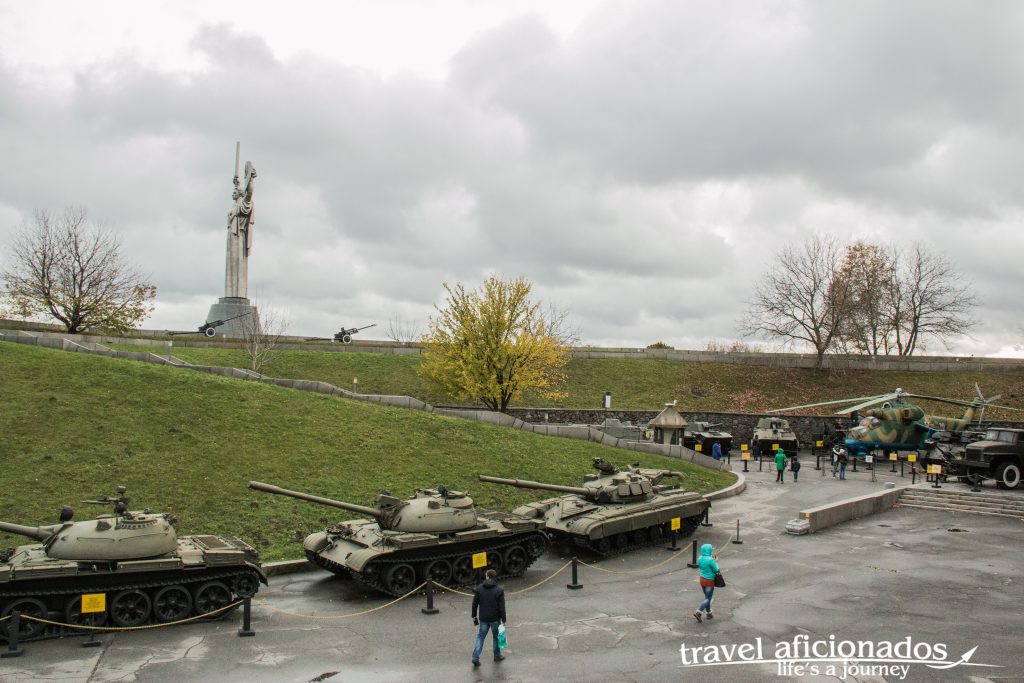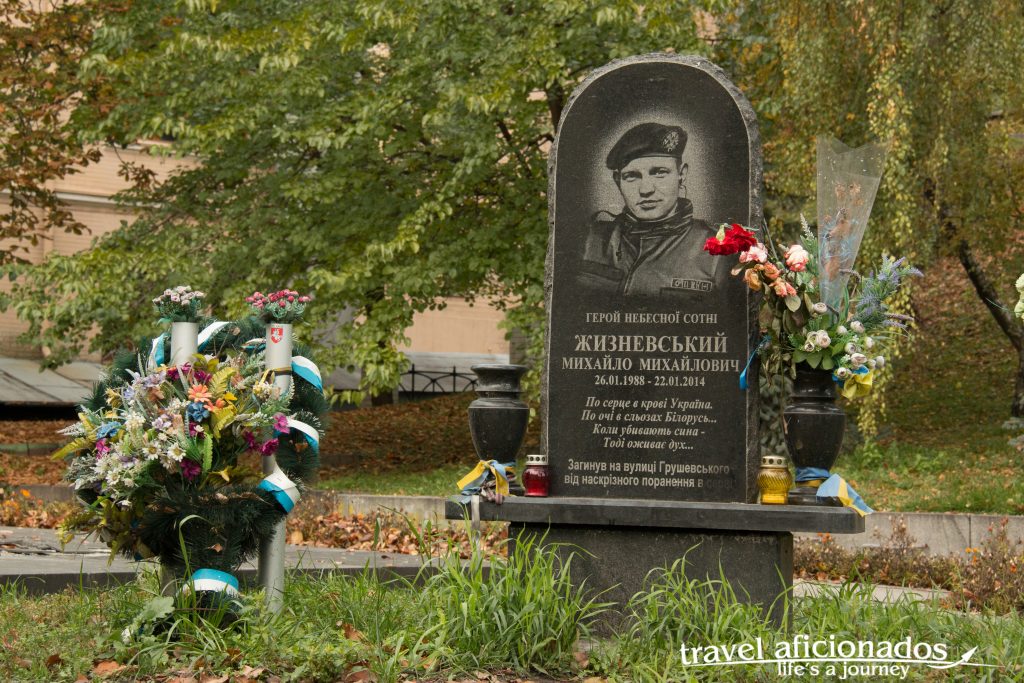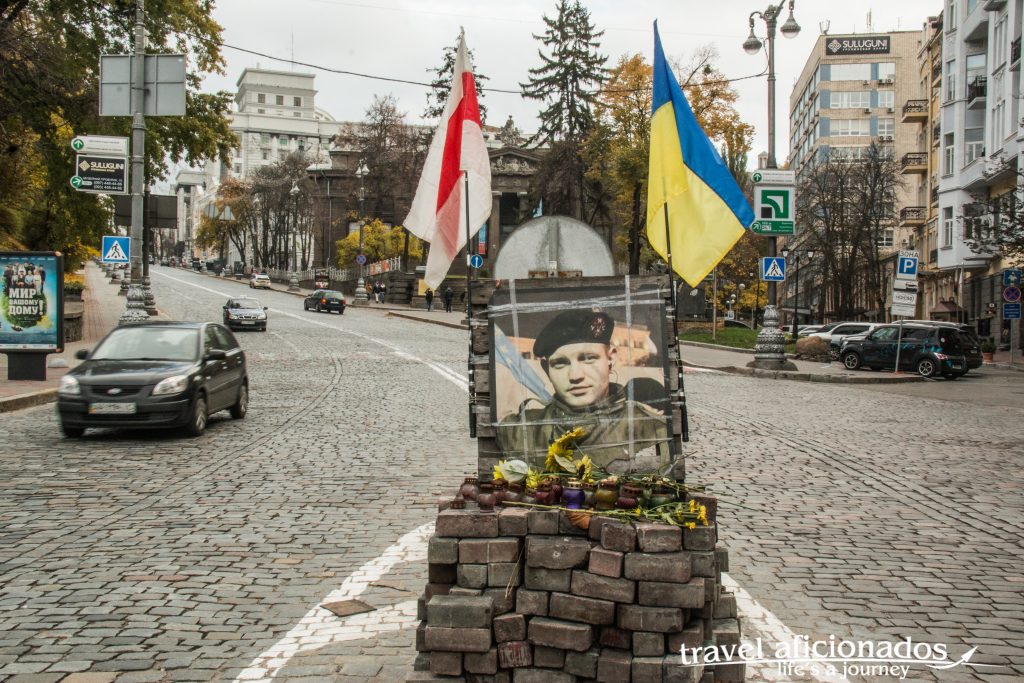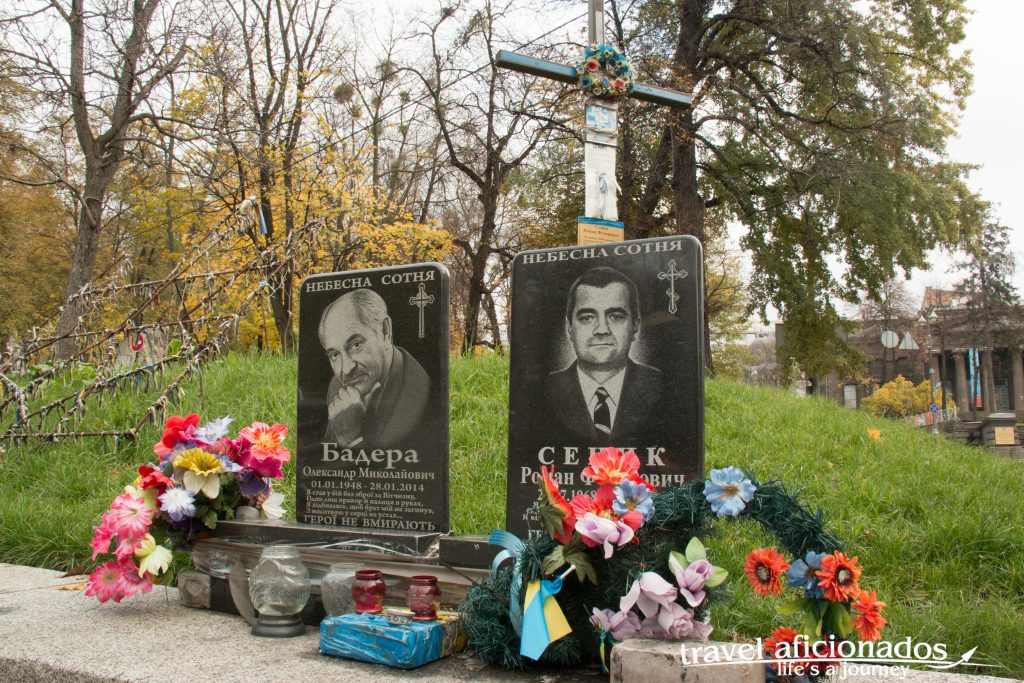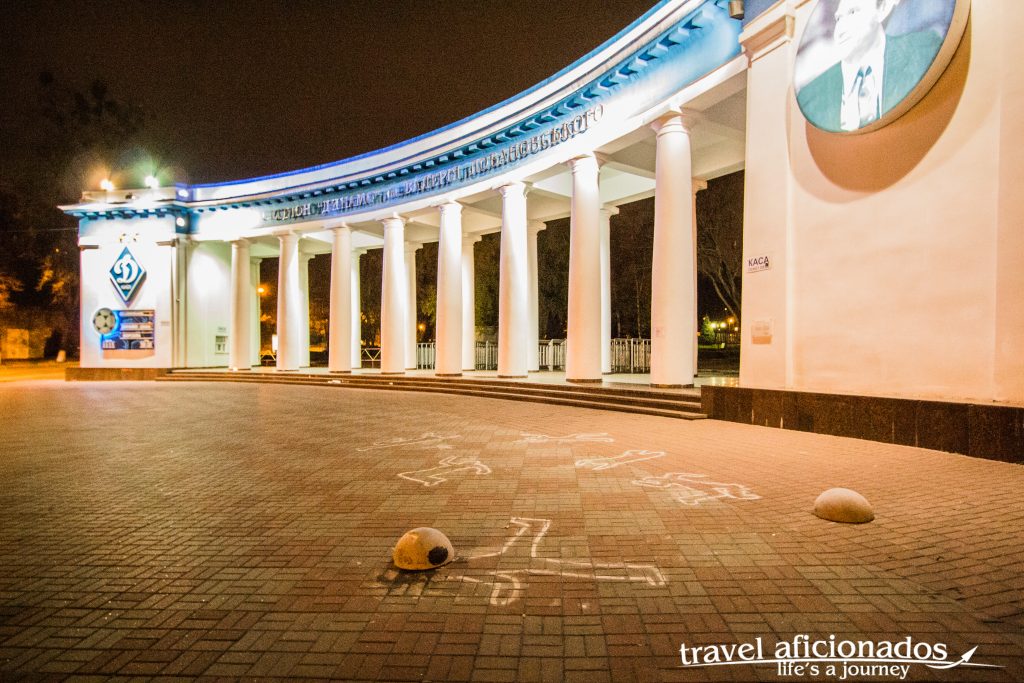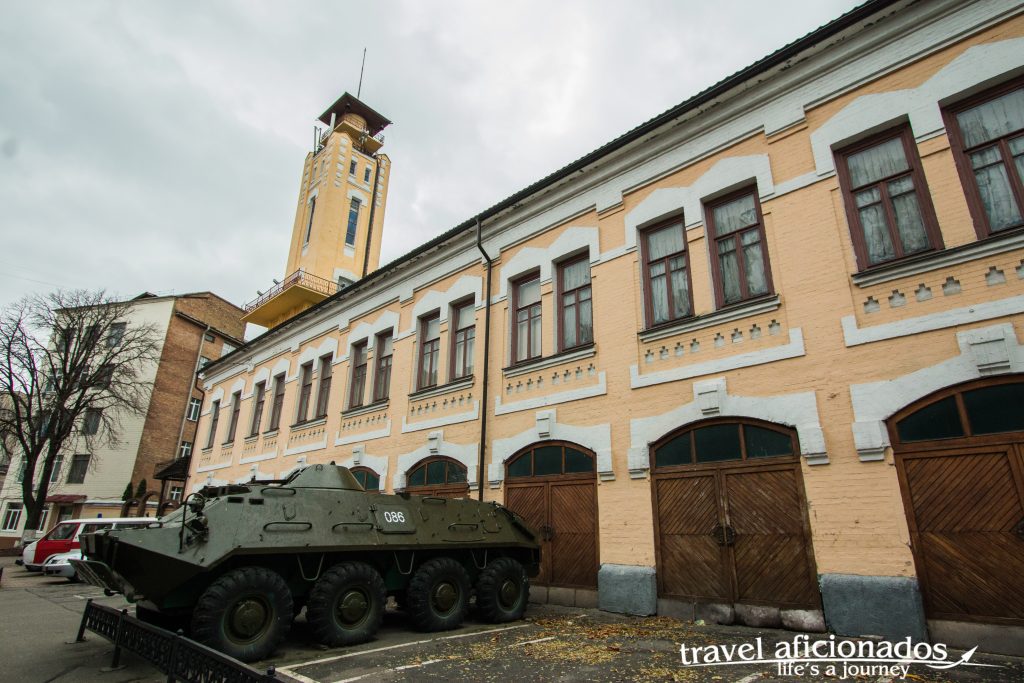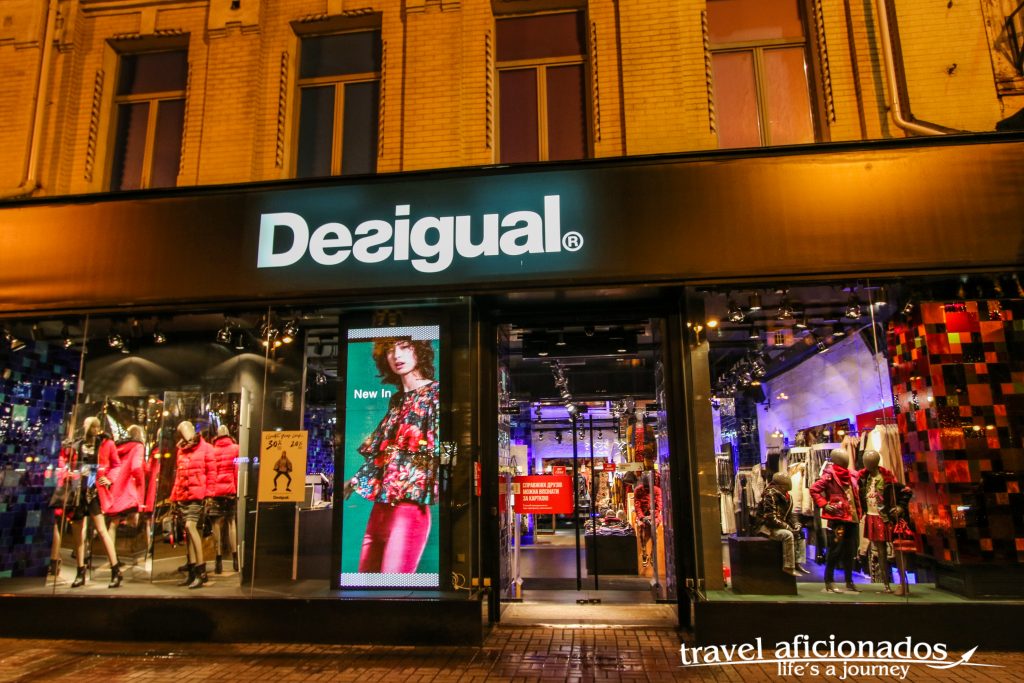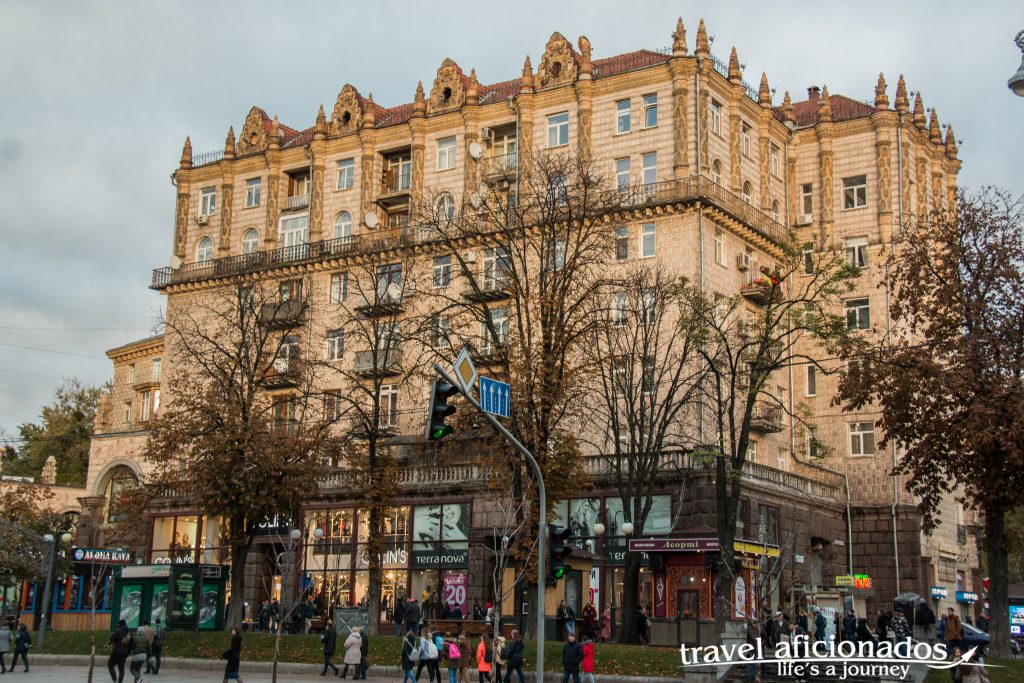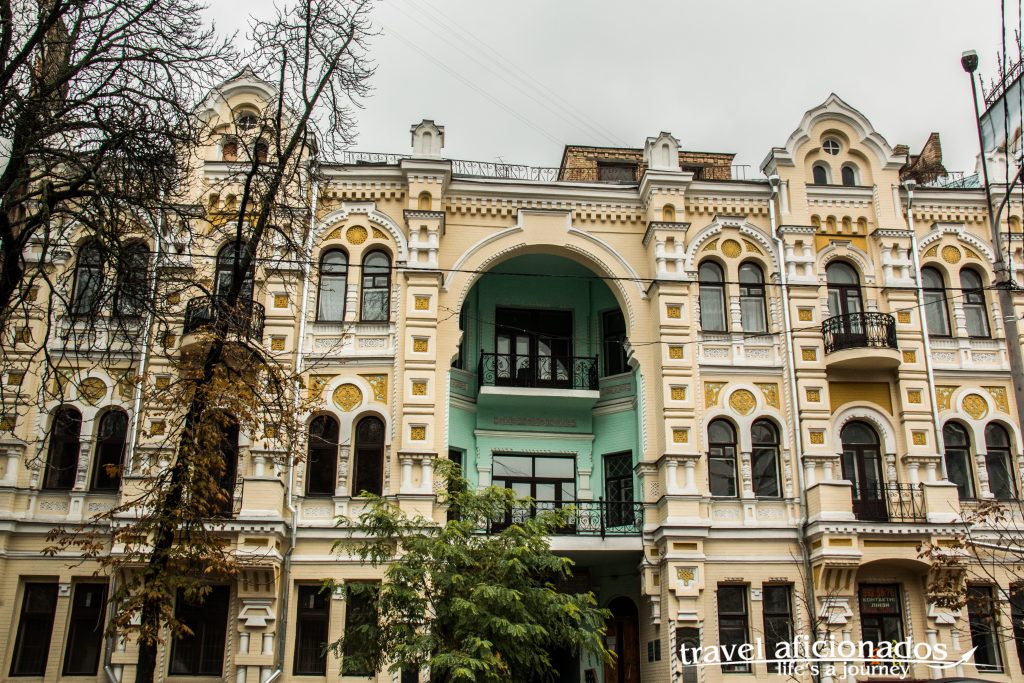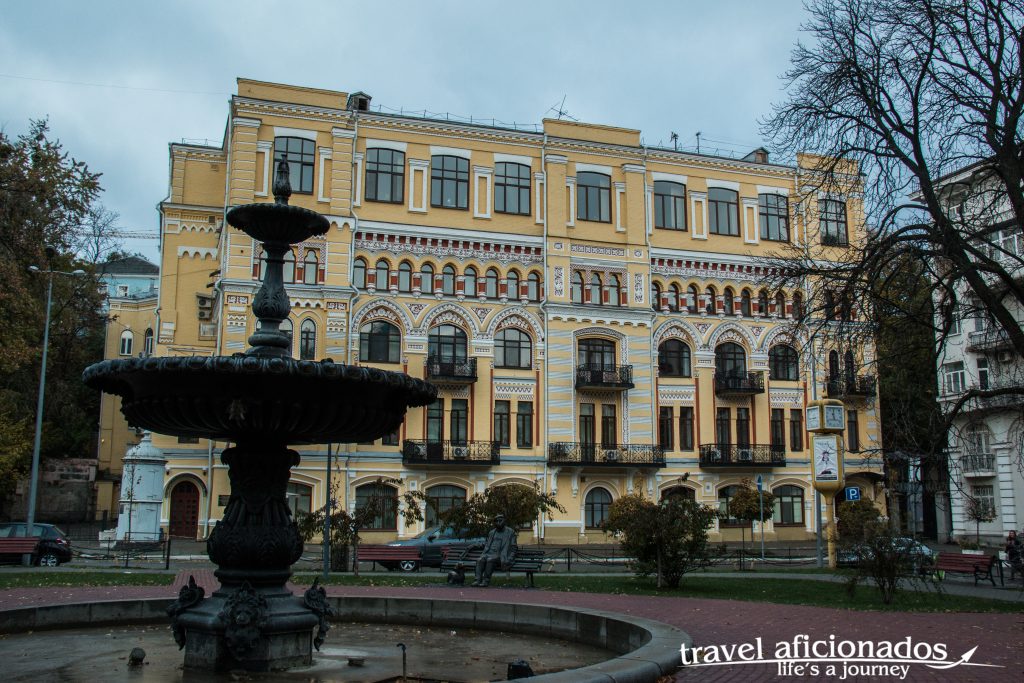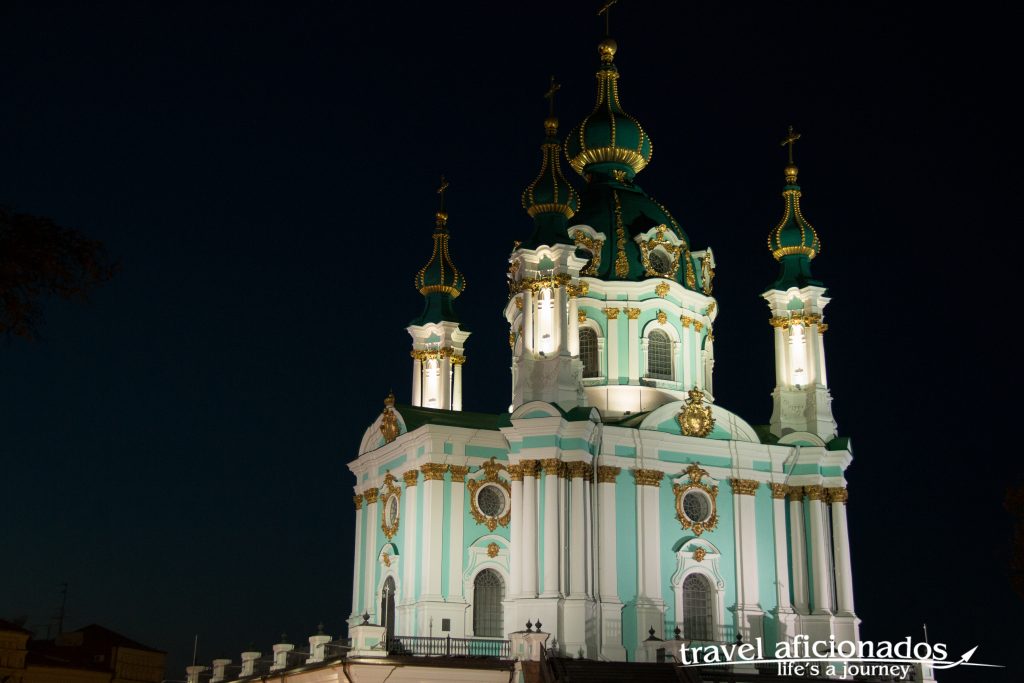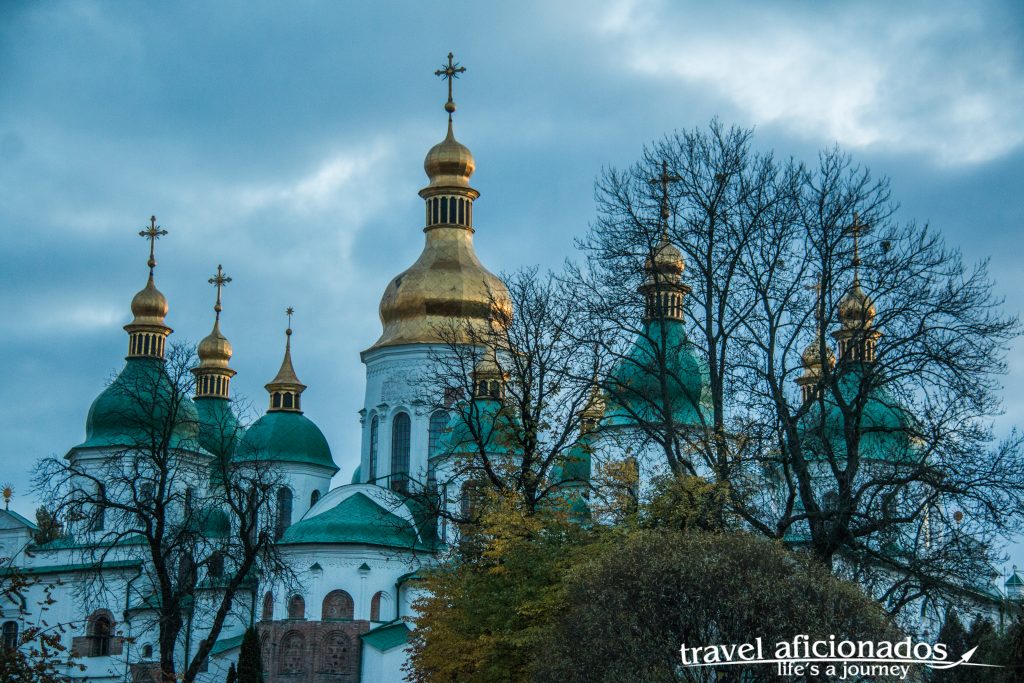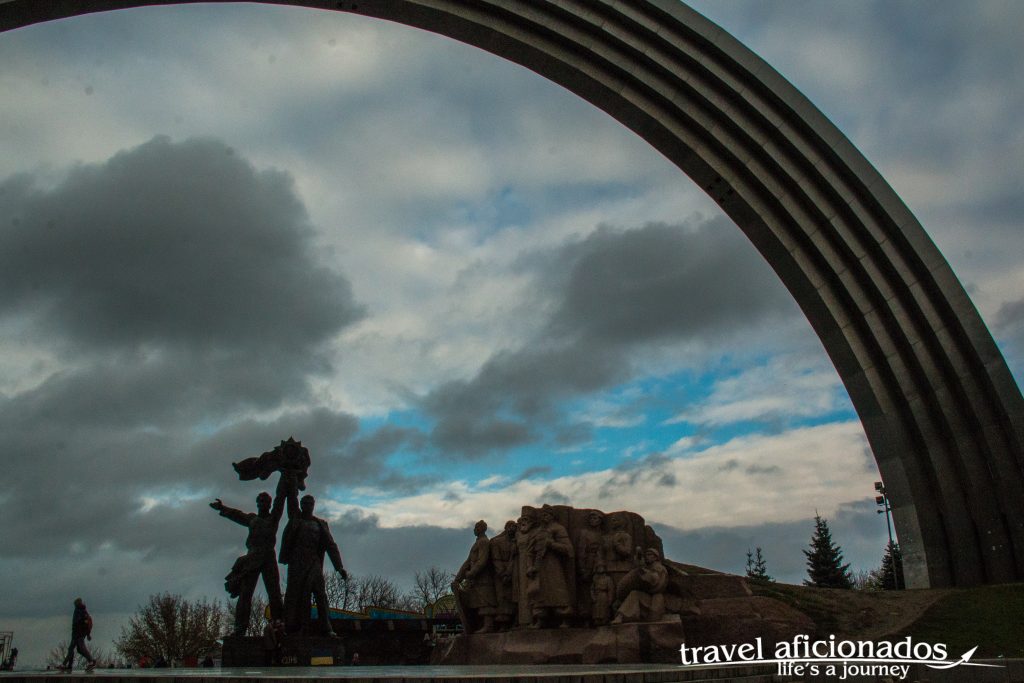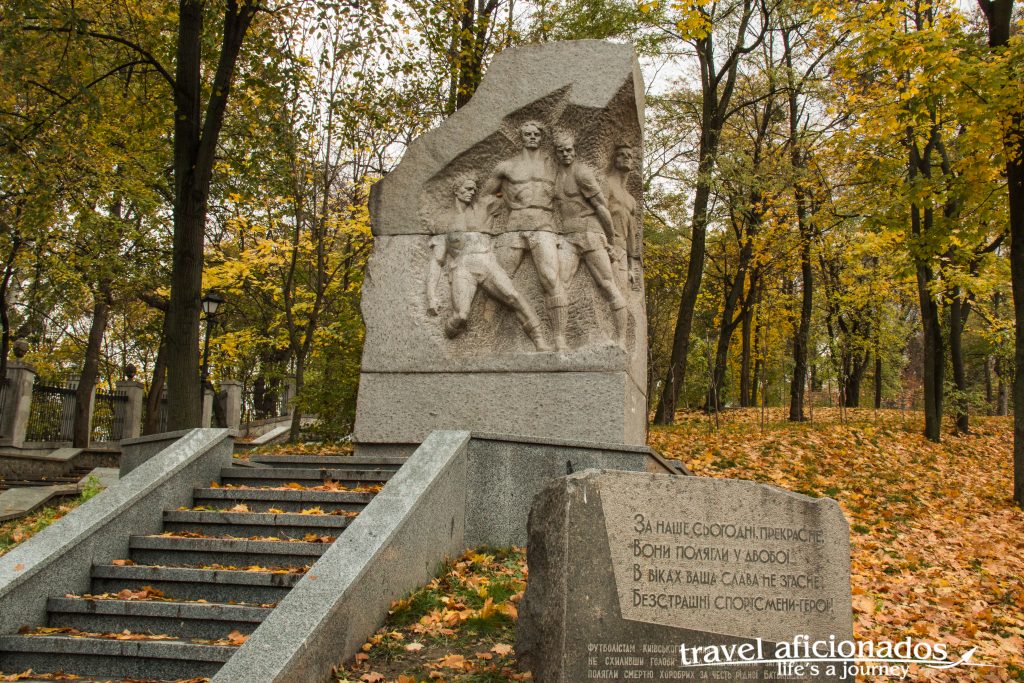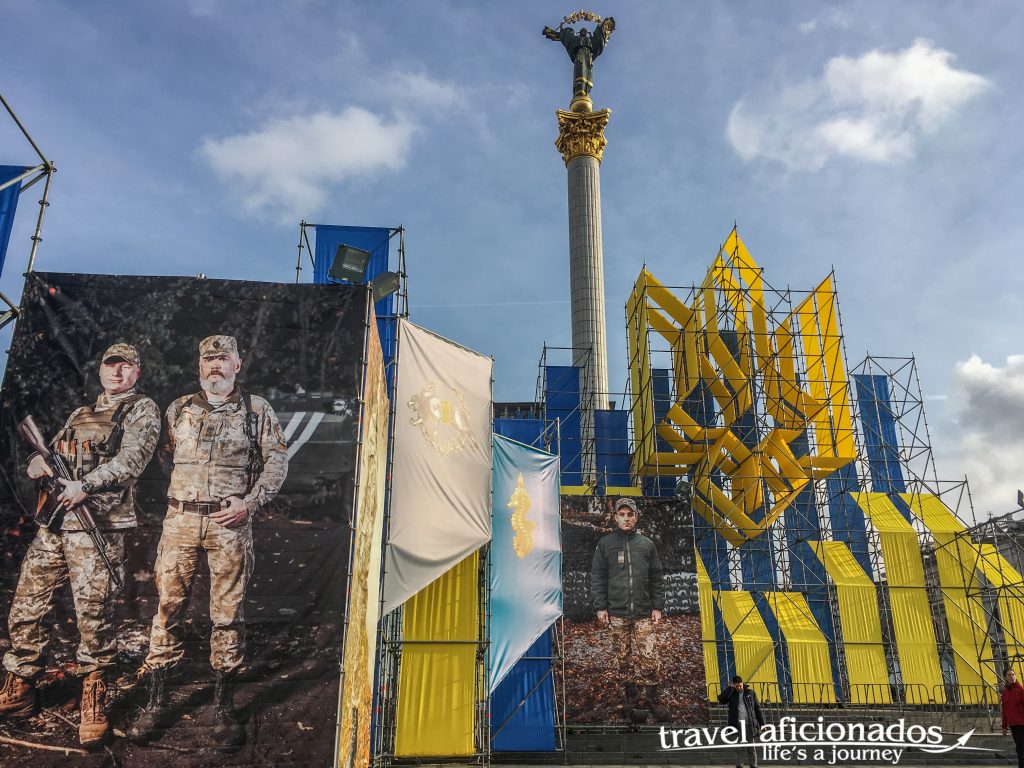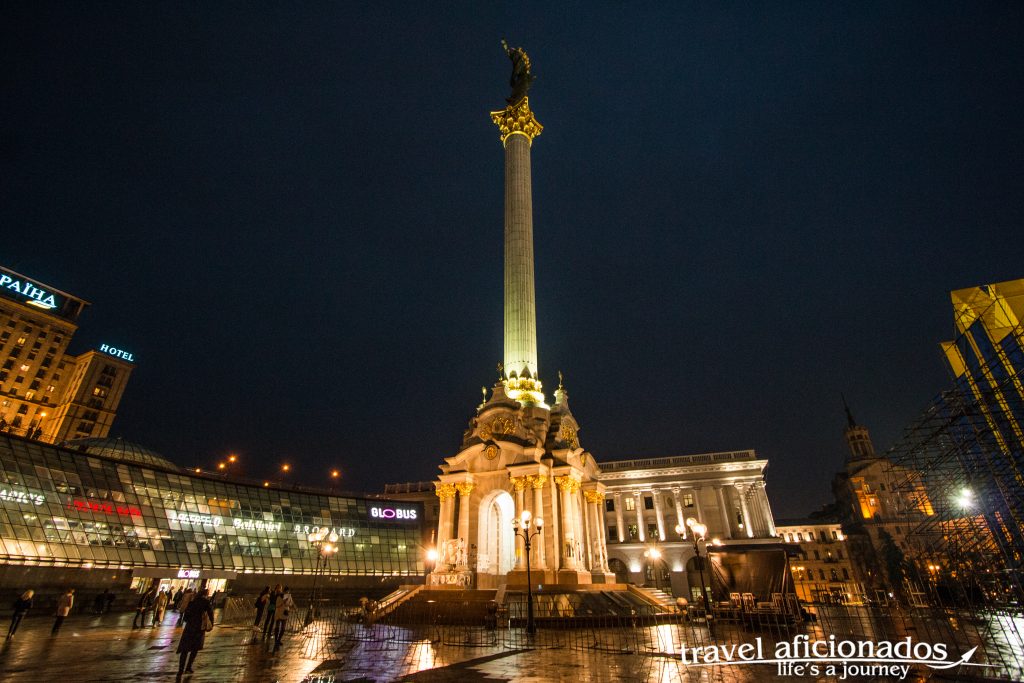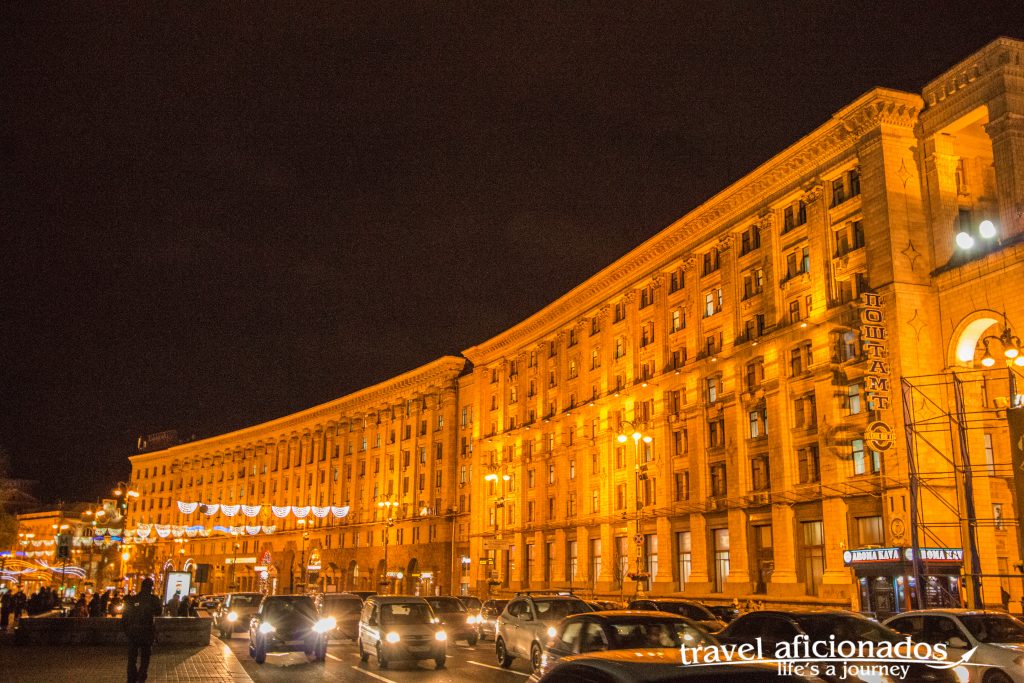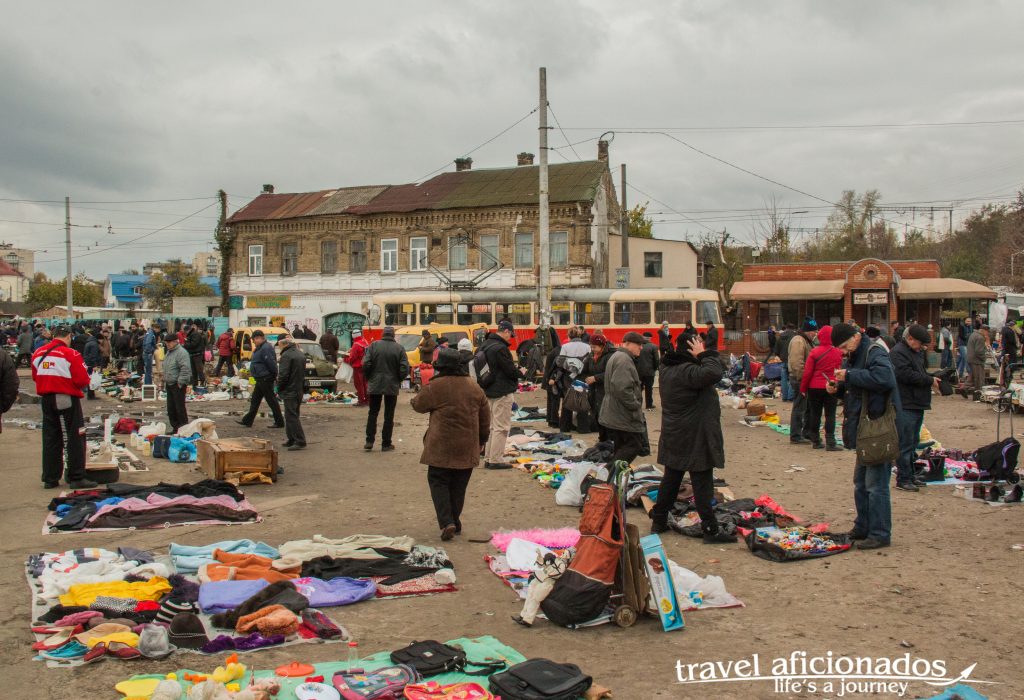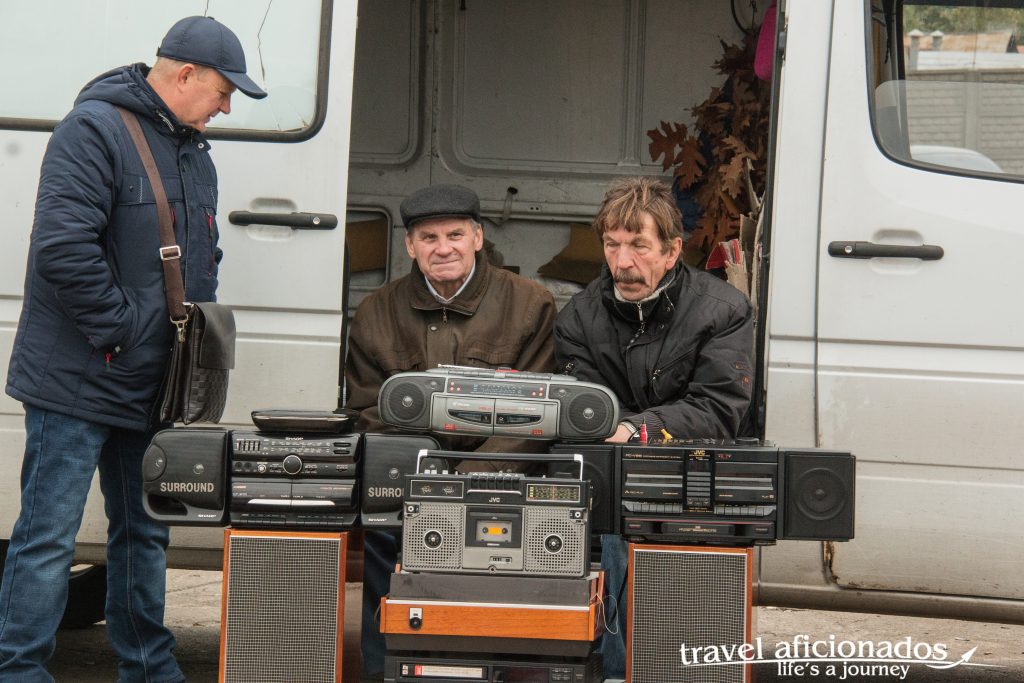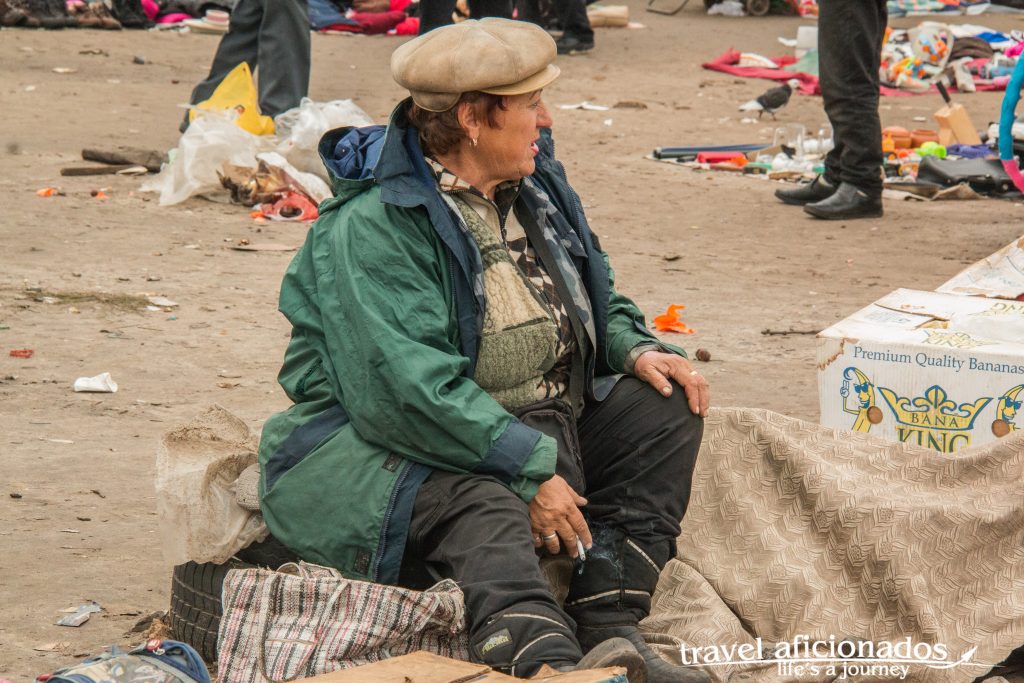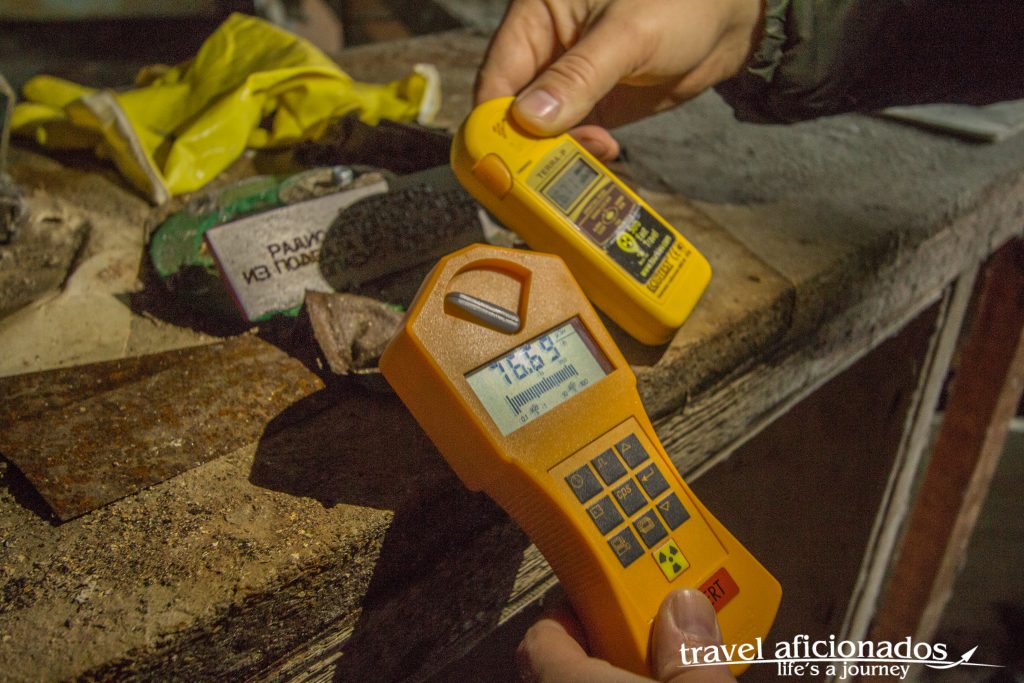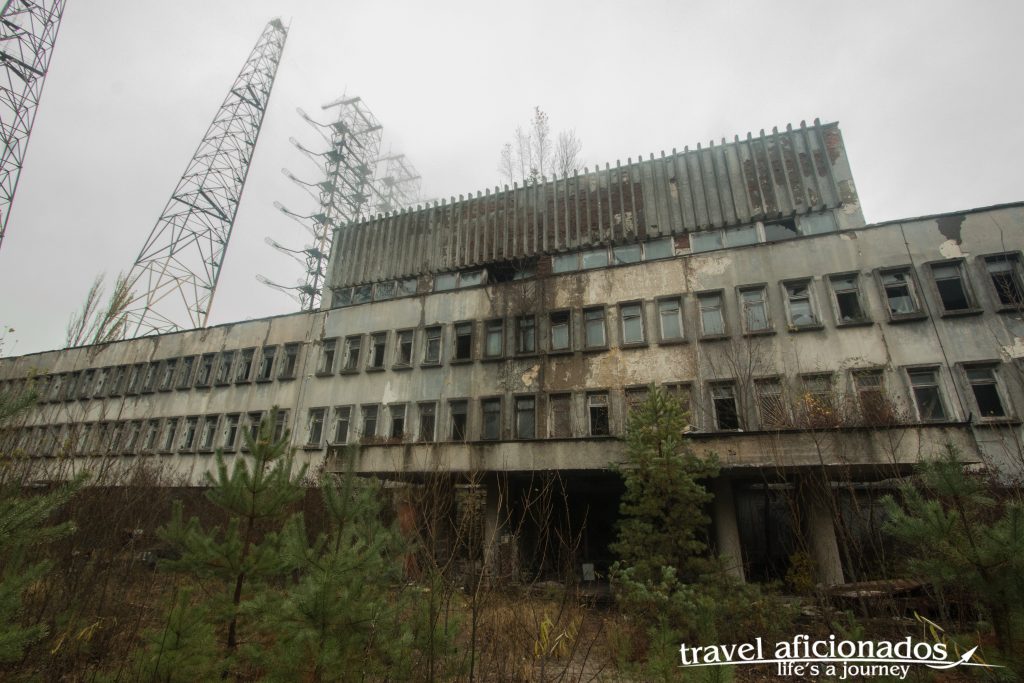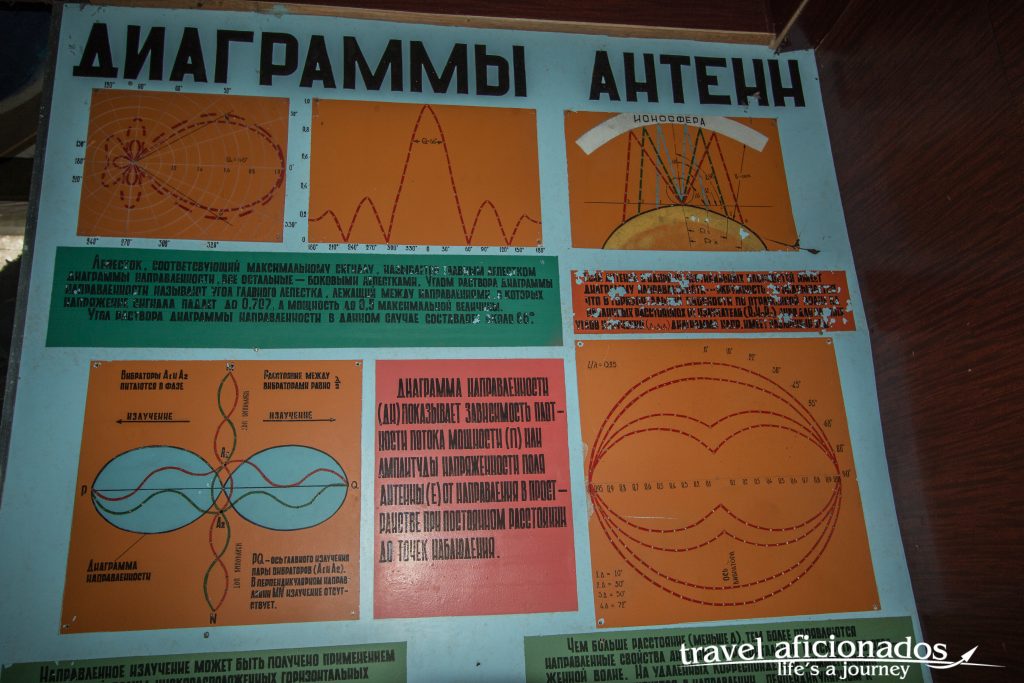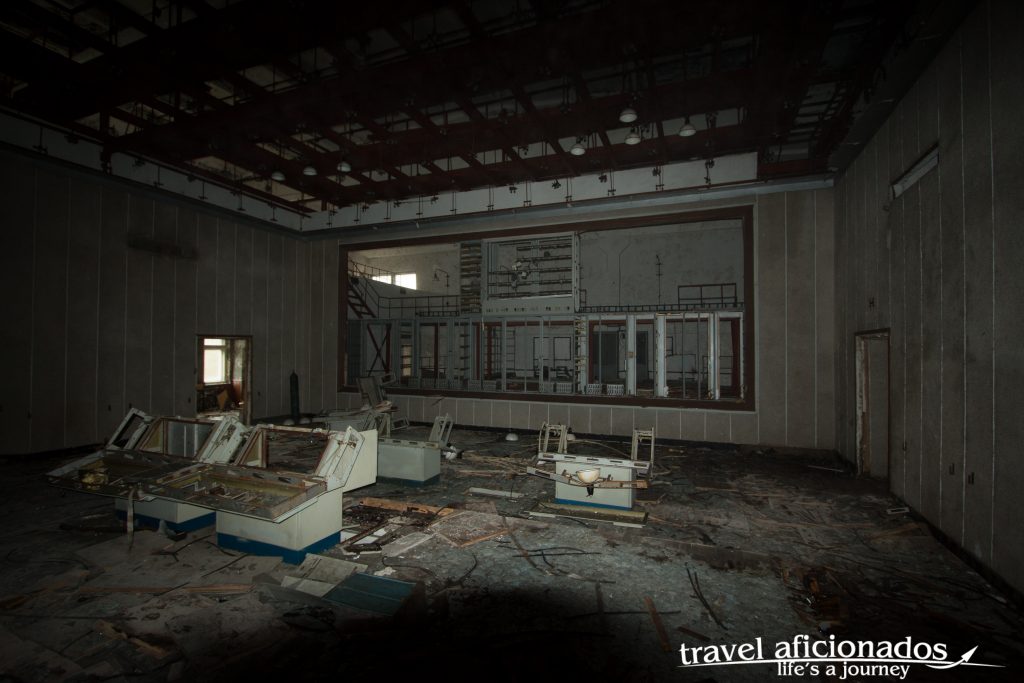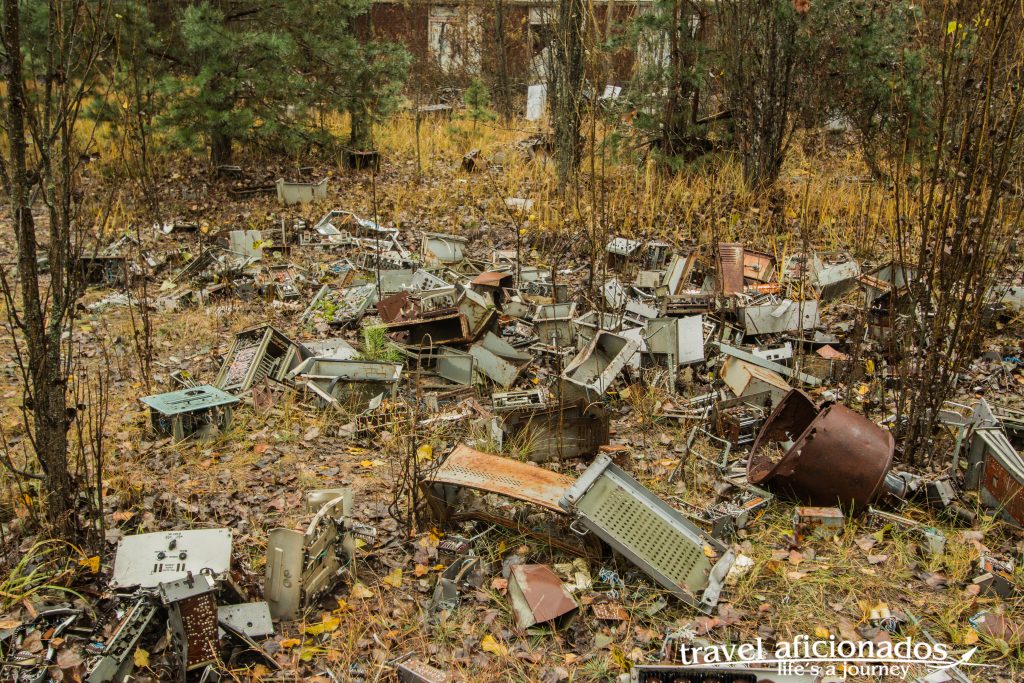Archive | Europe
Transnistria – a country that does not really exist
A country stuck in a time warp, a time before the Soviet Union collapsed – that ‘s how most travel blogs, herald this tiny strip of land. Well, I hate to destroy this phantasy of a completely different world. Yes, it is a bit out-dated, slow-paced, but this was a relief after the SUV Jammer streets of Chisinau, Skopje, and Pristina. A country that is completely dependent on Russia, economically, financially and politically after it broke away from Moldavia 30 years ago.But also this is changing…
Kosovo – a country or not?
Kosovo became a kind of magic word, after the war in former Yugoslavia. It was constantly on the news, but very few people understood what the complex issues really were. 2015 I met the first “real” people from Kosovo, MEPs from Vetëvendosje during a meeting Vienna. It was then that my interest in this tiny country grew more intense. When Ulrike Lunacek, presented her book „Frieden bauen, heißt weit bauen“ (Building peace, means building wider) in 2018, I simply knew I had to travel there. It took three more years until I set foot on Kosovo’s soil on a hot summer day in July 2021. Twenty years after Kosovo declared itself independant from Serbia it is not even recognized by all EU-memeber states, mainly those who have issues with minorities in their own countries, like Spain, Romania, Slovakia, Cyprus and Greece. The main problem: Serbia still sees Kosovo as a part of Serbia, especially in the north of the country the population is predominantly Serbian.
Banska Stiavnica – mining brought riches
October 2021 I was back in Slovakia finishing off what I had missed during my trip in August that very year. This time my friend Barbara came along and our focus was on Banska Stiavnica only, this wealthy mining town in the heart of Slovakia, just a couple of hours from my hometown Vienna.
Slovakia by train
Gigantic fortresses, beautifully restored medieval towns, great hiking in the Tatra Mountains and unspoiled nature. Travelling in Slovakia was the most stress-free trip I have ever had, mainly due its flawless public transport system. I basically drifted through the country, using almost exclusively local trains. I had a vague idea of where I wanted to go, so the trip turned into – hey I really like it here or let’s move on.
Slovakia’s capital Bratislava is only an hour away from my hometown, the only place I every really visited in this neighboring country. What a mistake! When the Corona Virus limited travel and long-distant travel did not seem a wise thing to do, I figured why no give it a shot and simply got on a train leaving near my very home, with a few pieces of spare clothes in a daybag.
Trenčín
A few hours later I pulled into the city of Trenčín in the Váh River Valley in western Slovakia near the Czech border. Trenčín huge fortress up on the hill can be seen from Everywhere in town. I loved my hotel and even more the superbly restored historic center with its tree lined street full of little shops, cafes, and restaurants. A short climb from the center to the castle and the view from above over the valley is worth the hike. The interior is vast and there is lot to see, towers and dungeons to be climbed up and down. Also, definitely worth a trip up the city tower what must have been the city gate once. The dome of the synagogue, the spire of churches and a sea neatly red roofs stretch out before your eye.
Kievan Rus – the cradle of Russia it does not want to be
Kievan Rus – the powerful East Slavic state founded in the 9th century – is seen as the beginning of Russia and the ancestor of Belarus and Ukraine. The shining copulas of the many churches and monasteries are clear evidence of Kiev’s historic importance. Nowadays many Ukrainians would rather have all historic ties to Russia cut and forgotten.
Lemberg – Little Vienna in the Ukraine
Lviv, or Lemberg as we call it in German, has been on my radar since I was a kid. I overheard elderly people talking about Austrian soldiers being in sent to Galicia as a punishment. Soldiers of the Austrian-Hungarian monarchy. I listened to stories of people wading in ankle-deep mud, a place at the end of the word, void of any signs of civilization. That got me interested.
Chechnya’s Rebirth
What comes to your mind when you think of Chechnya, and Grozny in particular? A bombed-out city, bearded men and veiled women? Well, you could not be more wrong. When I visited in August 2019, not only the capital, but an entire country did not show the slightest traces of war. I was baffled, it was only 15 years earlier that a brutal war was raging in this country between Islamic separatists and the Russian army. What erased this part of Chechnya’s recent history was the program “Chechnya without Traces of War”. It started in 2005, one year after the war ended and made Chechnya, cities and also rural areas, look brand new. Nothing should remind of the horrible war, no ruins, abandoned buildings nothing.
Photo Gallery Ukraine
Top Secret – Duga 3
Nothing prepared us for what we saw after driving 9km through dense forest on a narrow concrete road. Duga 3, a radar system that warned the Soviet Union from missile attacks. Now abandoned like Prypyat, it evokes similar spooky feelings.
Our small group arrived towards sunset, a bored soldier opened the rusty gate and we walked past abandoned buildings and overgrown terrain.Eventually a longish building appeared and from behind it peeked antennae. And there is was this super long construction of metal pillars, despite its seize I was not able to grasp its importance. Duga 3 (two other dugas existed) was built near Pryprit because it needed so much electricity. The construction went up at the same time as the reactor. Between 1976 and 1989 it sent signals into the ionosphere 8000km above to check for holes that could have only been created by hostile missiles penetrating it. Since the 90s satellites are doing the job.
Not even my super wide lens was able to take photos of the entire metal construction that once warned the Soviet Union from missile attacks. An aerial view is the only way to get a complete picture of this maze of antennae and platforms, especially nowadays with trees and all kinds of vegetations creeping close and closer. It was so secret that on Soviet maps it was marked as a summer camp for children. This description was not outright wrong, because the staff who lived there had every comfort the SU could offer, similar to the living standards in Pryprit. But since the place did not officially exist, the residents were registered in Chernobyl.
I have no clue how long the long building was that we explored or whether it was one of several that are connected. With the sun setting it was super spooky wandering inside these halls so long you could not see the end. Electricity cables were dangling from the ceiling and touching my face, some huge hole in the floor had to be avoided and the ceiling seemed dangerously fragile. All we had we our mobile phone flashlight.
The inside of the never ending building was equipped with to-notch equipment for the 1970s and 80s, computer nobody imagined they existed. Now the are strewn , computer grave yards
The Duga systems were extremely powerful, over 10 MW in some cases, and broadcast in the shortwave radio bands. They appeared without warning, sounding like a sharp, repetitive tapping noise at 10 Hz, which led to it being nicknamed by shortwave listeners the Russian Woodpecker. The signal became such a nuisance that some receivers such as amateur radios and televisions actually began including ‘Woodpecker Blankers’ in their circuit designs to filter out the interference.

